Rainbows in the Darkness
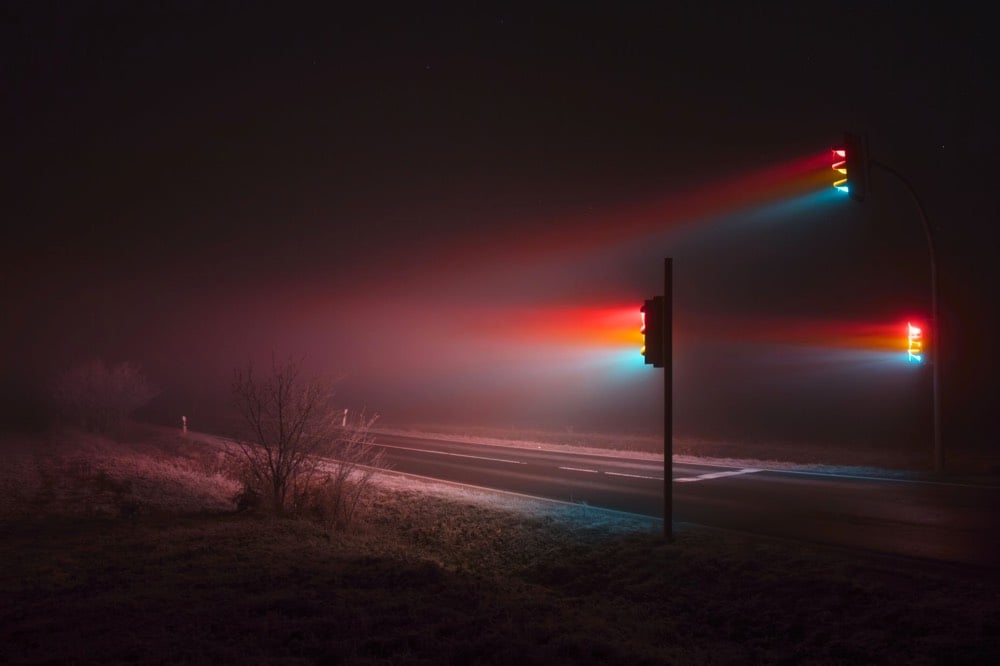
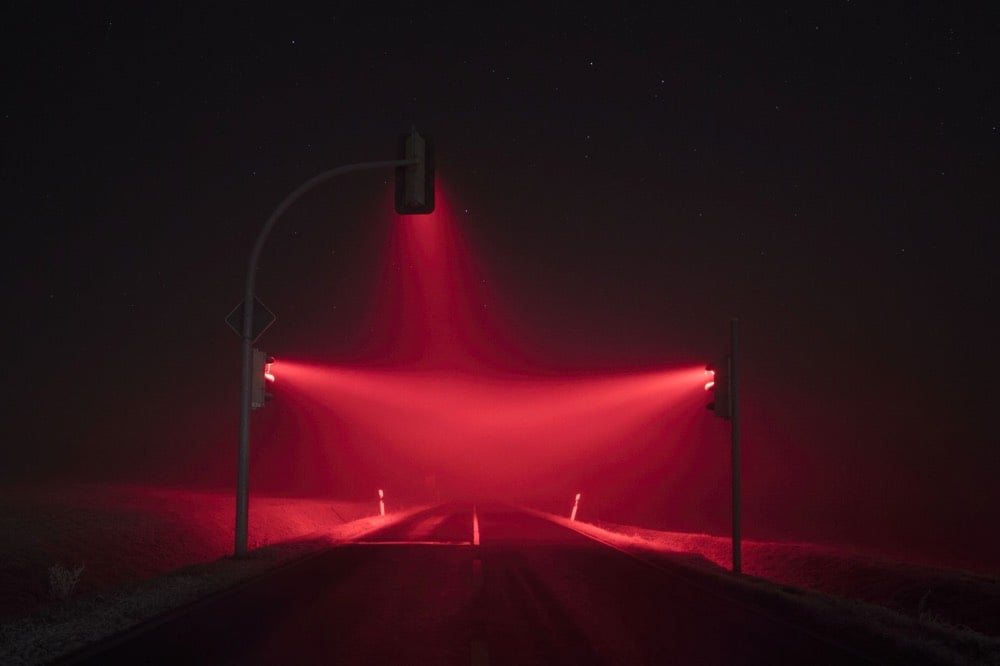
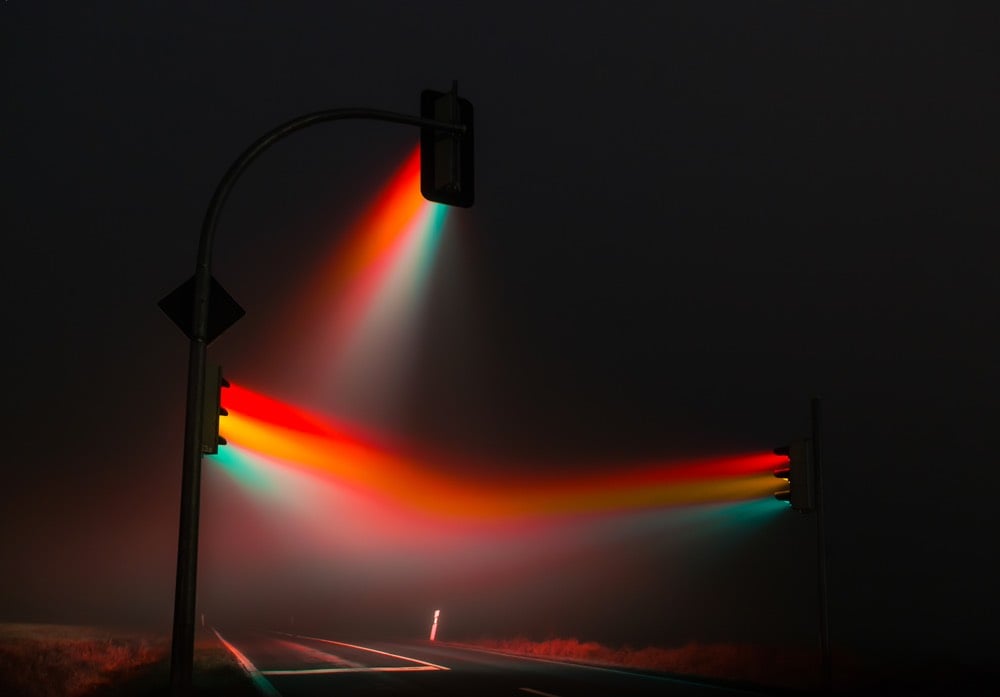
These are from Lucas Zimmermann’s Traffic Lights series (part two). Lovely. Desolate. Alien.



This site is made possible by member support. ❤️
Big thanks to Arcustech for hosting the site and offering amazing tech support.
When you buy through links on kottke.org, I may earn an affiliate commission. Thanks for supporting the site!
kottke.org. home of fine hypertext products since 1998.



These are from Lucas Zimmermann’s Traffic Lights series (part two). Lovely. Desolate. Alien.
Back in November, Patrick Tanguay and I posted about Xavi Bou’s Ornitographies project, photographs of the paths traced by birds in the sky. Now Bou has released a video extension of the project, which shows the paths of starlings wheeling & swerving through the sky in huge groups called murmurations. Soothing soundtrack by Kristina Dutton. (via dunstan orchard)
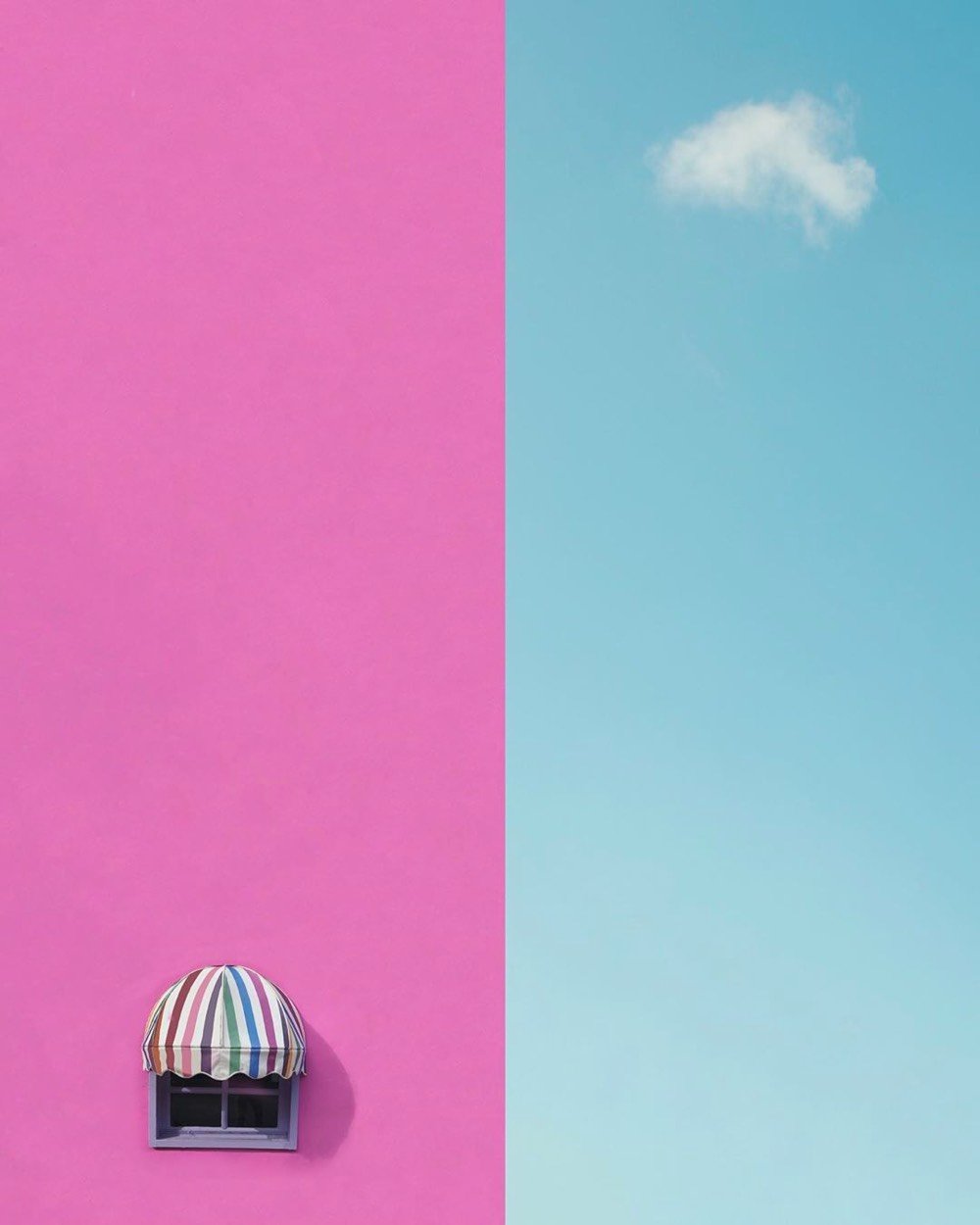
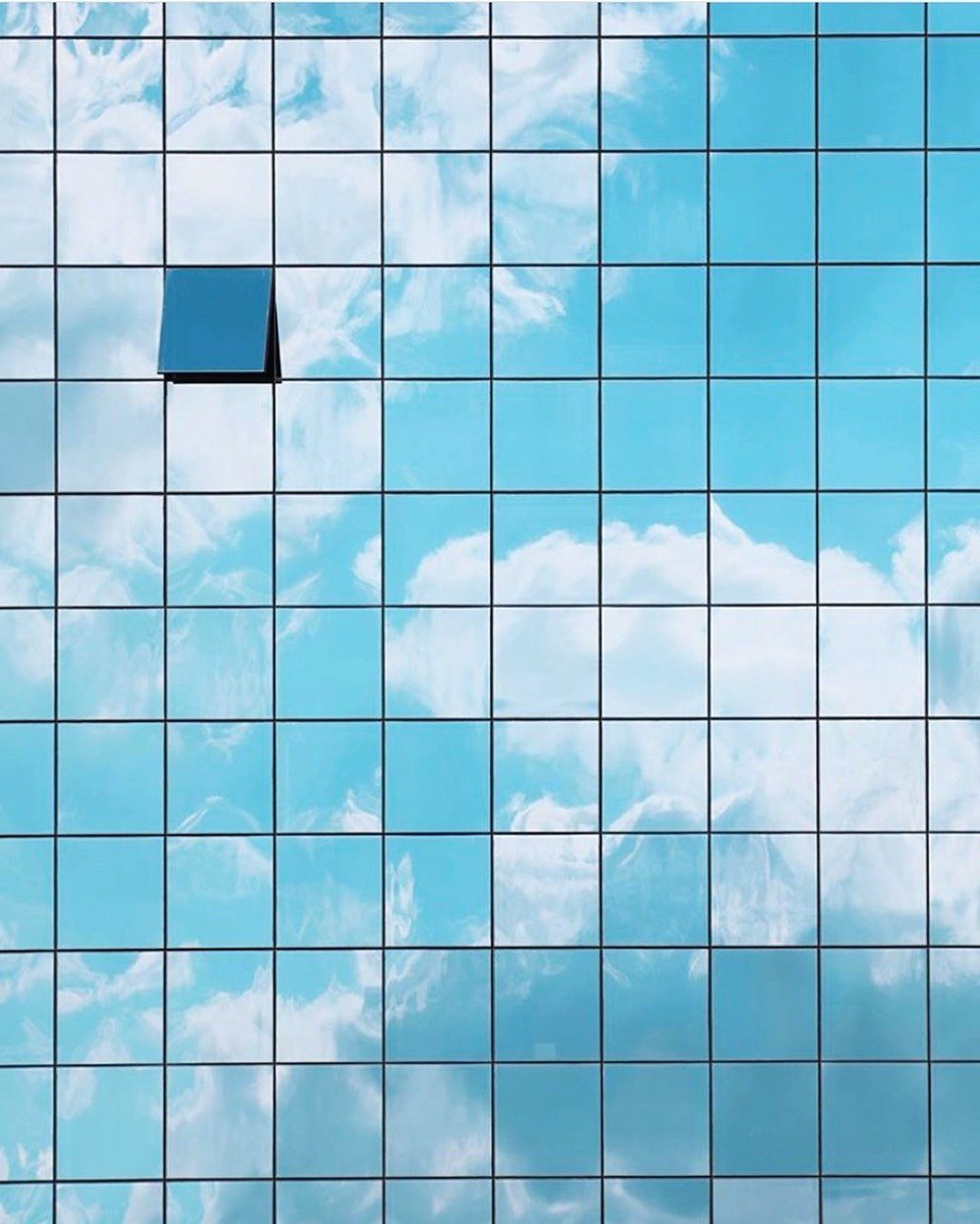
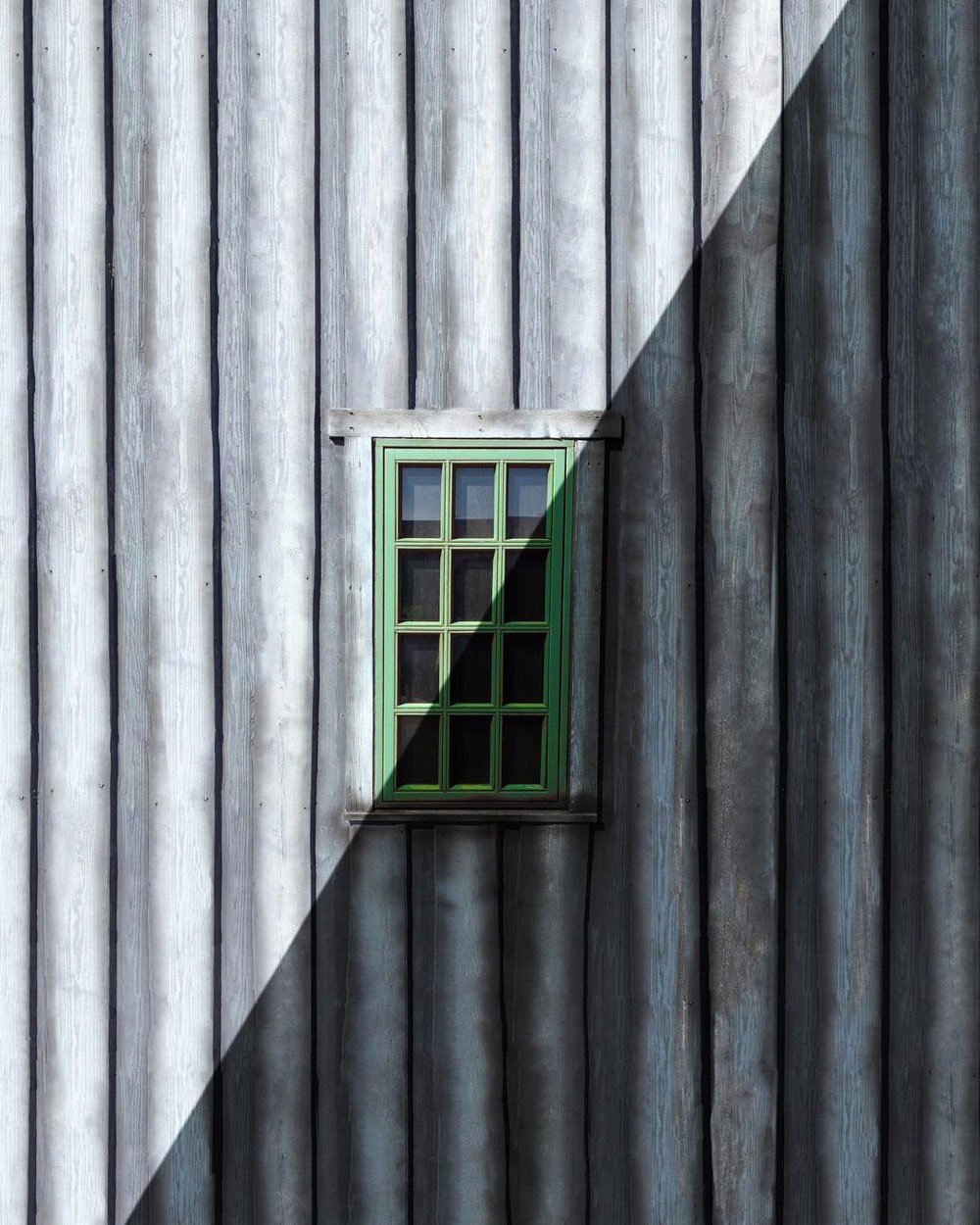
I don’t know about you, but Marcus Cederberg’s minimalist photography has a soothing effect on me. Check out his Instagram for the newest stuff.
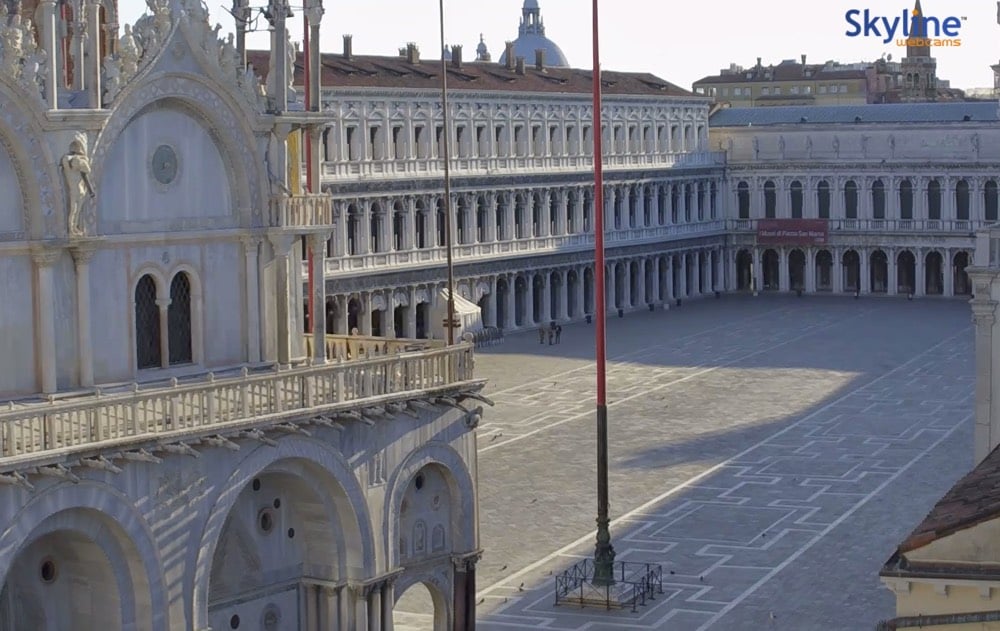
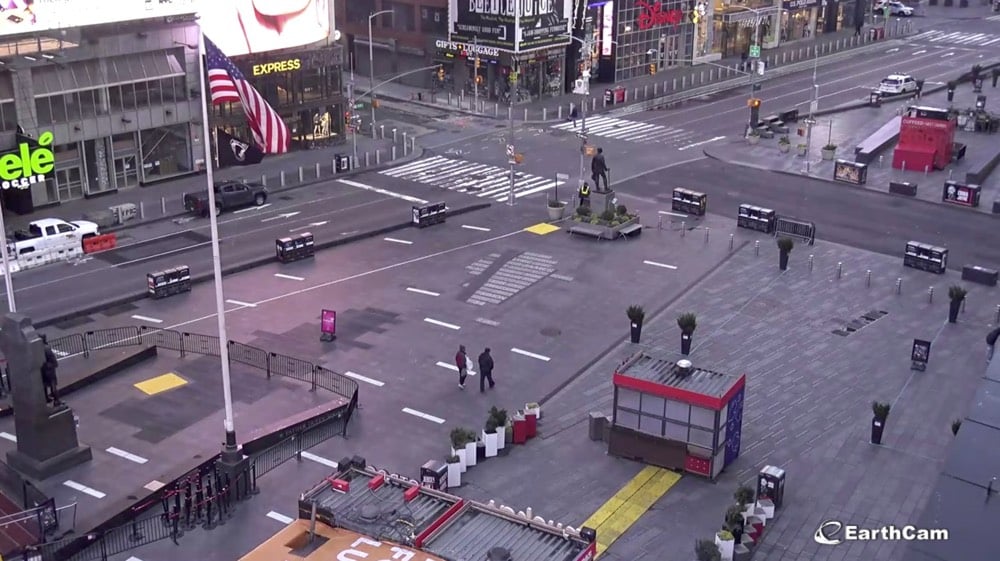
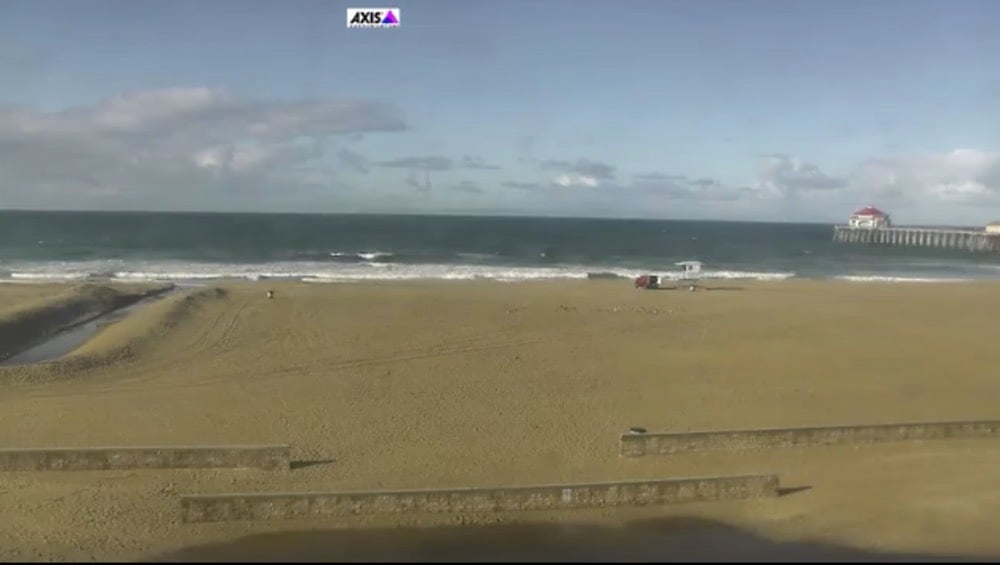
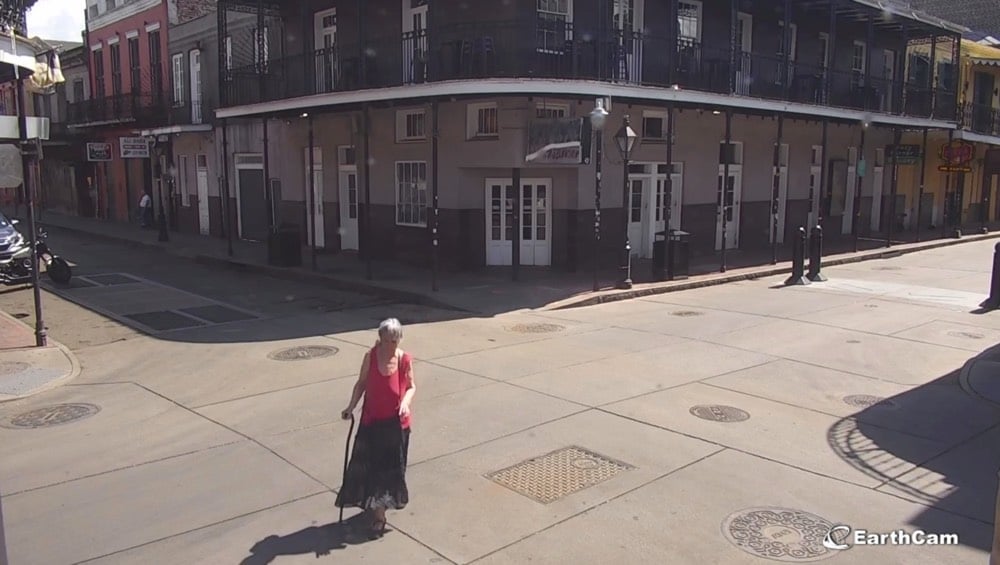
Using live feed webcams, Noah Kalina is “travelling” around the world photographing places. From top to bottom, Piazza San Marco in Venice, Italy, Times Square in NYC, Huntington Beach, CA, and Bourbon Street in New Orleans. Here’s St. Peter’s Square in Vatican City from just a few minutes ago — it’s completely deserted.
For the Atlantic, Alan Taylor compiled a bunch of photos of normally bustling places that are a lot emptier due to the COVID-19 crisis. This is the Grand Mosque in Mecca:
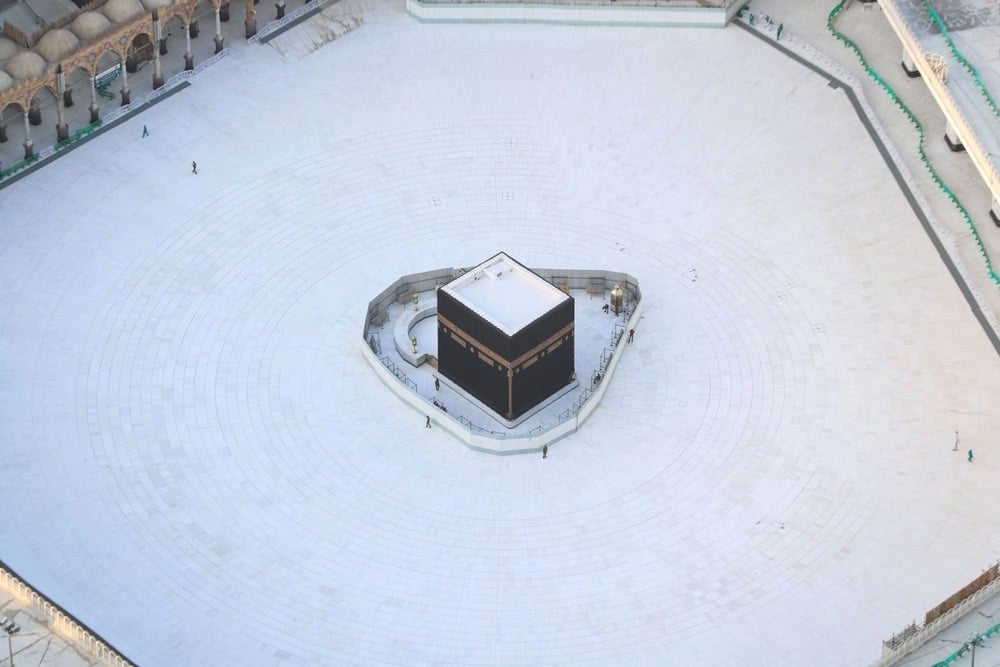
A Europa league football match played in an empty stadium (play in Italy’s Serie A league has been suspended until at least April 3):
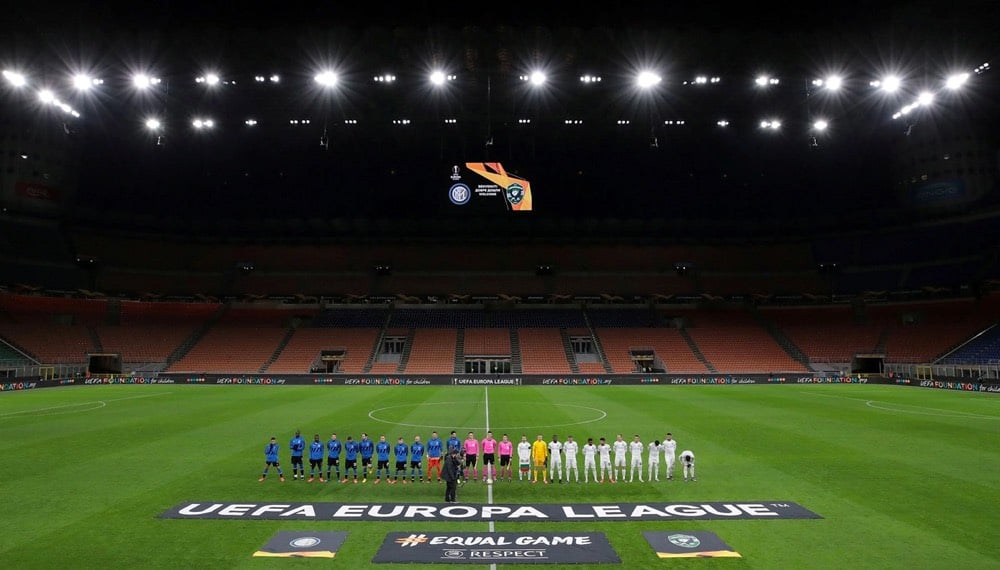
And here’s Sunday mass at a church in Milan:
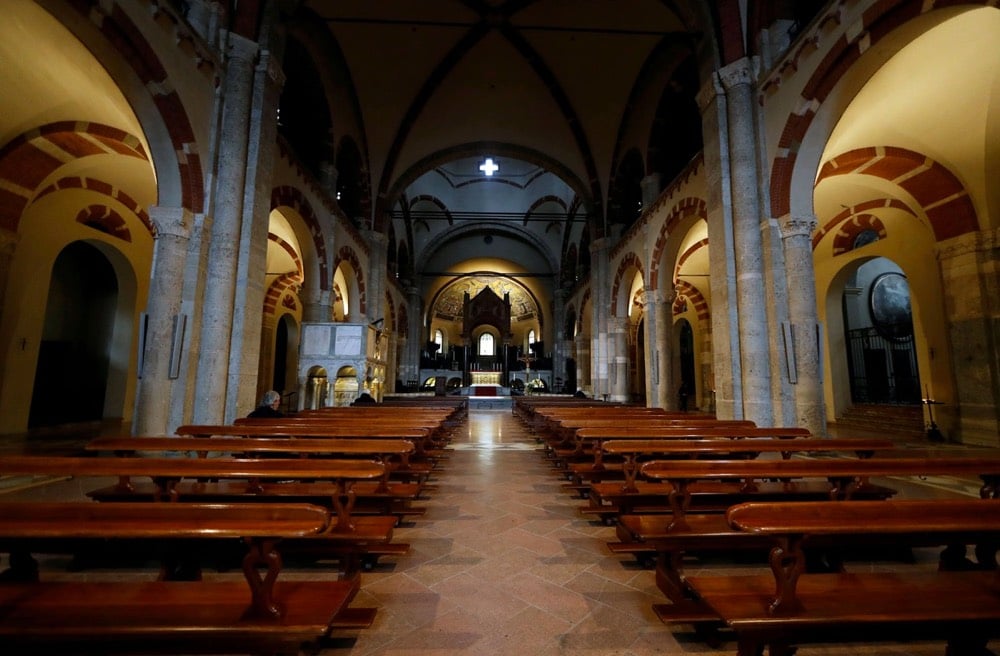
You can see the whole photo gallery here.
See also Ghost City Photos of a Usually Bustling Shanghai During Coronavirus Outbreak.
Update: Several more photo collections of the outside world’s increasingly empty spaces:
For Nieman Lab, Cherine Fahd and Sara Oscar wrote about the uncanny melancholy of empty photographs in the time of coronavirus.
These artists demonstrate a longstanding fascination with photographing architecture devoid of human subjects.
This fascination may be due to what architectural historian Anthony Vidler described as “the architectural uncanny.” Abandoned and deserted spaces, he said, make our familiar spaces become unfamiliar. For Vidler, this estrangement from space hinges on visual representation, such as in photography. These photographs of empty public spaces capture a departure from our everyday and instead visualize this uncanniness: an alternative reality emptied of our presence.

Late last year, NASA’s Curiosity rover took over a thousand photos of the Martian landscape while exploring a mountainside. NASA stitched the photos together and recently released this 1.8 gigapixel panorama of Mars (along with a mere 650 megapixel panorama, pictured above). Here’s a version you can pan and zoom:
And a narrated video of the panorama:
Both panoramas showcase “Glen Torridon,” a region on the side of Mount Sharp that Curiosity is exploring. They were taken between Nov. 24 and Dec. 1, when the mission team was out for the Thanksgiving holiday. Sitting still with few tasks to do while awaiting the team to return and provide its next commands, the rover had a rare chance to image its surroundings from the same vantage point several days in a row.
I like how NASA is casually suggesting that the rover is just kinda taking some vacation snaps while waiting on friends.
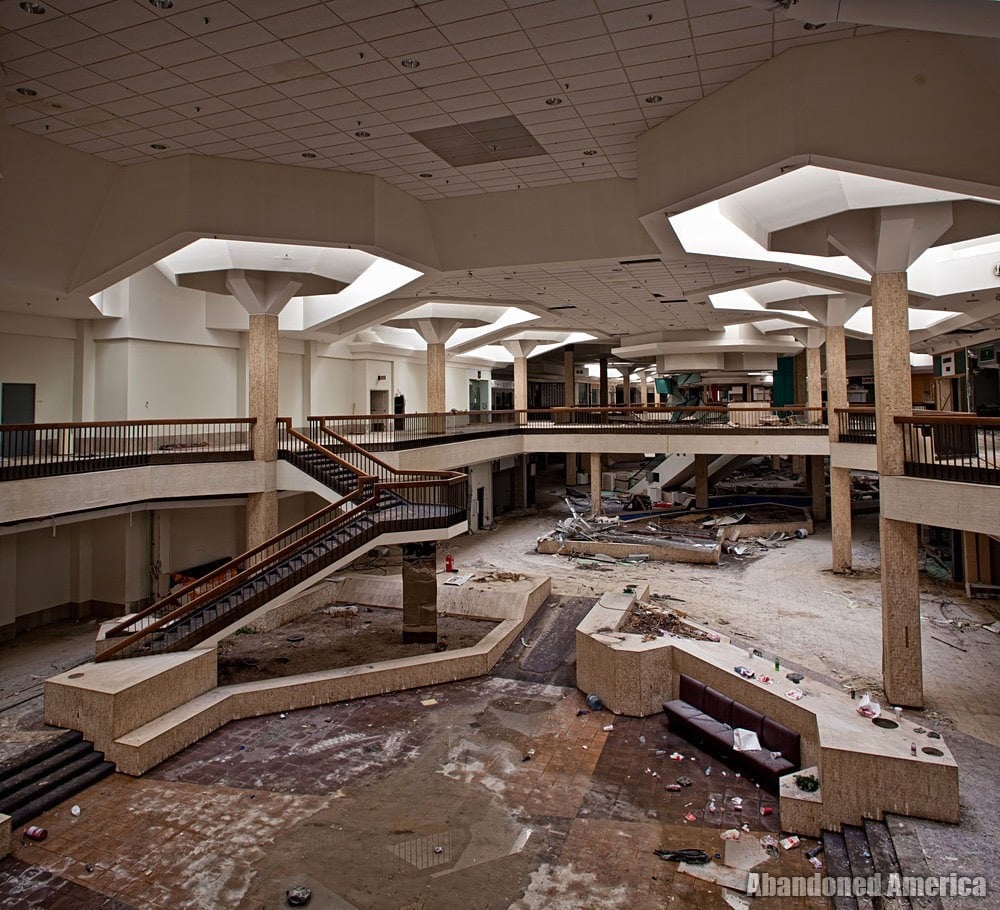

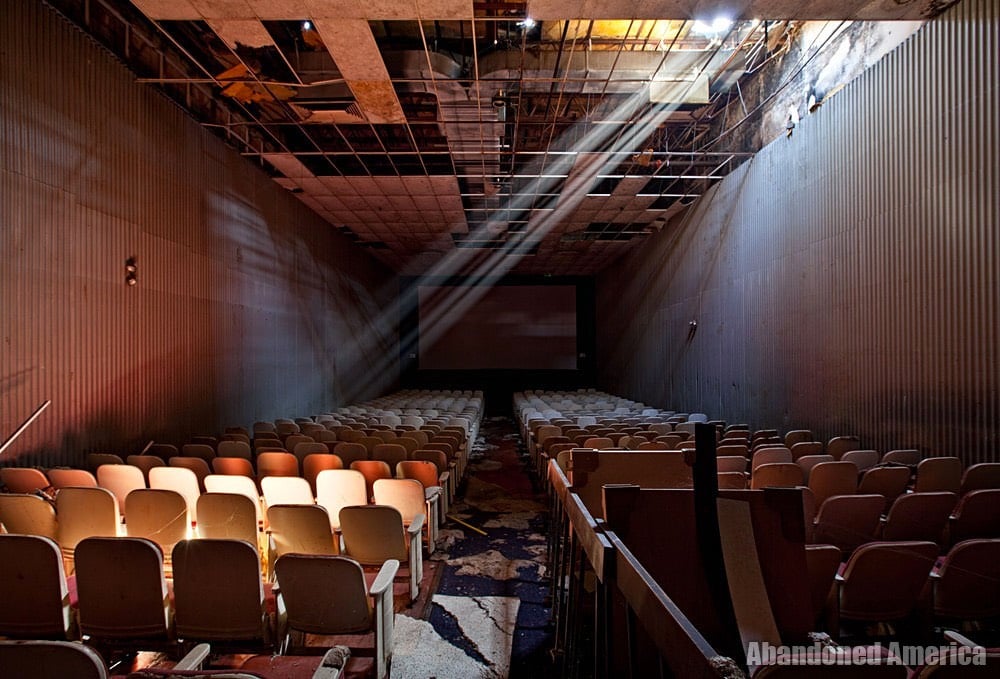
When it opened in 1977, Randall Park Mall in Ohio was (briefly) the largest shopping mall in the world. But the place was never a huge success and was finally closed in 2009 in the wake of the financial crisis. For six years it lay abandoned and during that time, photographer Michael Christopher captured the decaying building inside and out for his book, Abandoned America.
Whichard Real Estate, who purchased the mall in 2006 for $6 million, was $200,000 behind on property taxes in 2008 and had multiple mortgages on the mall. The next February, Sears announced it was closing its Randall Park location, and with that the mall’s last anchor was gone. The few struggling stores inside the mall, many of which were owned by small business people doing their best to keep the mall afloat, were vacated a month later in March of 2009. The power was shut off in May, and save for the dusty sunbeams streaking through the skylights on sunny afternoons, the mall went dark.
The mall was finally torn down in 2014 and the site is fittingly now home to an Amazon fulfillment center.
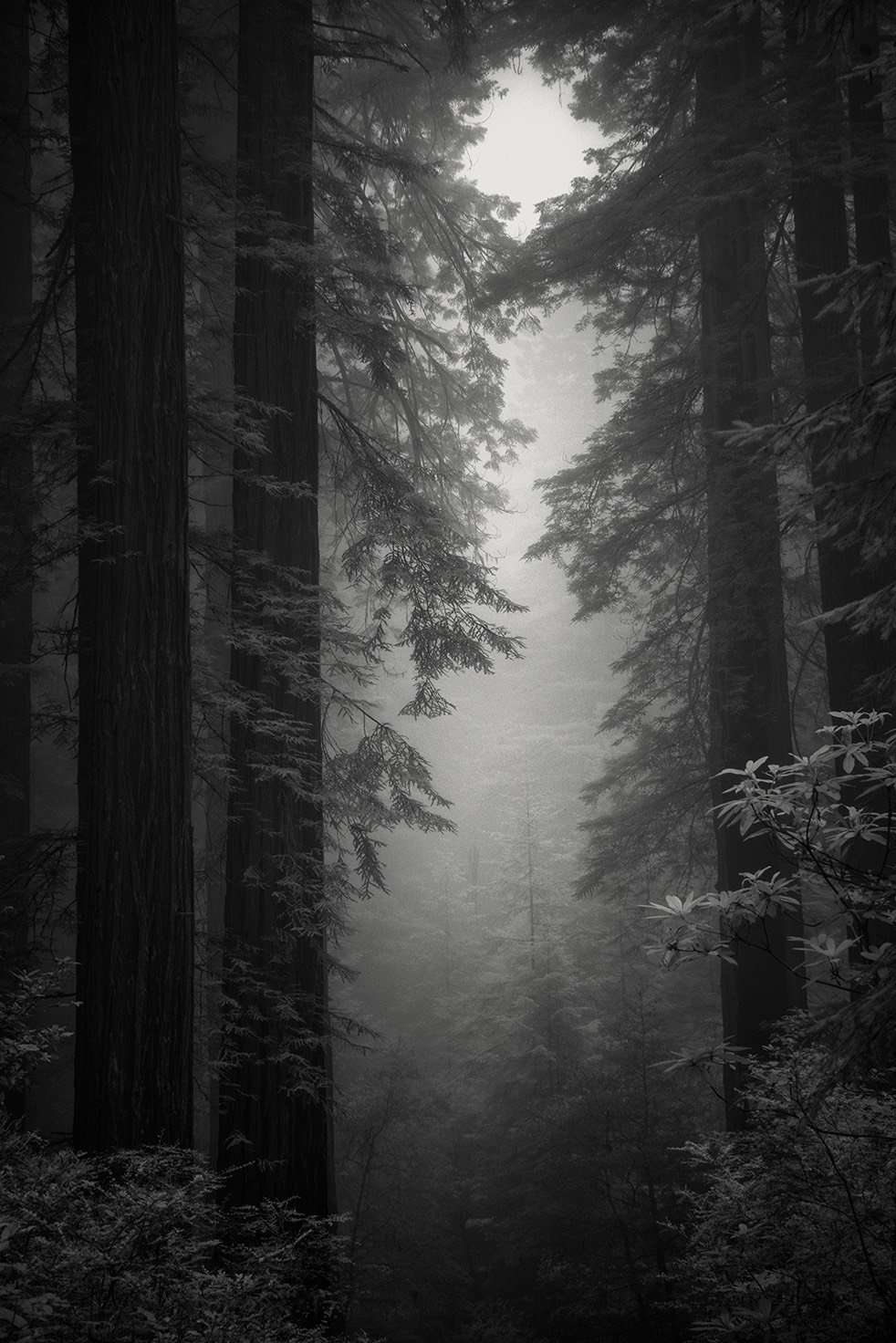
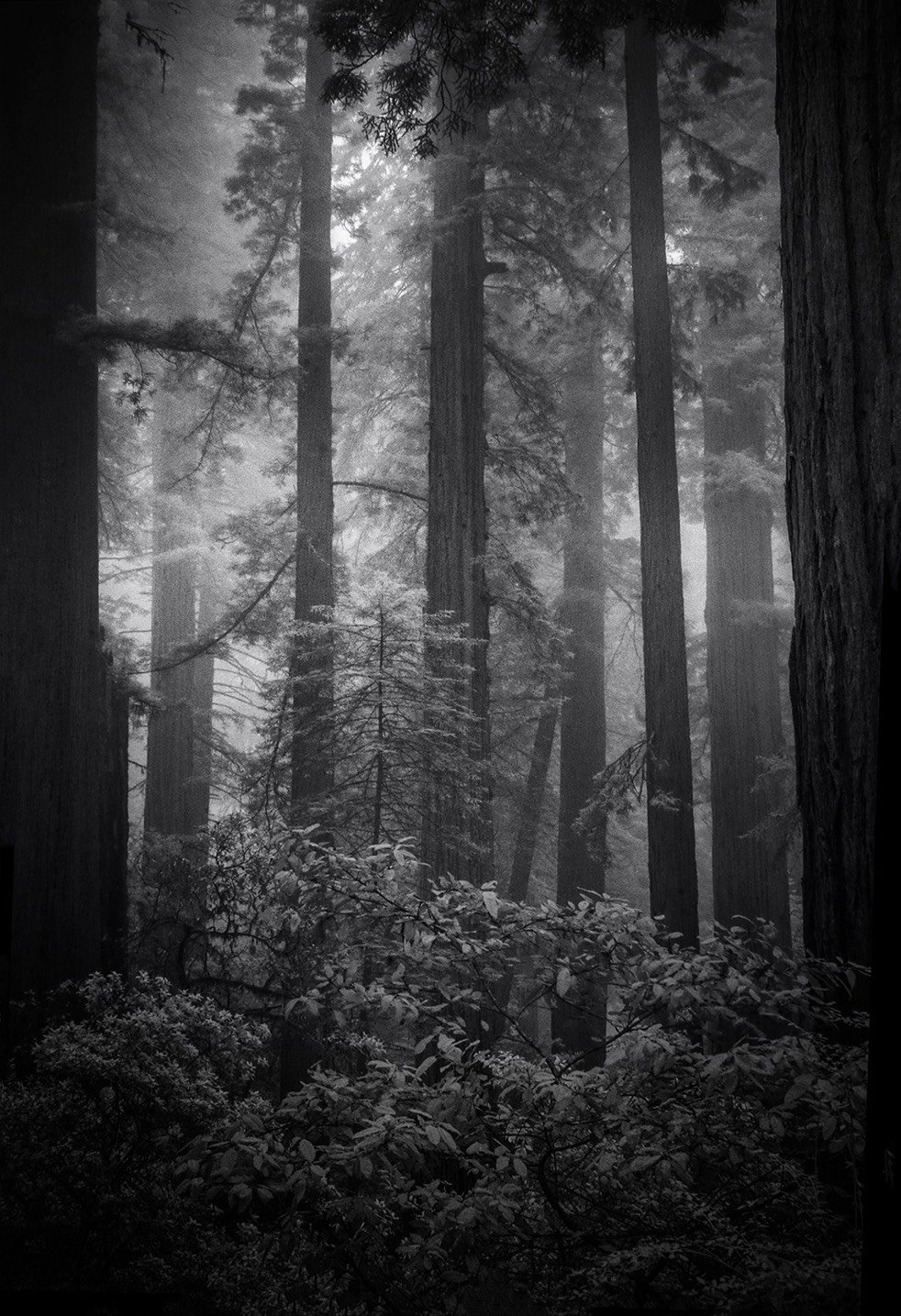
Using an infrared camera, Nathan Wirth took some great black & white photos of redwoods from the Lady Bird Johnson Grove in California’s Redwood National Park. I visited several redwood groves last summer and took hundreds of photos, so I can appreciate the difficulty of capturing the size & majesty of these amazing trees on film. Lovely work. (via moss & fog, both of which are abundant in redwood forests)
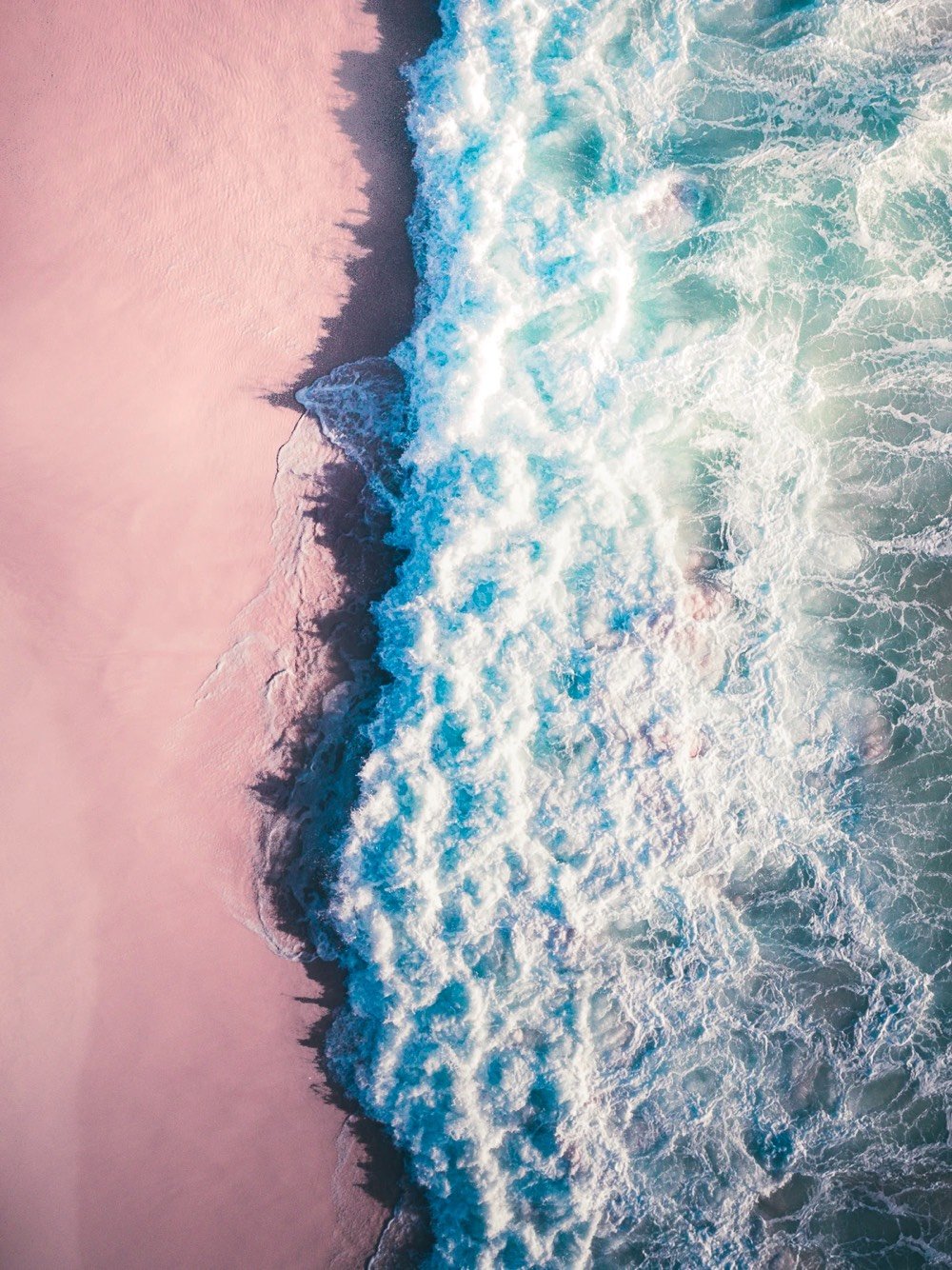
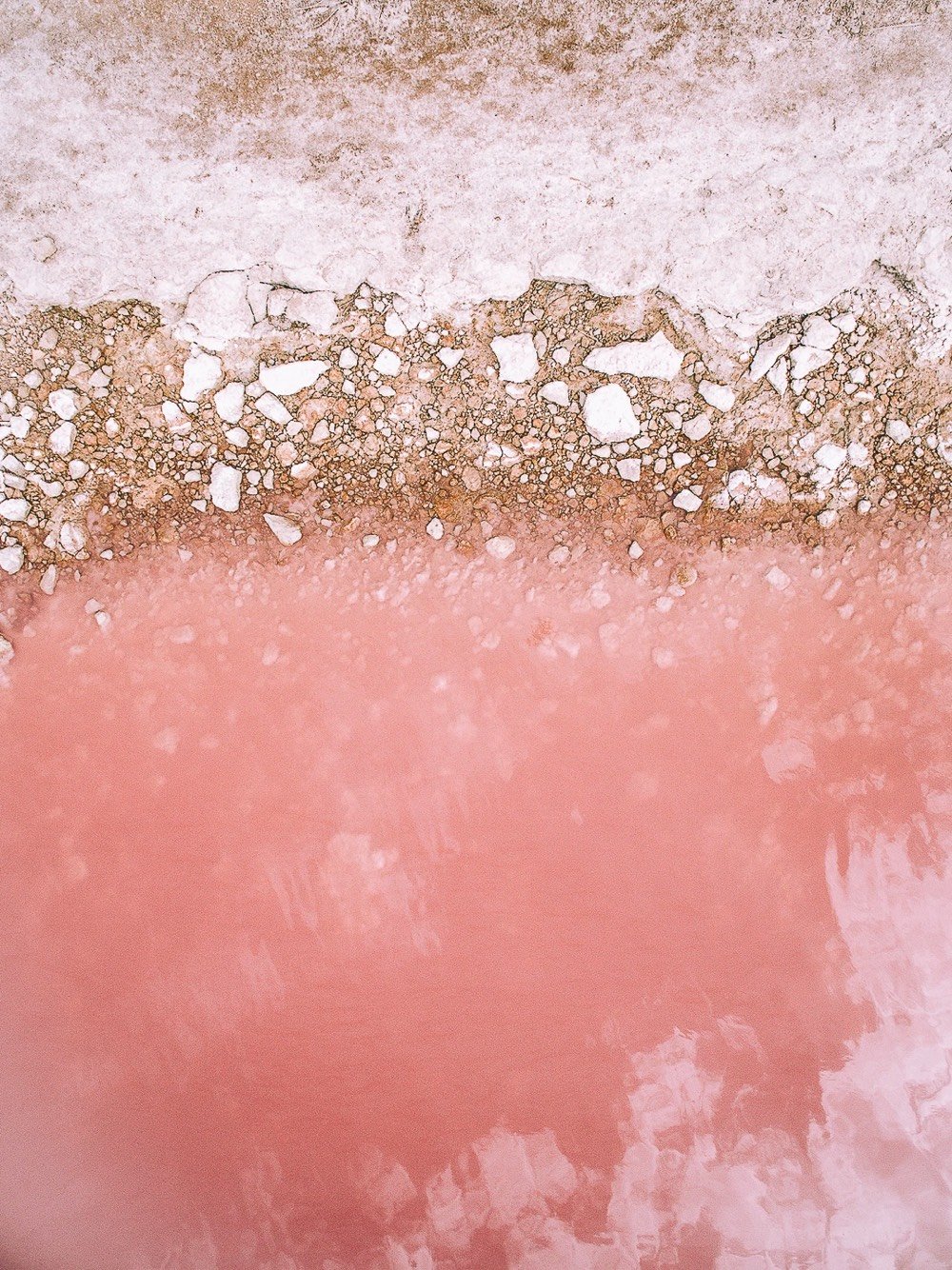
These aerial photos of oceans, sand, and other natural landscapes taken by Tobias Hägg will make you stop in your tracks (and perhaps want to learn drone photography). You can find more of Hägg’s photography on Instagram and if you’d like a print, those are available as well (with a portion of the proceeds going to help the oceans and to plant trees). (via colossal)
For three weeks in late January and early February, I travelled to Asia, spending two weeks in Saigon, a few days in Singapore, and about 48 hours in Doha, Qatar. Here are some of the things I saw and did and ate. Note: this is a long post, maybe the longest thing I’ve posted here in many years. But I think it’s a quick read — pack a snack, stay hydrated, and you’ll be alright.
I flew to Saigon via Doha on Qatar Airways. On my seatback screen, I watched the flight map as we flew a precise path with several course correcting turns that you don’t find in a usual great circle route. We flew over Turkey and Iraq and then out over the Persian Gulf, being very careful not to cross into the airspace of Syria, Iran, Kuwait, or Saudi Arabia — an aerial expression of Middle East tensions & alliances.
On my first full day, I arranged to go on a street food tour via motorbike. My guide, a local college student, picked me up at my apartment and, along with another guide & fellow tourist, we ate some bun bo hue (beef noodle soup), banh mì (pork sandwich), bap xao (stir-fried corn), com tam (broken rice w/ pork), drank some tra rau bap (corn silk tea), visited the flower market, and enjoyed a leisurely and engaging chat at a coffee shop. I did a food tour to kick off my time in Mexico City as well and would recommend it as a great way to meet some locals and quickly get the lay of the culinary land, which you can use as a blueprint for the rest of your trip.
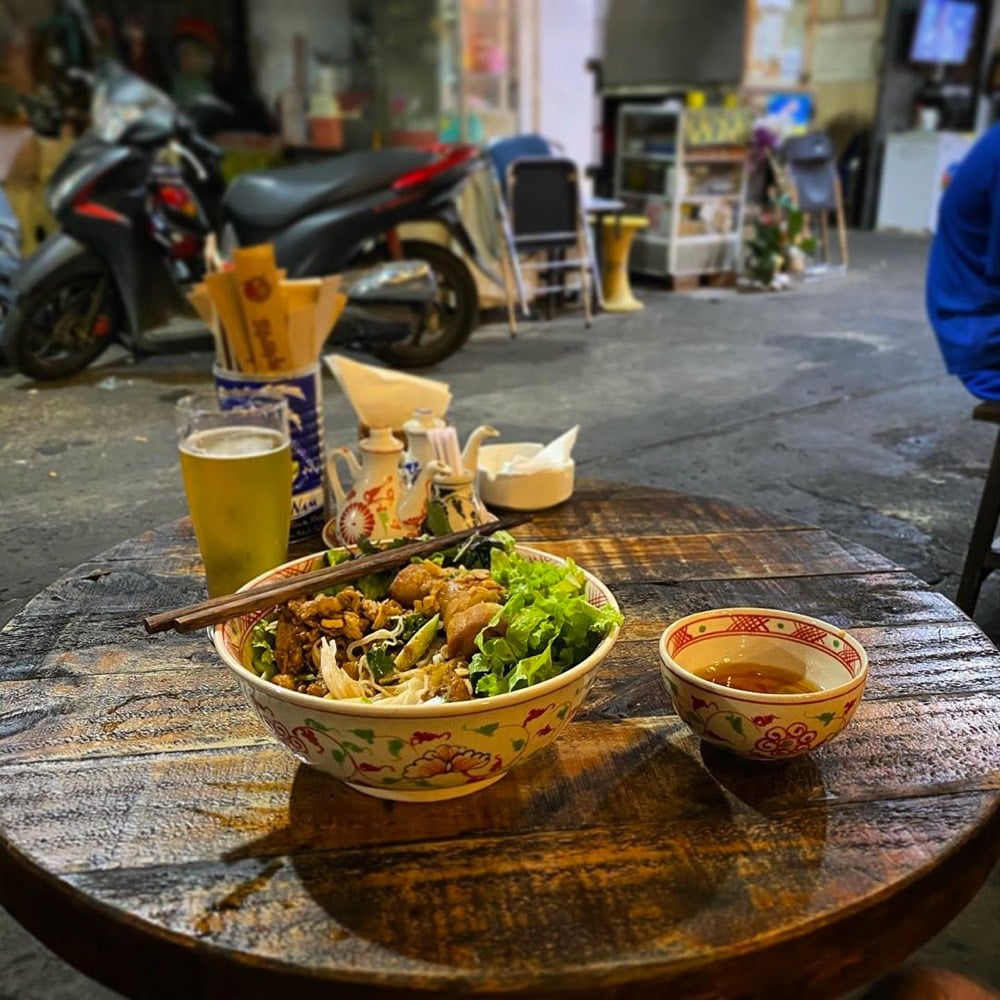
The food here is off the chain. Street food is generally safe to eat, where all the good stuff is, and a full meal is never more than a few bucks. Some of my favorites were banh mì, bun cha (pork w/ rice noodles), and bo la lot (beef wrapped in lolot leaves).
Before I went, I did a bunch of research on specific places to eat, which turned out to be not so useful because about half of the places I’d flagged had permanently closed. In some cases, not only was the restaurant or food cart gone, whole blocks had been razed to make way for an entirely new buildings. Some of these missing places had just been written about a year or two ago, but the pace of change in Saigon is unimaginably fast. Locals I talked to said it feels like an entirely new city every few years.
Founded by a pair of Japanese expats, Pizza 4P’s makes excellent pizza. The growing chain also makes their own burrata and mozzarella in-house.
Mr. Masuko said he leased an alley-side building in Ho Chi Minh City and invested about $100,000 of his savings into a renovation, kitchen gear and other start-up essentials. He and a Japanese employee, Keinosuke Konuki, taught themselves how to make mozzarella by watching a YouTube video.
I also had one of the best bowls of ramen I’ve ever had at Tomidaya in Little Toyko, a tiny place with only 8 seats at a counter. The shoyu was so good I went back a few days later for tsukemen (which was not quite as good but still very tasty).
Craft beer is growing in popularity in Vietnam and the cocktail scene is well established. The Vietnamese palete tends to run sweeter than in America, so go-to cocktails here used to lean towards the tiki end of the spectrum, but now is more varied. Thanks to my pal Brown, I got to visit the tiny speakeasy tucked away behind a hidden door in The Studio Saigon, where artist/bartender Richie Fawcett served up a couple of delicious drinks, including a barrel-aged whiskey cocktail that he smoked with some Irish peat right in front of us.
The official English name for Vietnam’s largest city is Ho Chi Minh City. But locals still call it Saigon (or Sài Gòn), particularly when referring to the central districts. It’s a bit like how New York or NYC refers just to Manhattan.
The War Remnants Museum (formerly known as the Exhibition House for US and Puppet Crimes) is a must-visit if you’re in Saigon. It’s an eye-opening look at how the American role in the Vietnam War (which in Vietnam was known as the Resistance War Against America or the American War) was perceived by the Vietnamese. The photographs showing the damage done by Agent Orange and the almost casual brutality against Vietnamese civilians (including women & children) by US soldiers were really hard (but necessary) to look at. John Lennon’s Imagine was playing on a continuous loop in the lobby of the museum.
I ended up being in Vietnam for Tet, the lunar New Year, which in terms of celebratory scale is like Christmas, Hanukkah, Thanksgiving, and New Year’s all rolled into one holiday that lasts for several days and reverberates for a few weeks. I hadn’t exactly planned on this timing, but having read about the Tet experience on Legal Nomads, I was prepared.
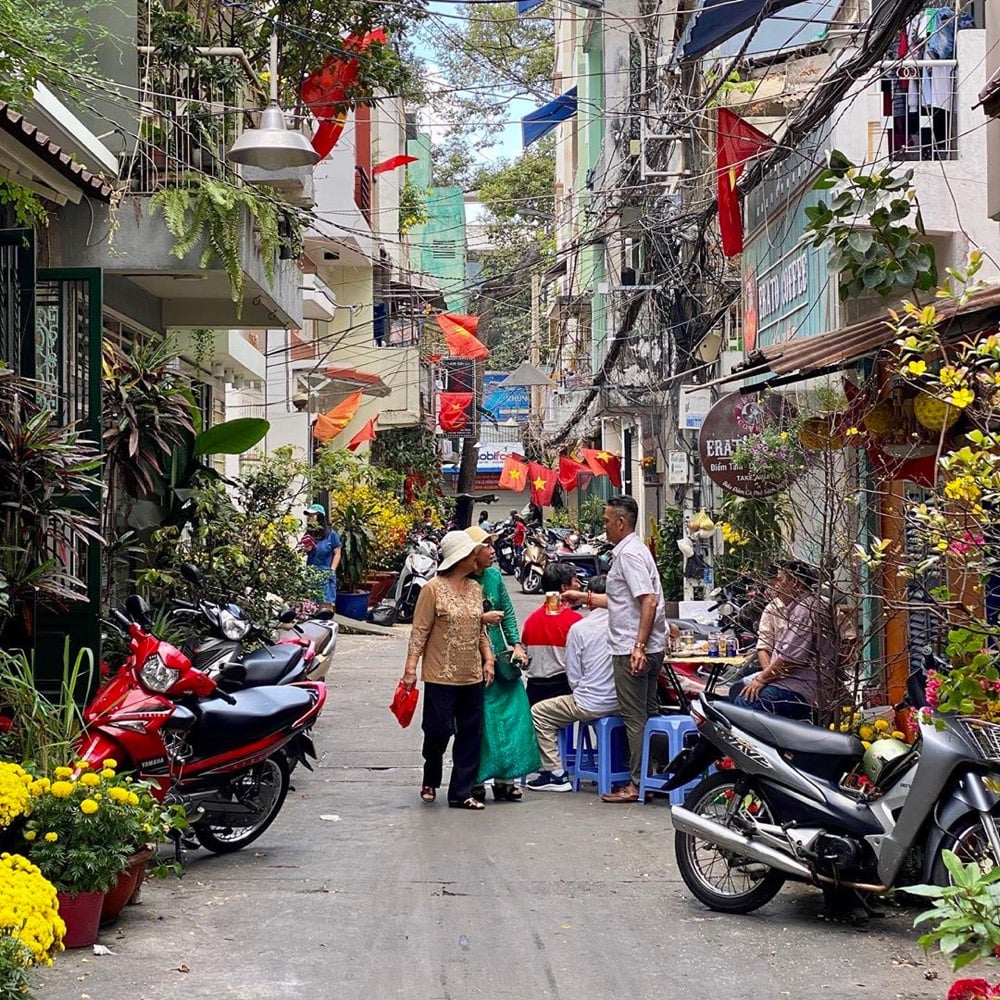
Most of the city was shut down for the holiday — the first day of Tet is a day for family and I saw people spilling out into the alleyways, eating and drinking and laughing — but it wasn’t that hard to find dinner or a place to stop for tea. The only time I really felt the Tet crunch was when I needed to buy a new phone (more on that in a bit) but couldn’t because all of the electronics stores were closed. Most of the time, though, I was thankful for the slightly slower pace and festive atmosphere.
Travel tip: find a rooftop bar in whatever city you’re in and pop in for a drink around sunset.
I’m always interested in cities where a particular mode of transportation sets the tone for everything else. In much of the US — particularly in places like LA, Dallas, or Raleigh — the car reigns. In Copenhagen and Amsterdam, it’s the bicycle. You could make the argument that in Manhattan, the dance of the streets revolves around the pedestrian. As a city, Saigon is defined by the motorbike. They overwhelm every other mode of transportation here — cars and pedestrians must tailor their movements to the motorbike swarm.
Because of the motorbikes, the process for crossing the street on foot in Saigon is different than in a lot of other places. You basically just wait for any buses (which will absolutely not stop for pedestrians) or cars to go by and then slowly wade out into traffic. Do not make any sudden movements and for god sake don’t run. The motorbike swarm will magically flow around you. It’s suuuuuper unnerving the first few times you do it, but you soon get used to it because the alternative is never ever getting across the street.
The motorbikes make walking around Saigon absolutely exhausting.1 It’s not just crossing the street. You literally have to be on the lookout for them everywhere. They drive up on the sidewalks. They drive into and out of houses and buildings, turning every doorway into a potential intersection. Having to look both ways every few seconds when you’re walking 6 or 8 miles a day around the city really drains the ol’ attention reserves.
Things I saw carried on motorbikes in Saigon, a non-exhaustive list: trees, dogs, tiny babies, ice (for delivery to a drinks cart, the ice block was not even strapped down), a family of five, a dessert cart, an entire toy store, a dried squid shop, and 8 huge bags of clams.
I spent a worthwhile morning exploring the antique shops on Le Cong Kieu street. Many of the shops carried the same sorts of items, so it got a little repetitive after awhile, but the shops with the more unique items were worth the effort.
The hip coffee shops in Saigon look much the same as those in Portland, Brooklyn, Berlin, or Mexico City.
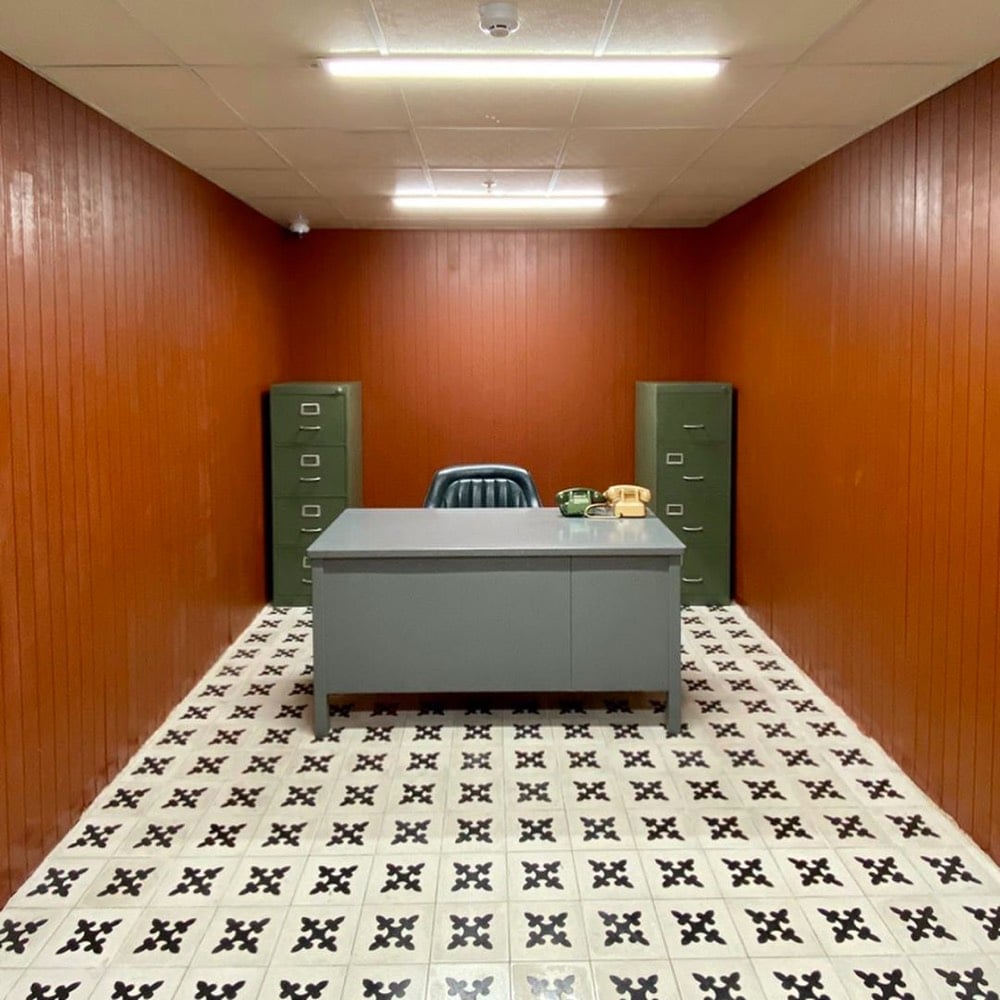
Designed by architect Ngô Viết Thụ, the Independence Palace was the home and office of the South Vietnamese President during the Vietnam War. After the North Vietnamese capture of the building effectively ended the war in 1975, the palace was preserved as a historical site, a time capsule of 60s and 70s architecture and interior design. I spent half a day wandering the palace taking photos like crazy. Lots of Accidentally Wes Anderson material there.
The oranges in Asia are green?
An American expat I met in Saigon said that American veterans who fought in Vietnam are now retiring here, a fact which I found to be a) true and b) deeply weird for a number of reasons. Here’s a recent LA Times article on the phenomenon.
Rapid growth in Vietnam and its Southeast Asian neighbors has created a situation that would have been unthinkable in the past: Aging American boomers are living a lifestyle reminiscent of Florida, Nevada and Arizona, but in Vietnam. Monthly expenses here rarely exceed $2,000, even to live in a large unit like Rockhold’s, including the help of a cook and a cleaner. The neighbors are friendly: A majority of Vietnamese were born well after the war ended in 1975, and Rockhold says he has rarely encountered resentment, even when he talks about his service as a combat veteran.
The vast majority of the owners in his apartment building are members of Vietnam’s burgeoning urban middle class; many work in government or in education, and can afford to take vacations abroad. He estimates that no more than 1 in 5 residents in the 25-floor complex are foreigners.
“The Vietnamese were extremely nice to me, especially compared to my own country after I came back from the war,” Rockhold said at a coffee shop recently inside a polished, air-conditioned office tower that also houses a restaurant and cinema.
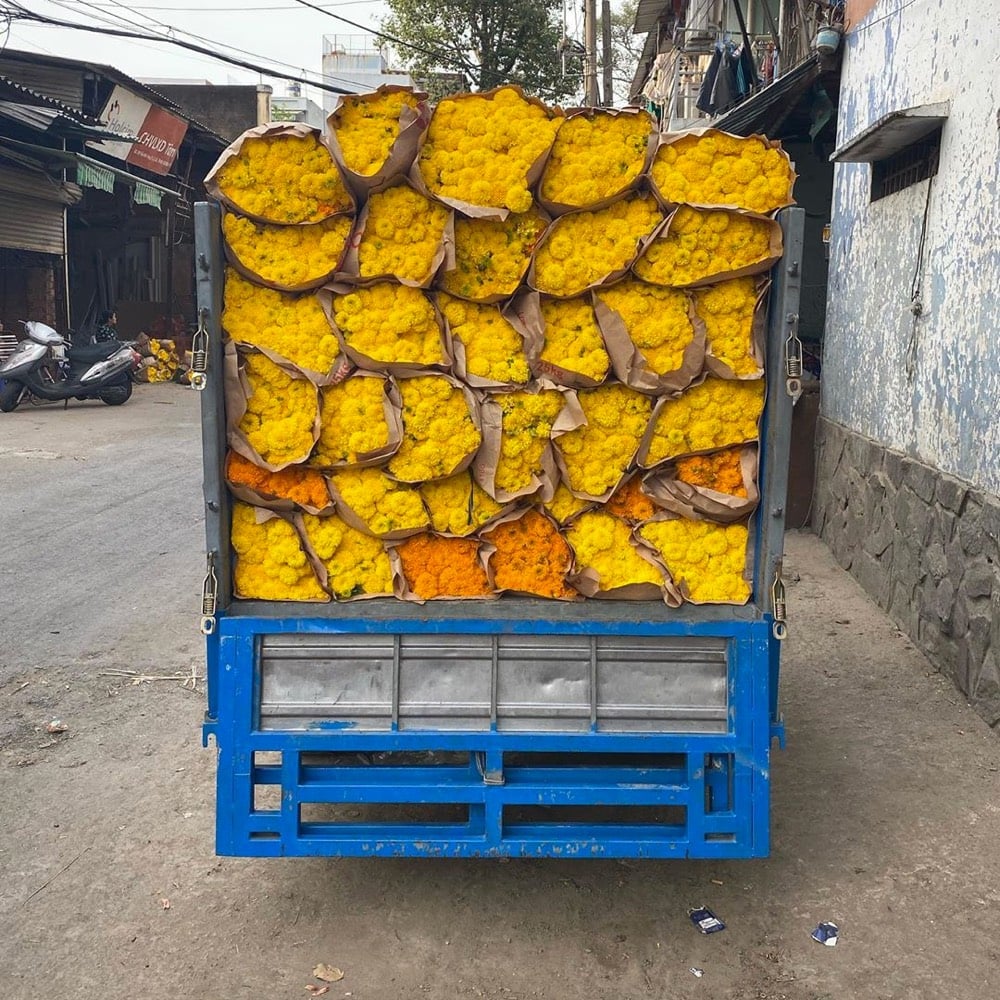
And last and certainly least, my phone was stolen while I was in Saigon. I’d really hoped that 2020 was going to be the year that I’d avoid making a blunder that would cost me thousands of dollars, but I’d neglected to pay sufficient attention to this bit in the Legal Nomads piece about Tet:
Unfortunately, the city also enters into what is locally known as “stealing season” — a proliferation of petty crimes like phone and purse theft, with the money used toward paying for these Tet gifts. In the weeks leading up to Tet and shortly thereafter, locals would come up to me on the street mimicking someone making off with my bag, a warning to keep an eye on belongings. Several friends found their phones snatched out of their hands in mid-conversation during this time, though no one had any more significant issues (e.g. there were no violence or armed muggings) to report.
It was the second day of Tet and I had just gotten off a motorbike taxi in front of a cafe in a tony part of town. I pulled out my phone to check on something quickly and was about 2 seconds away from putting it in my pocket and going into the cafe when a guy on a motorbike rode up onto the sidewalk — a totally normal thing here, so I didn’t think anything of it — and snatched my phone right out of my hand. I swore at the guy and ran after him for about two steps before I realized a) he was already halfway down the block and b) no one within earshot spoke English well enough to help me quickly enough to chase the guy down or flag down a police officer. The phone was gone.
Luckily, I had my iPad in my backpack, so I went into the cafe and deactivated the phone with Find My. For about an hour, I stewed and felt violated & pissed that I had been careless. I’ve had mixed experiences with solo travel — it’s hard sometimes! — so some despondency along those lines crept in too. I posted an Instagram Story about the theft (w/ my iPad) and some kind and wise words from my pals Craig and Stewart got me back on the right track. Stewart in particular reminded me that events like this are “the tax we pay on traveling” and that “maybe we don’t pay it every trip, but it comes around eventually”.
So yeah anyway, that shitbird didn’t ruin my trip — although being without a phone (no maps, no rideshare apps, no texting to coordinate meetups, no translation app) for a couple of days definitely restricted my movements for a couple of days until the electronics stores opened after Tet. That dude’s year may have gotten off to an unlucky start by stealing from someone, but I’ll be damned if I’m gonna let losing some property set the tone for my year or change my affection for this city and its people.
Singapore felt like the future, full stop. And it’s not just the incredible waterfall & tropical forest in the airport or the mid-building gardens in the skyscrapers. Energy-saving escalators ran slowly or not at all until human motion was detected. Infrared temperature scanners like this one were set up at the airport to automatically screen disembarking passengers for coronavirus-related fevers. Public transportation was fast, cheap, and ubiquitous — my train ride from the airport to downtown was ~$1.50. I exited the country via Automated Immigration — a machine scans your passport & thumb and you’re good to go. A vending machine made me a cup of fresh-squeezed orange juice, sealed with a thin plastic lid. A Buddhist temple I went to had self-serve offering kiosks. Everything was incredibly clean and just worked the way you thought it should — you could sense the organization and infrastructure behind every little thing. And did I mention the waterfall at the airport?!
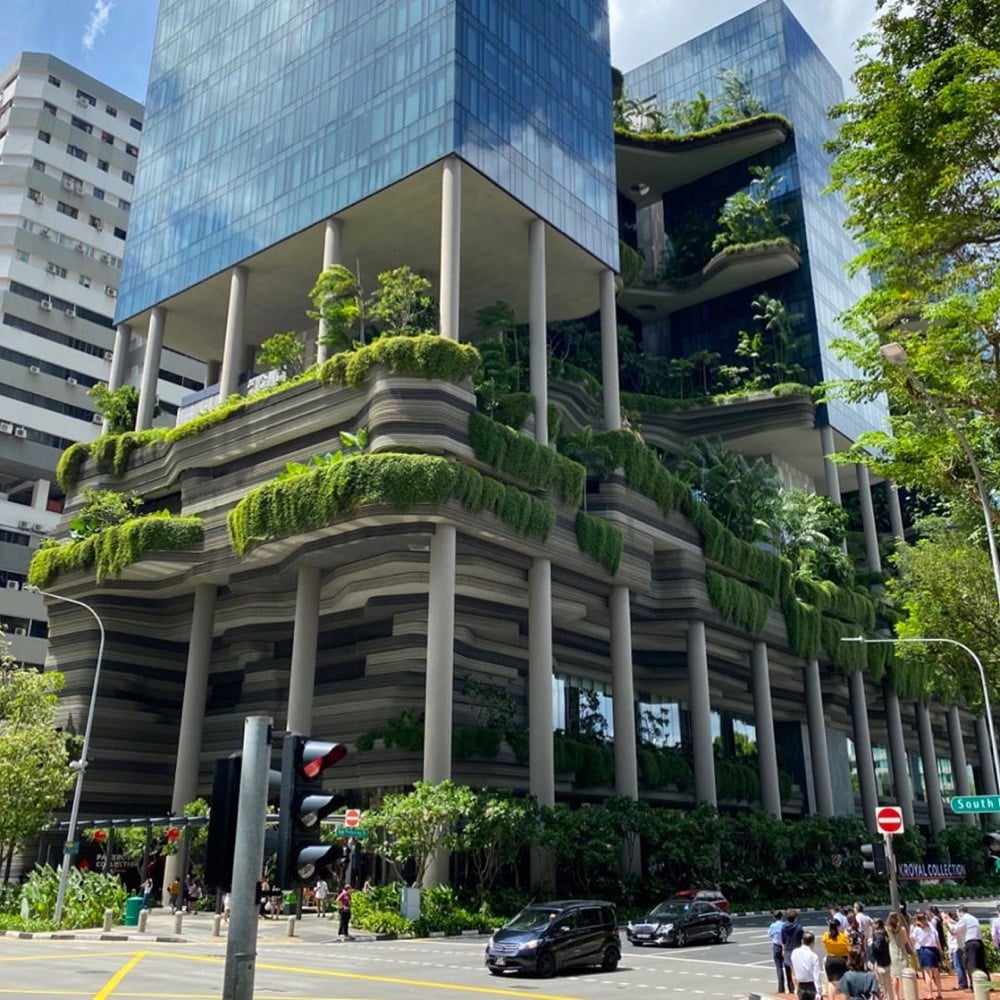
Coming from Vietnam, the food in Singapore was going to have to clear a high bar. And it did. Unlike in Saigon, where street food sellers filled any and every possible nook and cranny of the streets, sidewalks, and alleyways, always-on-brand Singapore has organized their street food vendors into communal hawker centers. In these centers, you can get the most delicious food from all around the world — Malay, Indian, Chinese, and Singaporean cuisines are among the most popular. I ended up eating almost all my meals at food centers — I visited Maxwell Food Centre, Chinatown Complex Food Centre, Hong Lim Food Centre, and Tekka Centre.
At the Chinatown Complex Food Centre, I waited in line for about 10-15 minutes to try the soya sauce chicken rice dish (just US$2!) at Hawker Chan, the first hawker stall ever to be awarded a Michelin star. This. Dish. Was. Amazing. I have never had chicken that tender & juicy. A revelation.
The Asian Civilizations Museum and the Singapore National Gallery were both great — definitely worth visiting if you’re in town for more than a day or two.
The Singapore Botanic Gardens, a UNESCO World Heritage Site, is a marvelous place to spend an afternoon wandering around. I particularly enjoyed the rainforest and the specialty gardens: the Evolution Garden, the Fragrant Garden, and the Healing Garden (full of plants with medicinal uses). (While looking at the website just now, I’m irritated to learn that I missed the Bonsai Garden. Dammit!) The National Orchid Garden was spectacularly beautiful — there’s an entry fee of $5 that’s well worth paying.1
The Atlas Bar is notable for its huge Art Deco space and extensive gin library. You can get a gin martini with gin made in the 1910s (~US$180) or have a G&T using one of their 1300 gins from around the world. Bar Stories was much more minimal and intimate with no cocktail menu at all — you just tell the bartender the flavors and spirits you’re into and they whip something up for you. You can check out some of their creations on Instagram.
For my first two nights, I stayed in a pod hotel. I opted for a private room and it was perfect. I had just enough space in my room to sleep and change — I was barely there for more than that as I spent most of my time exploring the city. The bathrooms were clean and private — and the showers were great, better than in many American hotels I’ve stayed in. They could do more to dampen the door noise, but other than that, it was really quiet.
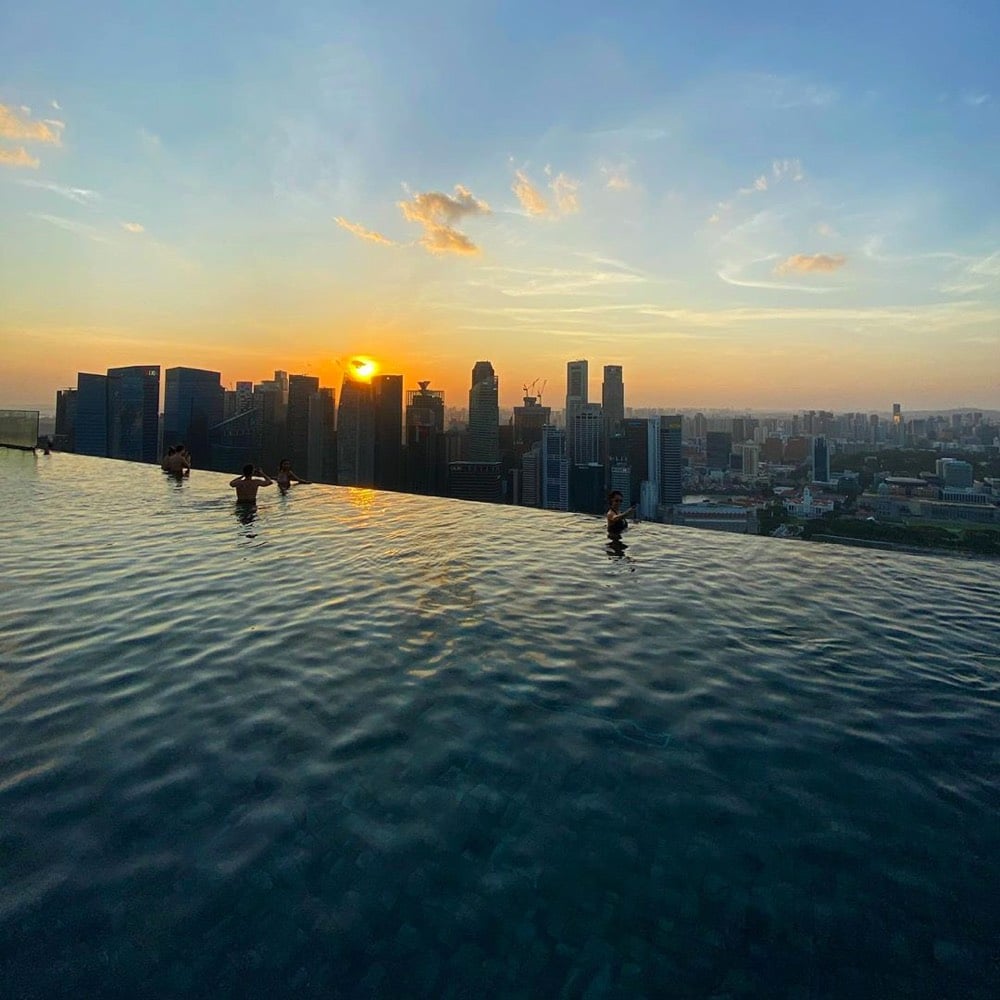
For my last night, I splurged on a room at the Marina Bay Sands, aka the hotel with the infinity pool on the 58th floor overlooking the city. Was it worth the price? I don’t know, but the views from the roof were incredible and I did spend a lot of time relaxing by that pool.
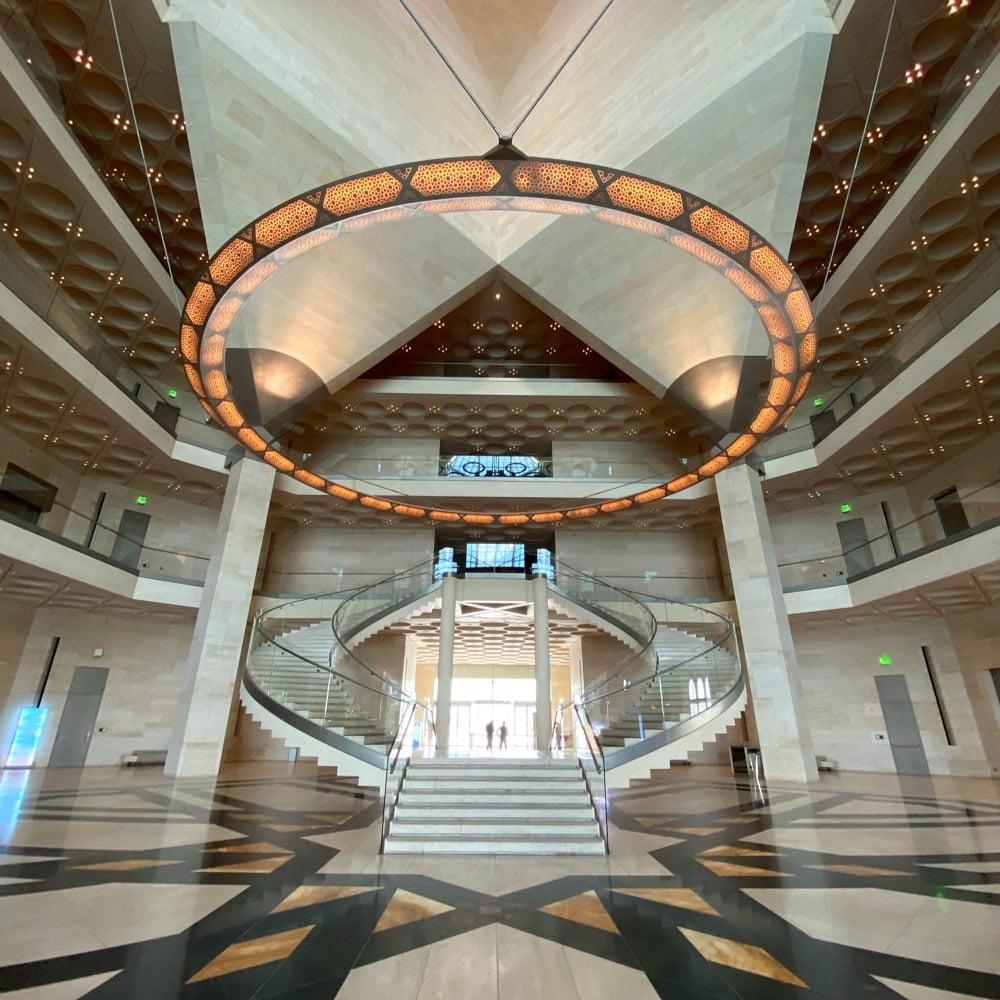
On my way home from Singapore, I spent about 48 hours in Doha, Qatar. In retrospect, I maybe should have opted for 2 more days in Singapore. Nothing against Doha, but I just didn’t have the energy to fully explore a third different place/culture in 3 weeks. (Still exploring my limitations…) I did have some great food there — including kofte at a Turkish restaurant and a simple fried halloumi sandwich I’m still thinking about more than a week later. The Museum of Islamic Art was fantastic and deepened my already significant appreciation of Islamic art.
I met up with some kottke.org readers in both Saigon and Singapore. Thanks to Brown, Bryan, Joel, Corrie, and the Singapore meetup crew for taking me to some local spots with excellent food & drink, helping me understand a little bit more about Vietnamese & Singaporean culture, and making this solo traveller feel a little less solo. A special thanks to Brown for welcoming me into his home and introducing me to his family. After 20+ years of writing this site, it still blows me away how quickly complete strangers who read kottke.org seem like old friends. ♥
I posted several photos to my Instagram and also compiled Stories from Saigon and Singapore.
I got sick on the last day of the trip, which turned into a full-blown cold when I got home. I dutifully wore my mask on the plane and in telling friends & family about how I was feeling, I felt obliged to text “***NOT*** coronavirus, completely different symptoms!!”
Being in Asia during the early days of the coronavirus outbreak was an interesting experience. I wasn’t worried about contracting the virus — I kept my hands clean & sanitized, wasn’t interacting with anyone who had been to China recently, and wore my mask in the airport and on the airplane. By my last few days in Vietnam, the growing epidemic had the government worried, so people who normally wore masks only while riding motorbikes now wore them all the time in public. I observed that foreign tourists were more likely to wear masks than locals. Many businesses adopted a mandatory mask policy in their offices. Buddhist temples posted signs urging visitors to wear masks.
In the airport on my way to Singapore (and on the flight), every single person was wearing a mask, except for one guy who had no mask and a personal fan blowing air (and all the germs in the vicinity) right into his face. When I got to Singapore, way fewer people were wearing masks in the airport — probably only 50% — even though there were more coronavirus cases in Singapore than in Saigon. As I mentioned above, they had infrared scanners set up checking people for fever. At the Marina Bay Sands, all customers checking in had to have a temperature check with a hand-held thermometer — same if you wanted to use the hotel gym. I also got temp-scanned at one of the museums I went to.
This was my 7th long trip in the past two years and my longest one by more than a week. Despite the benefits of solo travel that I really enjoy, I’ve struggled at times with loneliness and getting a bit overwhelmed by having to figure everything out on my own in unfamiliar places. This trip, aside from a couple hours of stolen phone despair, was struggle-free — or rather the struggle was expected, manageable, and even welcome. Part of it is just practice — I feel like I’ve got the solo travel thing mostly down now. I’ve also had a couple of significant mindset shifts in recent months (like this one about winter weather) that have helped my general outlook. Working full time for two out of the three weeks I was gone helped anchor me to something familiar and provided some structure. And as I mentioned, meeting up with some friendly folks helped too.
And finally to finish up… Whenever I travel abroad, of course I have thoughts about the overall character of the places I go, but they’re based on such an incomplete experience of those places that I’m hesitant to share them. The Saigon metro area has a population of ~13.5 million and I was there for 2 weeks as a tourist, so what the hell could I possibly know about it beyond the superficial? What I mainly tend to come away with is how those places compare to the United States. What freedoms exist in a place like Vietnam vs Singapore vs Qatar vs the United States? How are those freedoms distributed and who do they benefit? And from what authority are those freedoms derived? The more places I go, the less obviously free the US feels to me in many ways, even though our country’s baseline freedom remains high (for some at least).
But the main observation I came home with after this trip is this: America is a rich country that feels like a poor country. If you look at the investment in and the care put into infrastructure, common areas, and the experience of being in public in places like Singapore, Amsterdam, Paris, and Berlin and compare it to American cities, the difference is quite stark. Individual wealth in America is valued over collective wealth and it shows.
I know that’s a bit of a downer to end on, but despite what you see on Instagram, travel is not always fun & games and often provides some potentially tough lessons and perspectives. You might get your phone stolen and come back feeling a little bit less great about your home country. Them’s the breaks, kid — welcome to the world. Thanks for following along as always.
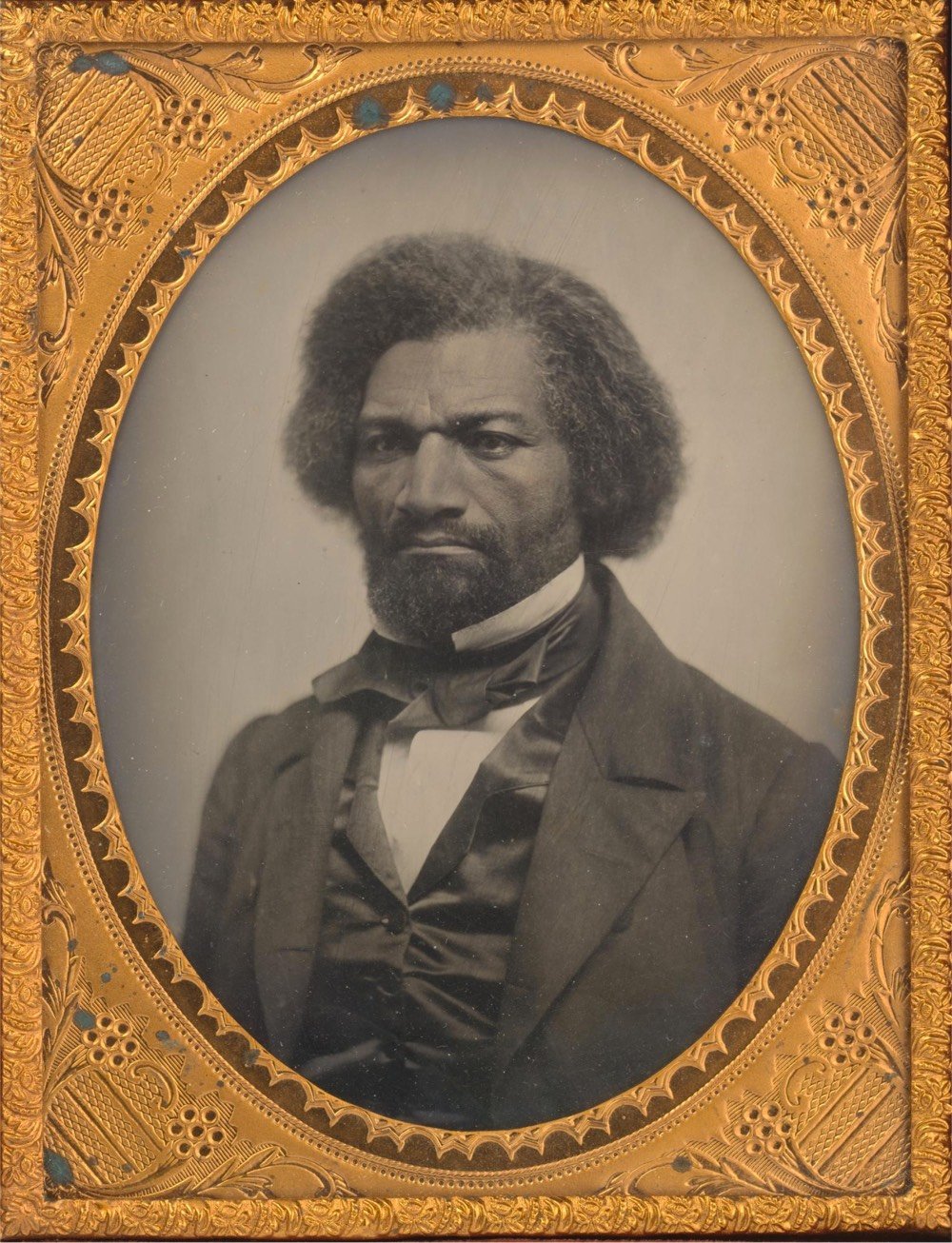
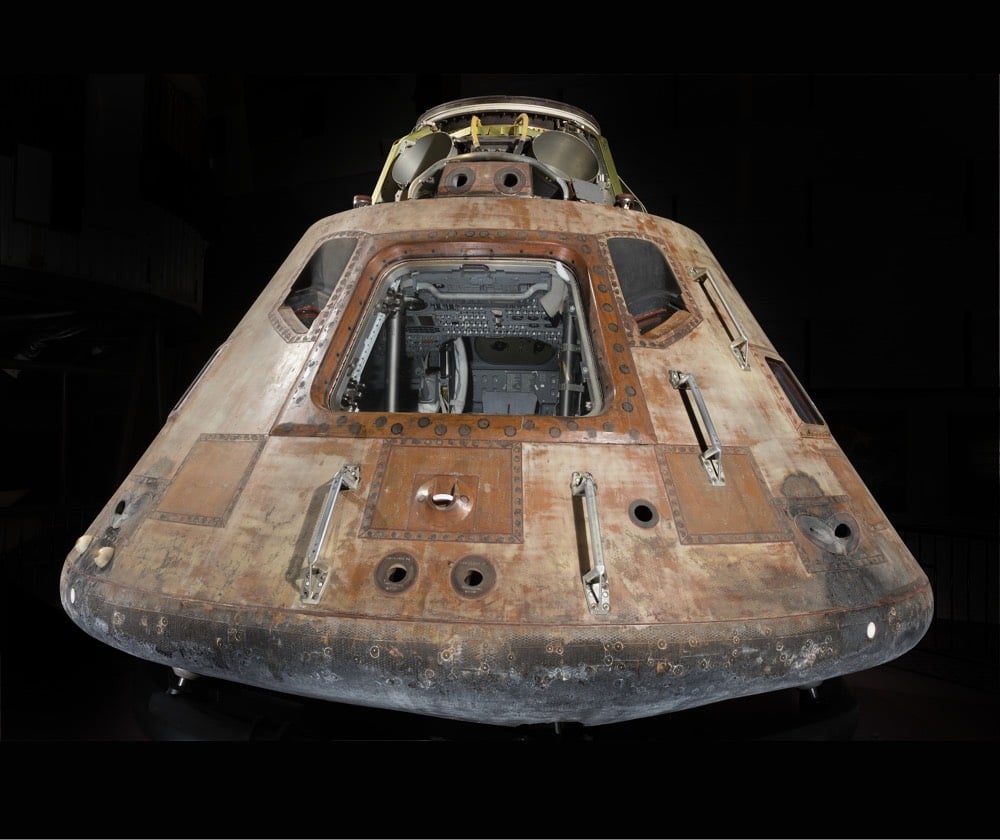
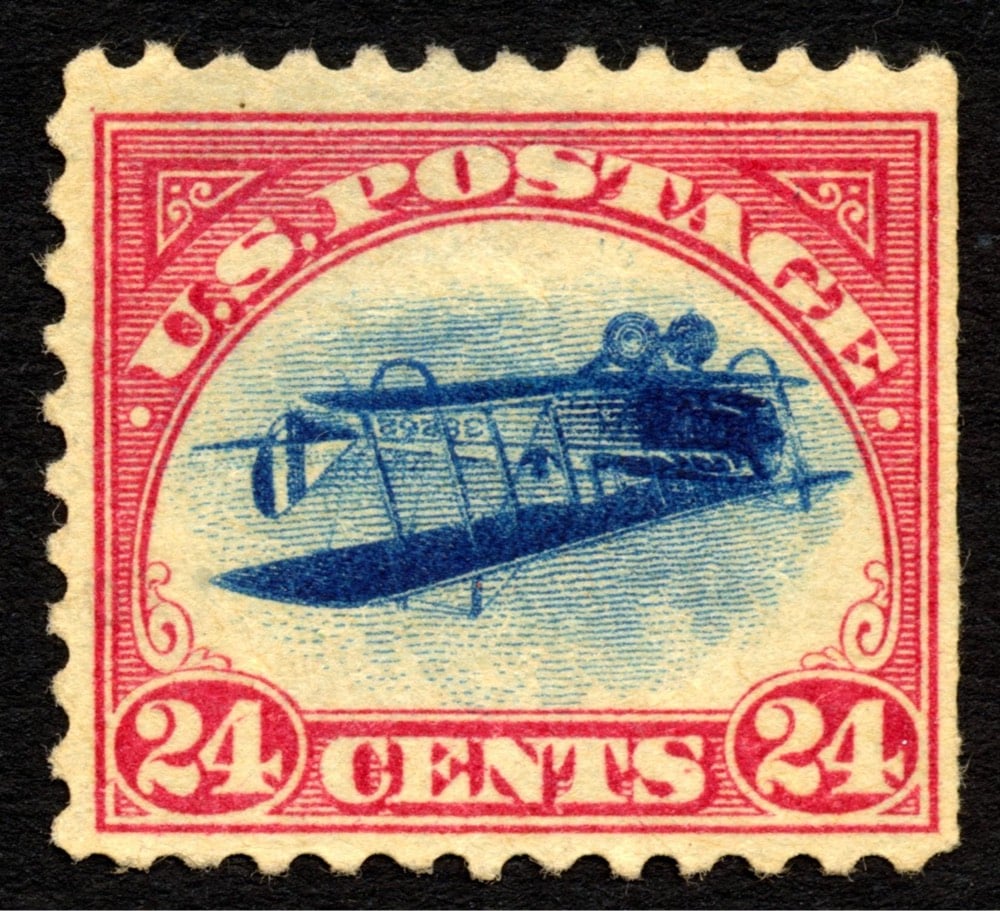
The Smithsonian Institution has released a massive trove of images and 3D models from their collections into the public domain, allowing the public to use the images however they see fit. From Smithsonian Magazine:
For the first time in its 174-year history, the Smithsonian has released 2.8 million high-resolution two- and three-dimensional images from across its collections onto an open access online platform for patrons to peruse and download free of charge. Featuring data and material from all 19 Smithsonian museums, nine research centers, libraries, archives and the National Zoo, the new digital depot encourages the public to not just view its contents, but use, reuse and transform them into just about anything they choose — be it a postcard, a beer koozie or a pair of bootie shorts.
And this gargantuan data dump is just the beginning. Throughout the rest of 2020, the Smithsonian will be rolling out another 200,000 or so images, with more to come as the Institution continues to digitize its collection of 155 million items and counting.
Part of the release is research data sets, 3D models of airplanes, chairs, and fossils, and developer tools like an API and GitHub repository. Here’s the Smithsonian’s official press release and a FAQ about the Open Access collection.



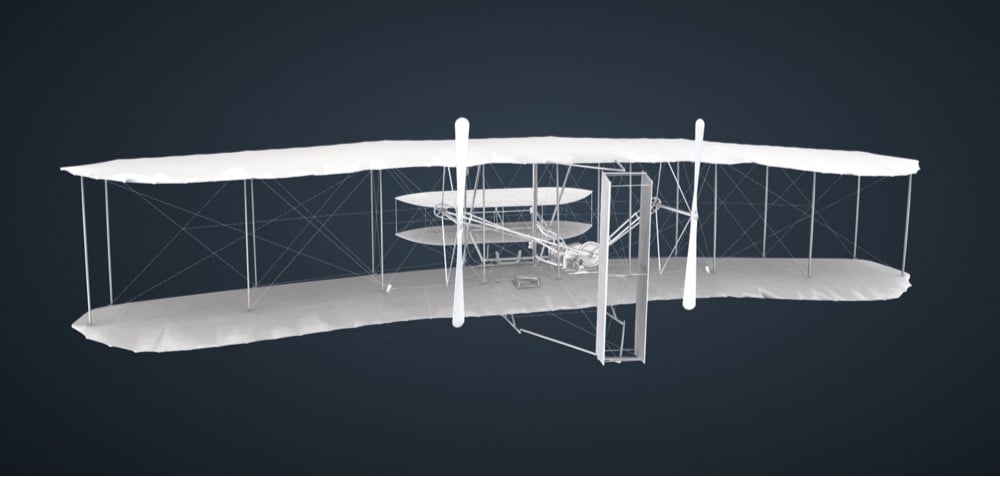
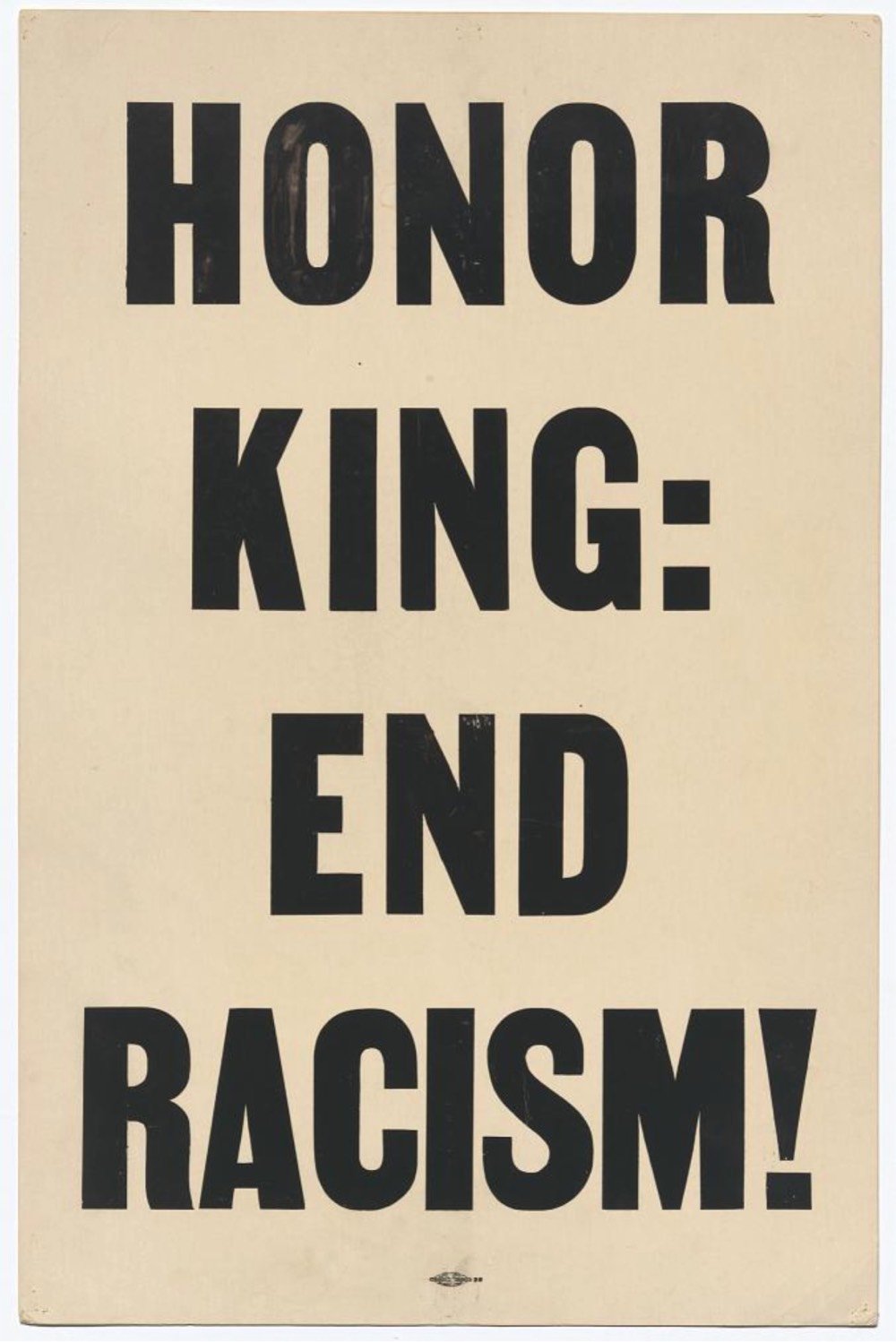
The images above are (from top to bottom): photograph of Frederick Douglass, 3D model of the Apollo 11 Command Module, inverted Curtiss Jenny stamp, 3D model & photographs of a tin of Madame C.J. Walker’s Wonderful Hair Grower, 3D model of a mammoth skeleton, carte-de-visite portrait of Harriet Tubman, 3D model of the 1903 Wright Brothers Flyer, a placard carried in the 1968 Memphis march.
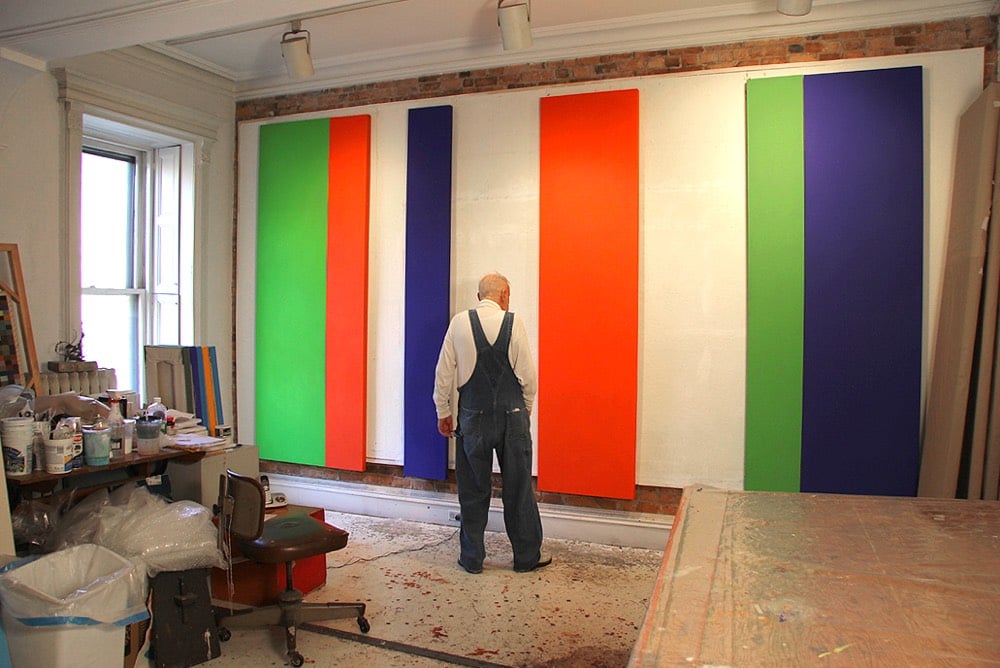

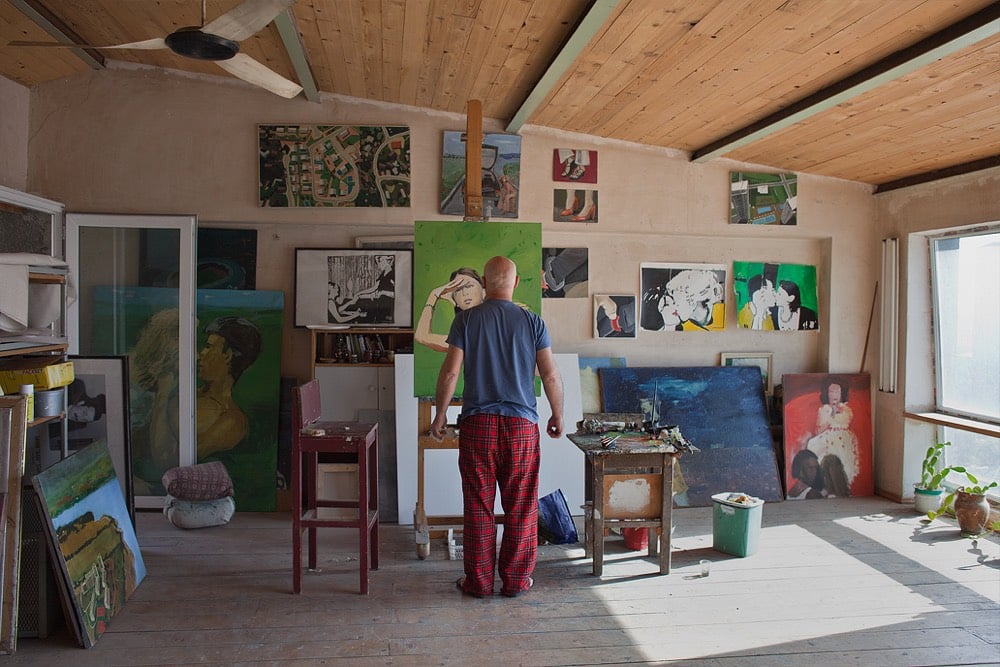
For more than 10 years now, André Smits has been traveling the world taking photos of artists (from behind) in their studios and out in the world. Earlier this year, Smits explained how the project got started:
He laughs, “I realized it was an alibi for getting in their studios, because most artists keep their doors shut and otherwise I would not get to come in. That was the beginning of the project, really. Then artists from other buildings in Rotterdam asked me to come to their place, it was like a snowball, it just started happening,” he recalls.
After Rotterdam, he visited Amsterdam and Antwerp, realizing the strength of the concept could take him all over the world. “So, I sold my house, quit my job, and now I am traveling everywhere, the project was developing in all different directions.”
It’s fun to get a glimpse into so many studios of working artists — they’re all very similar and yet different in the details. (via Noah Kalina, who Smits photographed in 2015)

In 1966, Chinese leader Mao Zedong had a PR problem. His Great Leap Forward policy had resulted in tens of millions of deaths from famine, his health was rumored to be failing, and he was afraid, following the recent de-Stalinization of the Soviet Union, that his legacy was not secure. So he went for a swim.
Mao wanted to leave behind a powerful Communist legacy, like Marx and Lenin before him. And in order to do so, he needed to connect with the younger generation before he died. So after announcing his Great Proletarian Cultural Revolution, he swam across the Yangtze River. Mao had done the same swim 10 years earlier to prove his vitality, and he hoped it would work again.
His “Cultural Revolution” was a call to hunt down and eliminate his enemies, and reeducate China’s youth with the principles Maoism. Led by the fanatical Red Guards, the Cultural Revolution was a devastating 10-year period in Chinese history that didn’t end until Mao died in 1976.
In 1994, legendary street fashion photographer Bill Cunningham gave a six-hour interview about his life and work. This interview was recently rediscovered and made into a documentary called The Times of Bill Cunningham. Here’s a trailer:
The movie is out in theaters, but the reviews so far are mixed, especially when compared to the rave reviews received by 2011’s Bill Cunningham New York. Still, Cunningham is a gem and I will watch this at some point soon. (via recs)
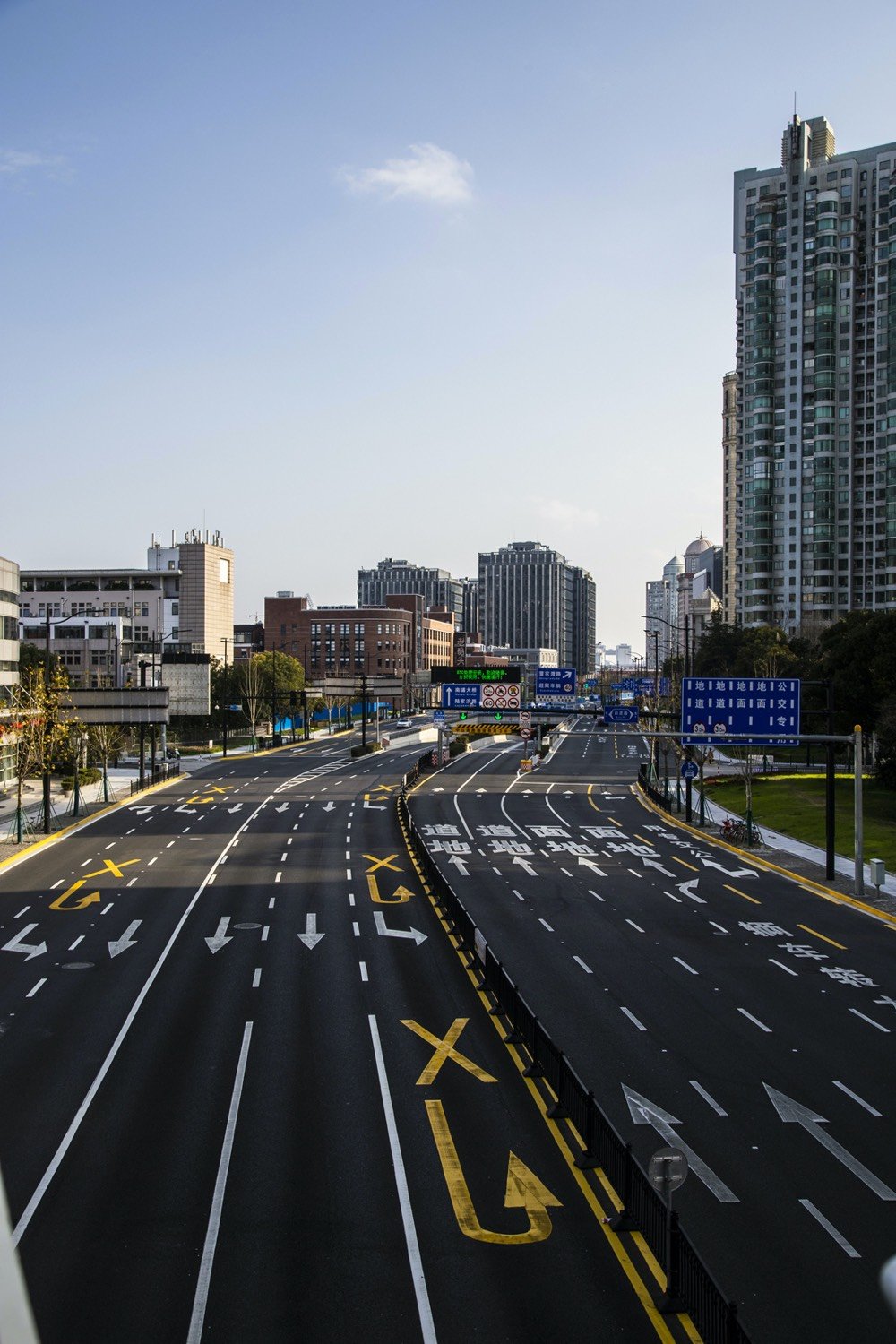
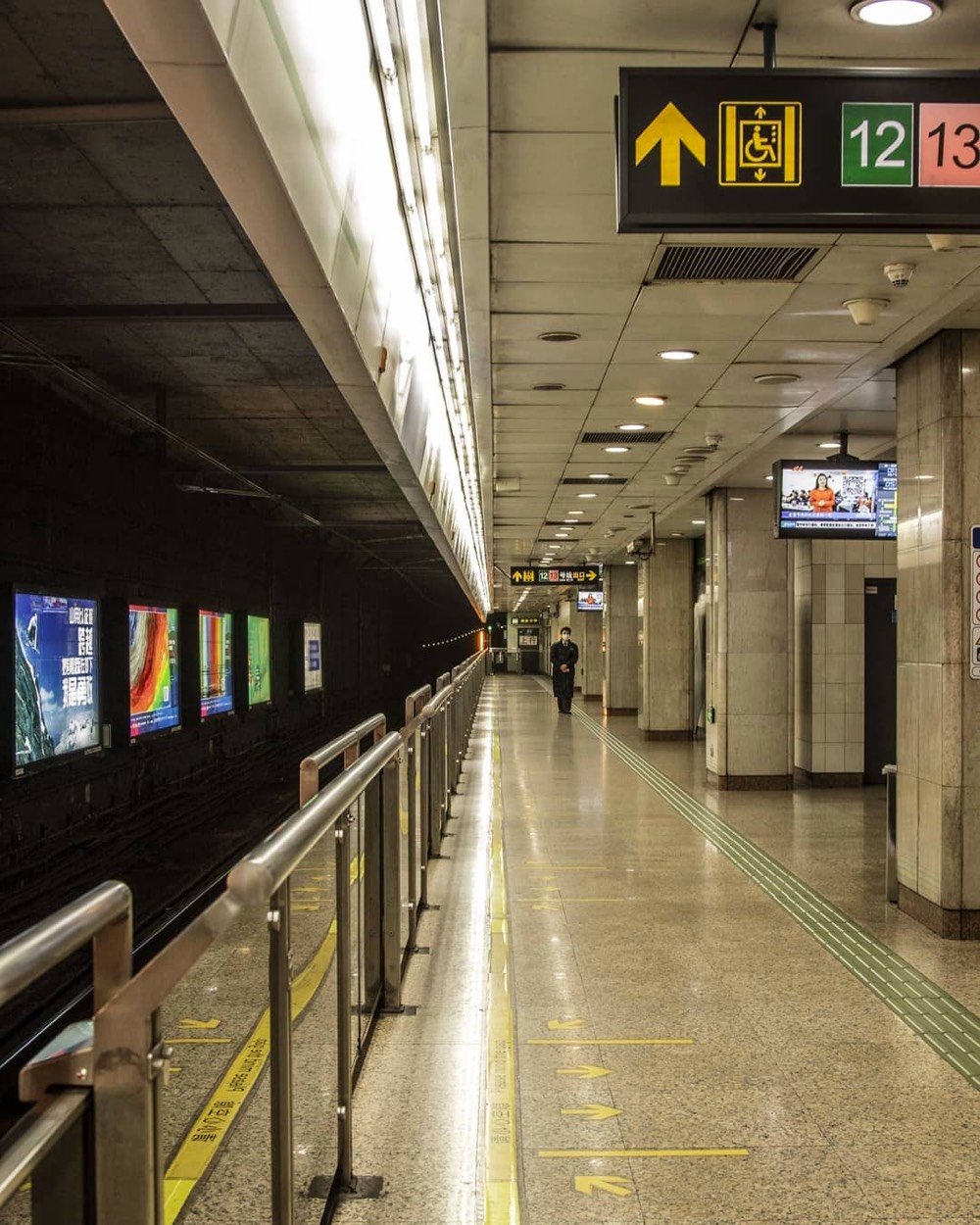

For her series One Person City, photographer nicoco has been taking photos of Shanghai that emphasize how deserted the city was due to the COVID-19 outbreak that has killed more than 1000 people in China. In an interview with Hyperallergic, the photographer said:
My objective for this series was to capture the feeling of apocalyptic emptiness. Some of the photos may look as if they were captured at strange early morning hours, but as a collection, it seeks to reinforce there were no people, anywhere.
These are Shanghai’s busiest locations that can compare to Times Square in New York City, Big Ben in London, the Bean in Chicago, or the Washington Monument in DC. They are very popular on an average day, and very, very popular during holidays as domestic tourists and residents spend time with their families and check out festive displays, shop, or just meander around.
You can find the photos on her Instagram.
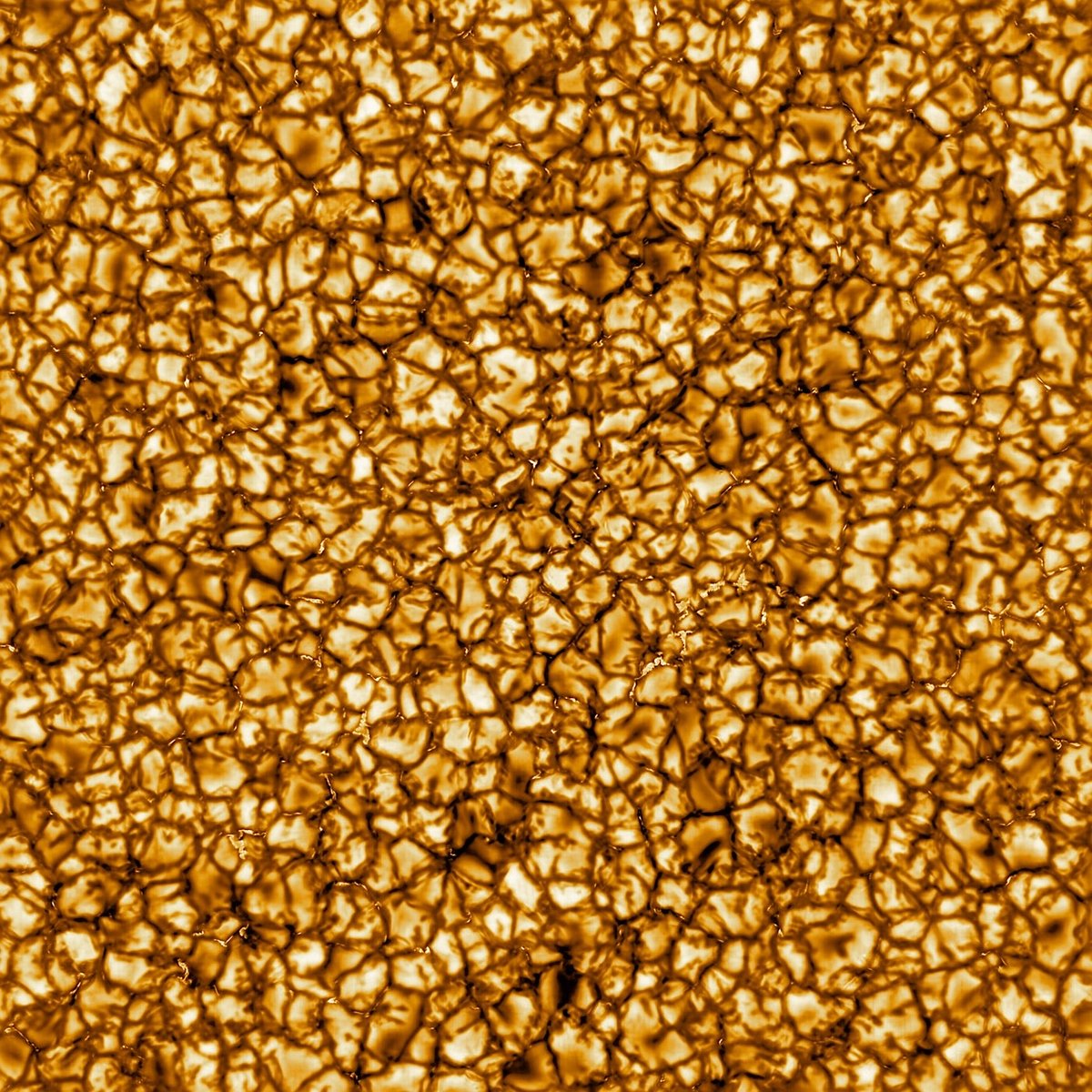
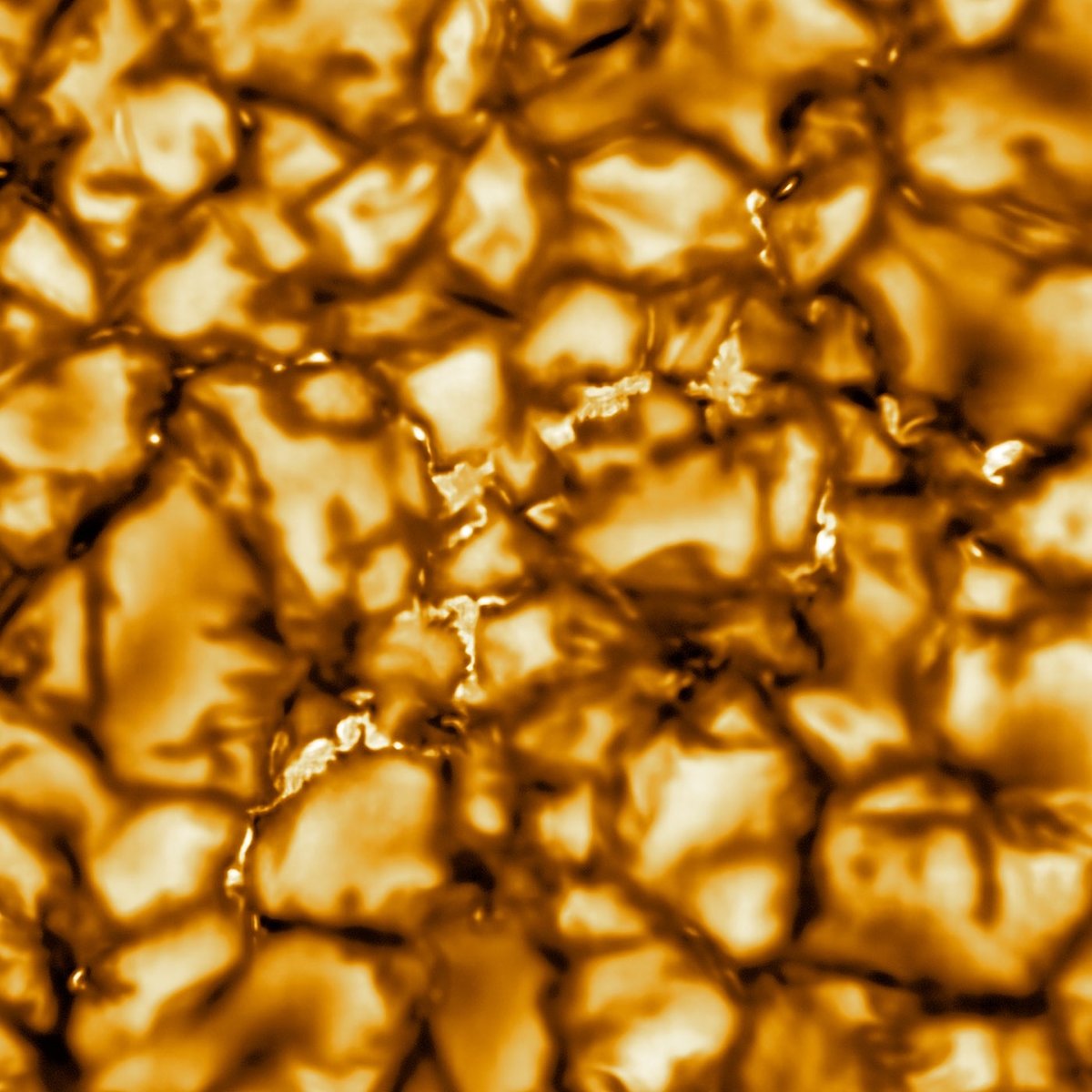
The National Science Foundation has just released the very first images of the Sun taken with the new Inouye Solar Telescope in Hawaii. They are the highest resolution images ever taken of the Sun’s surface, showing three times more detail than was possible using previous imaging techniques. Those cells you see in the image…they’re each about the size of Texas.
Building a telescope like this is not an easy task — there’s a lot of heat to deal with:
To achieve the proposed science, this telescope required important new approaches to its construction and engineering. Built by NSF’s National Solar Observatory and managed by AURA, the Inouye Solar Telescope combines a 13-foot (4-meter) mirror — the world’s largest for a solar telescope — with unparalleled viewing conditions at the 10,000-foot Haleakala summit.
Focusing 13 kilowatts of solar power generates enormous amounts of heat — heat that must be contained or removed. A specialized cooling system provides crucial heat protection for the telescope and its optics. More than seven miles of piping distribute coolant throughout the observatory, partially chilled by ice created on site during the night.
Scientists have released a pair of mesmerizing time lapse videos as well, showing ten minutes of the roiling surface of the Sun (wide angle followed by a close-up view) in just a few seconds:
The Daniel K. Inouye Solar Telescope has produced the highest resolution observations of the Sun’s surface ever taken. In this movie, taken at a wavelength of 705nm over a period of 10 minutes, we can see features as small as 30km (18 miles) in size for the first time ever. The movie shows the turbulent, “boiling” gas that covers the entire sun. The cell-like structures — each about the size of Texas — are the signature of violent motions that transport heat from the inside of the sun to its surface. Hot solar material (plasma) rises in the bright centers of “cells,” cools off and then sinks below the surface in dark lanes in a process known as convection. In these dark lanes we can also see the tiny, bright markers of magnetic fields. Never before seen to this clarity, these bright specks are thought to channel energy up into the outer layers of the solar atmosphere called the corona. These bright spots may be at the core of why the solar corona is more than a million degrees!
Man, I hope we get some longer versions of these time lapses — I would watch the hell out of one that ran for 10 minutes. (via moss & fog)
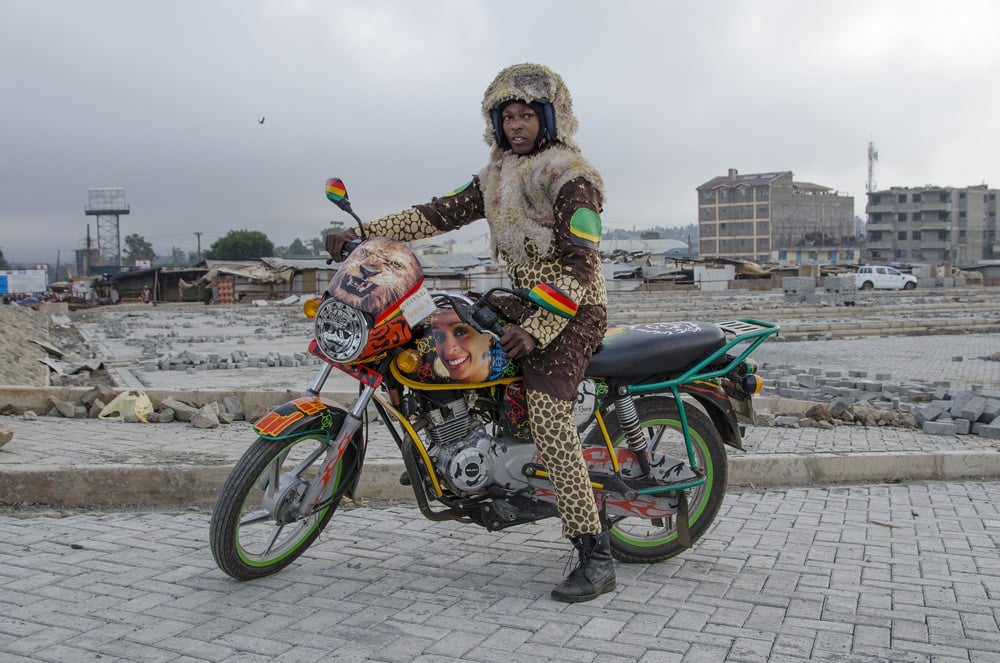
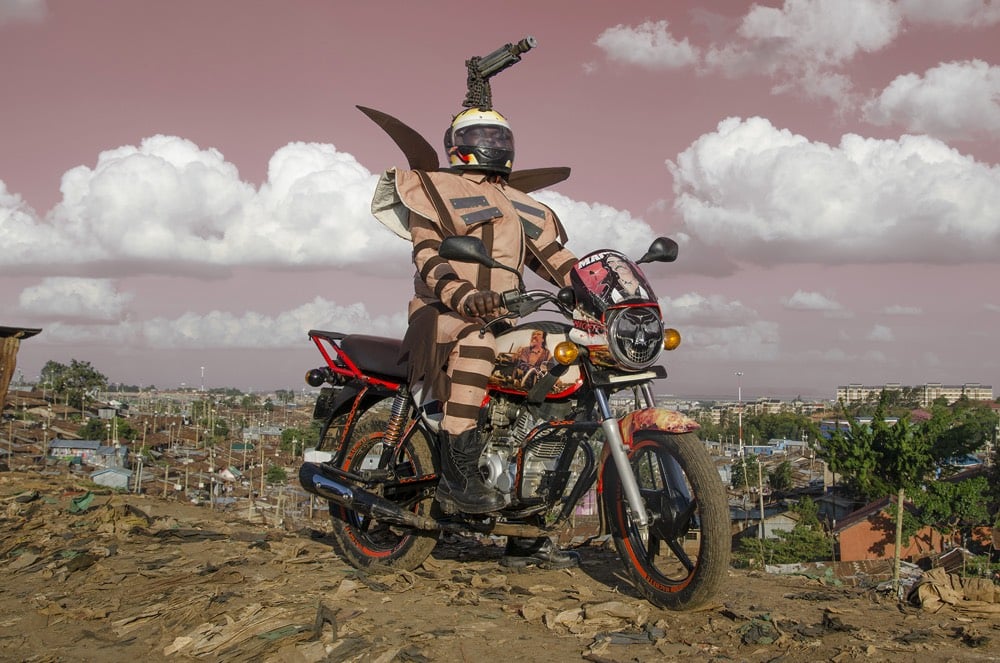
Ugandan-Kenyan fashion designer Bobbin Case and Dutch artist Jan Hoek have collaborated on a project called Boda Boda Madness. Inspired by the elaborate decorations used by some boda boda (motorbike taxi) drivers in Nairobi to attract customers, Case designed costumes to go with each bike’s decorations and Hoek photographed the results. After the fact, the coordinated outfits proved good for business:
The nice thing is that because of their new outfits their income went up, so they really kept on using their costumes.
Hoek also did a project called Scooters Will Never Die, in which he worked with a group of Africa refugees in Amsterdam to customize scooters to their riders’ specifications.
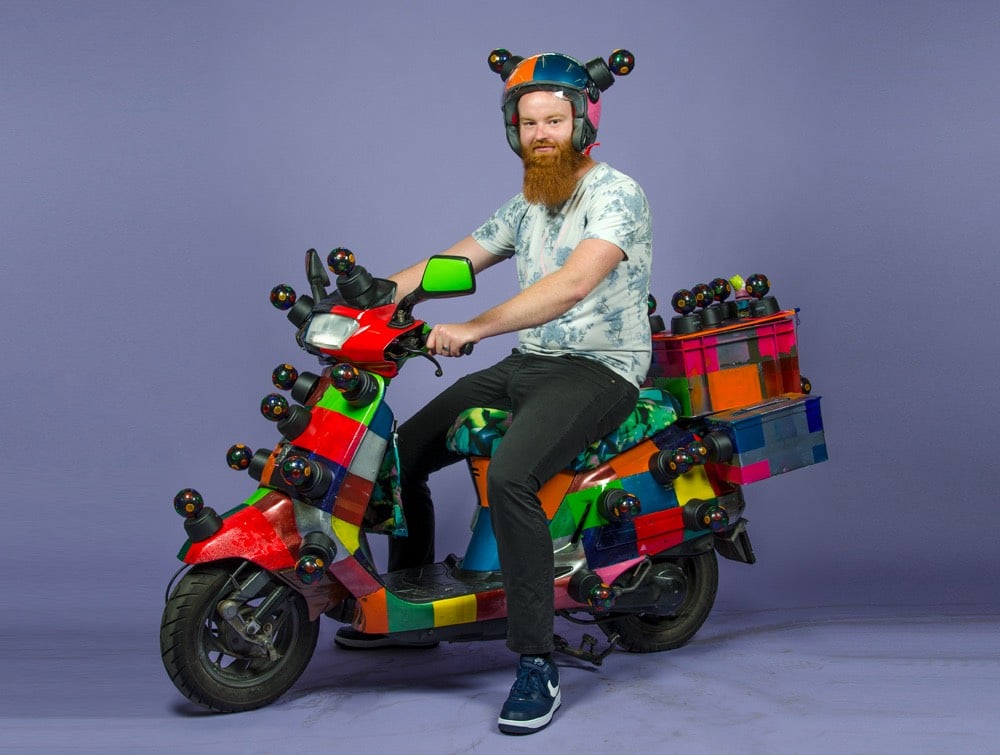
(via colossal)
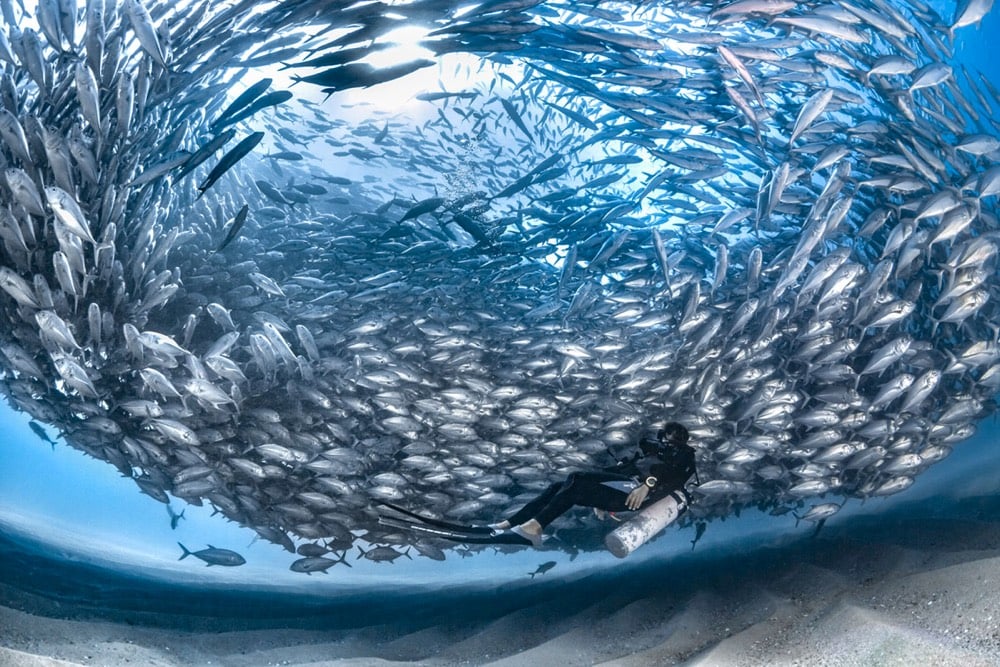
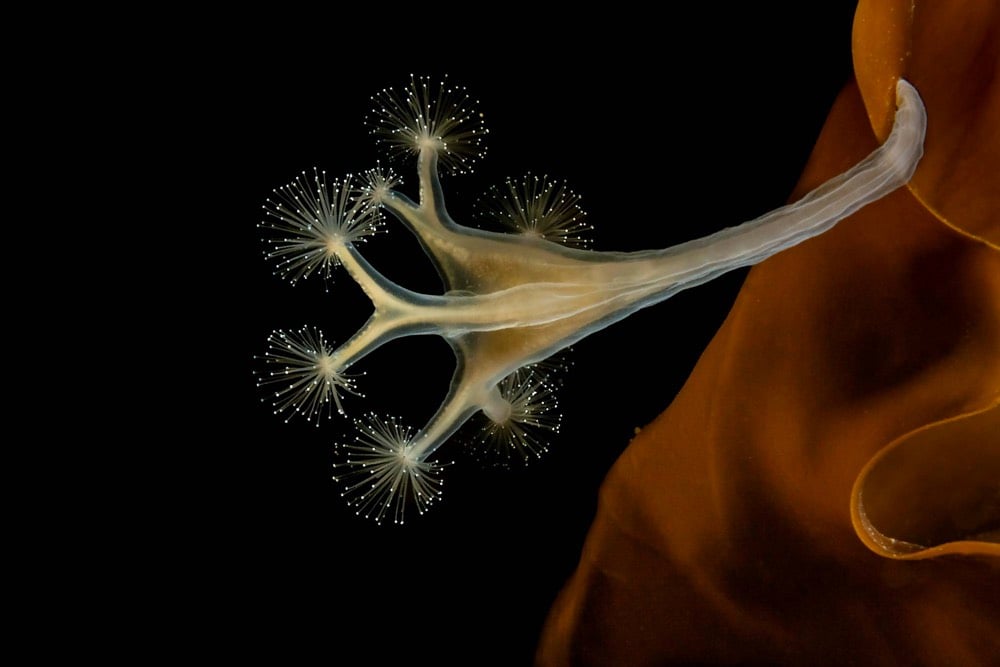
Underwater Photography Guide has announced the winners of the 2019 Ocean Art Underwater Photo Competition. The top photo is by Adam Martin and the bottom one is from Petr Polách…check out the site for all the winners. (via in focus)
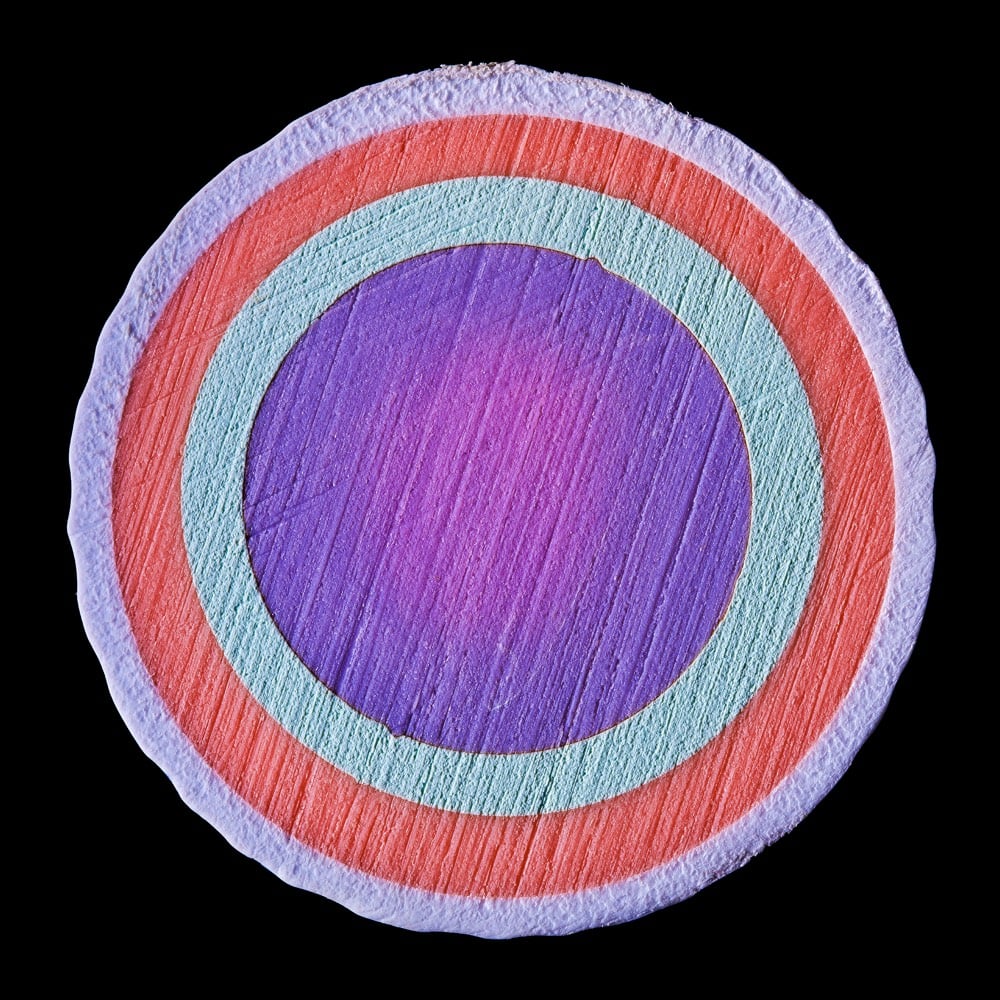
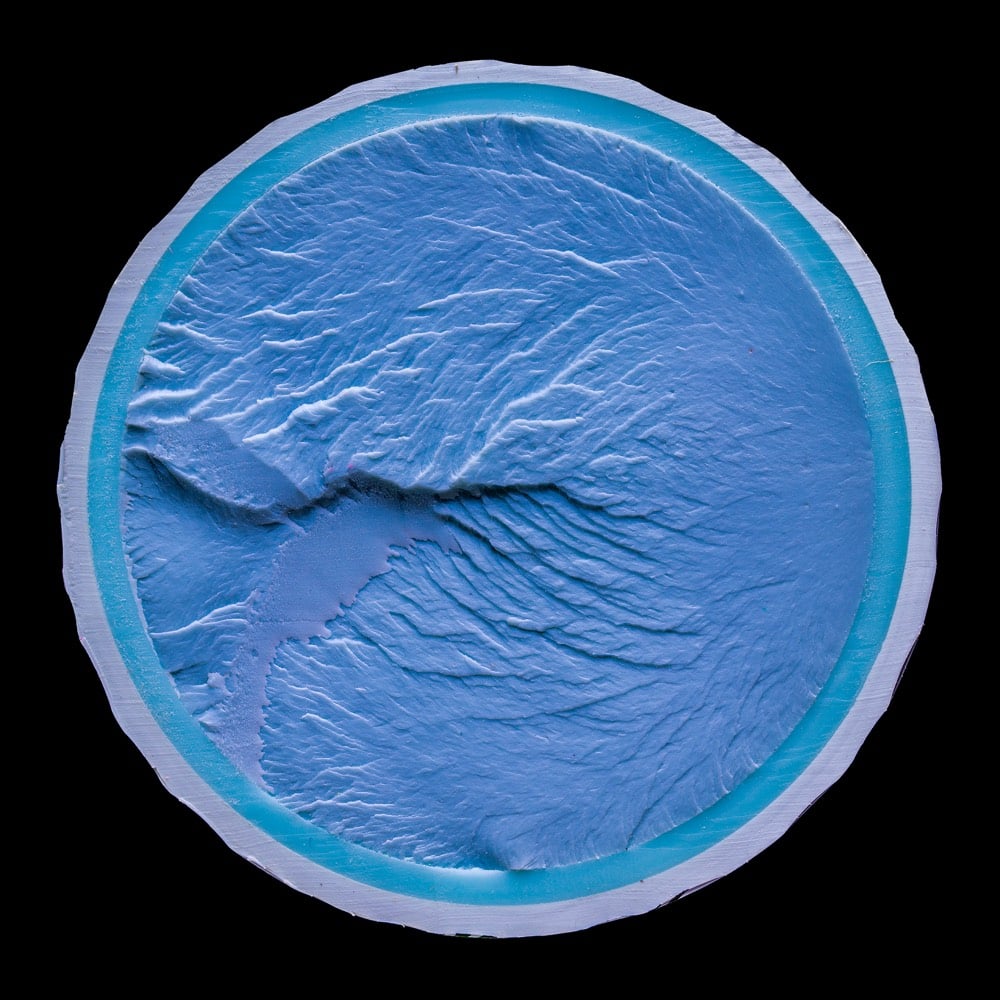
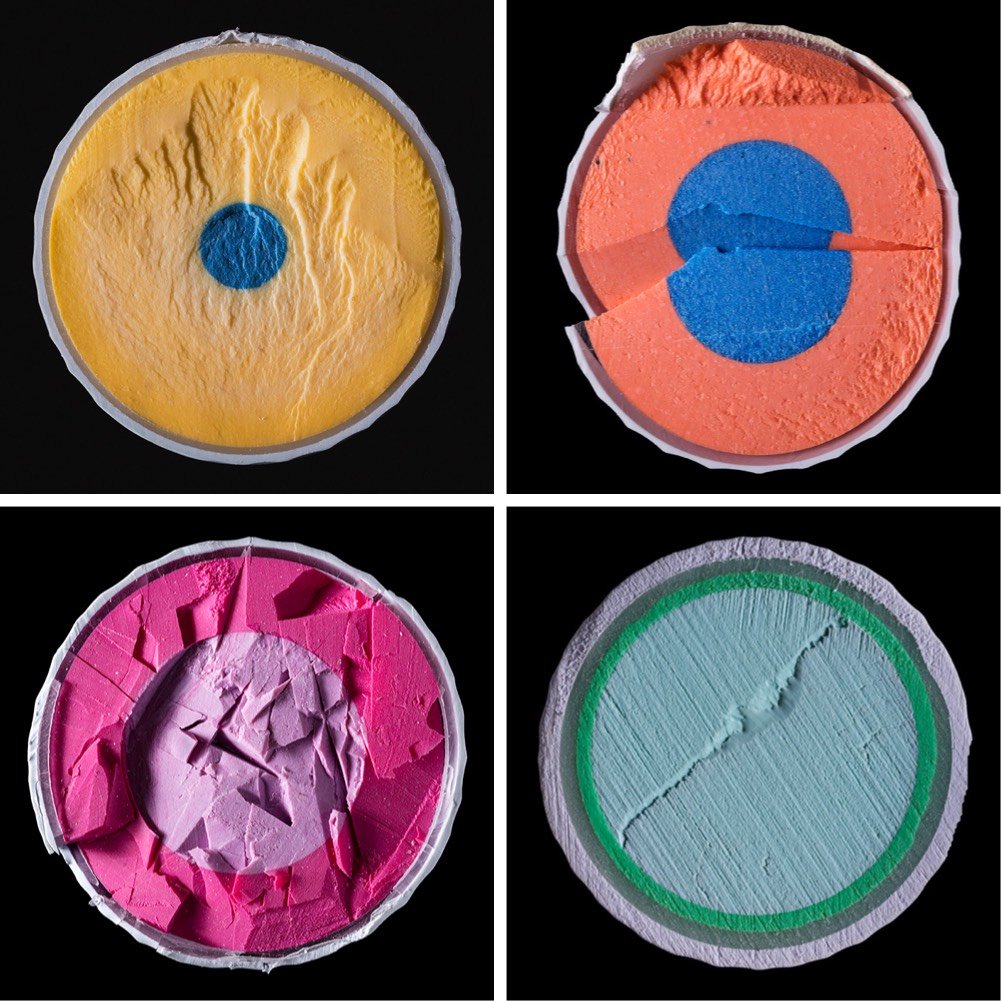
James Friedman is primarily a documentary and street photographer, but for his Interior Design project, he went abstract and captured the insides of golf balls.
For some viewers, my photographs from this series, titled Interior Design, allude to celestial bodies and the sublime. For me, their serendipitous structural exquisiteness and their subtle and passionate arrays of colors have inspired new exploration in my photography; I am particularly delighted to see the diminutive golf balls transformed into 36” x 36” prints.
Incidentally, I do not play golf.
Here’s a 1966 British Pathé film about how golf balls are made (compare w/ a more modern process):
See also Friedman’s short account (w/ photos) about photographing Andy Warhol at a 1978 art opening. (via dense discovery)
Backyard astronomer Andrew McCarthy has created some arresting images of various objects in the sky, including galaxies, planets, the Sun, and nebulas. Perhaps his favorite subject is the Moon and for one of his first images of 2020, he combined 100,000 photos to make this image of the first quarter Moon.
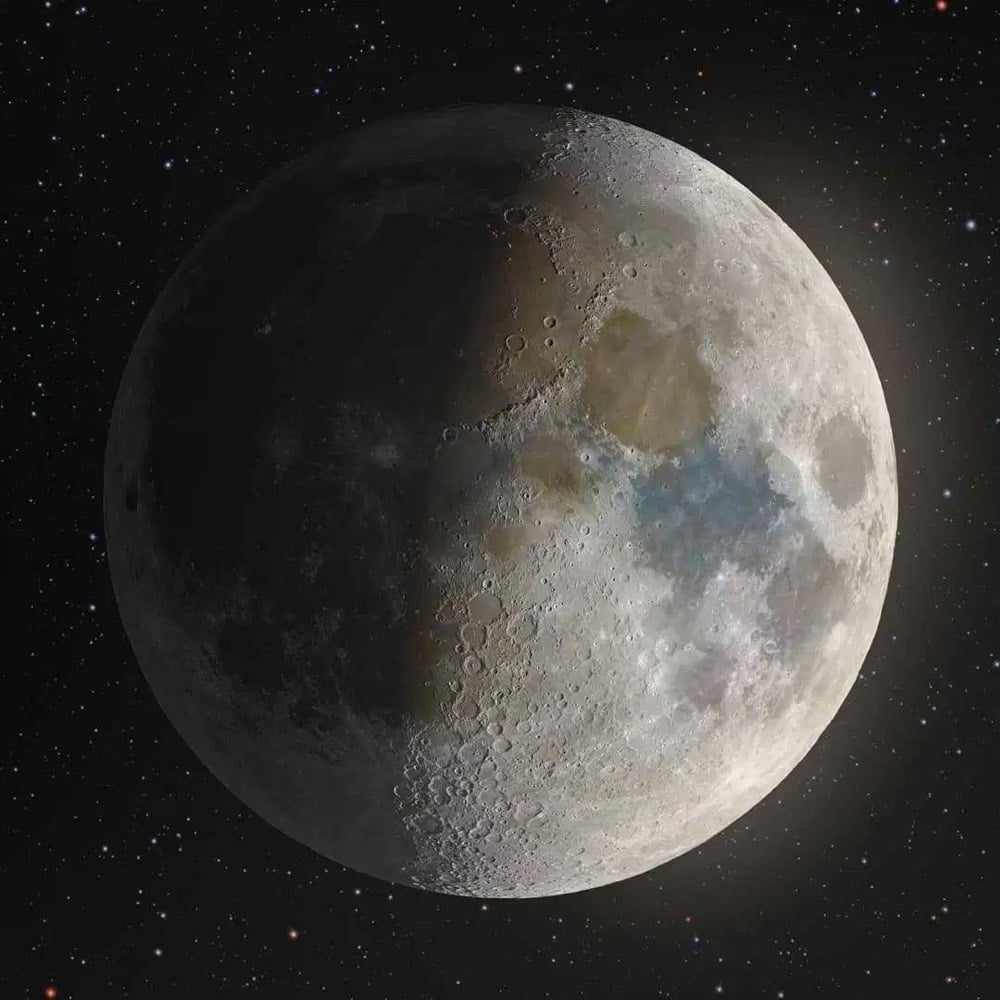
Some detail:
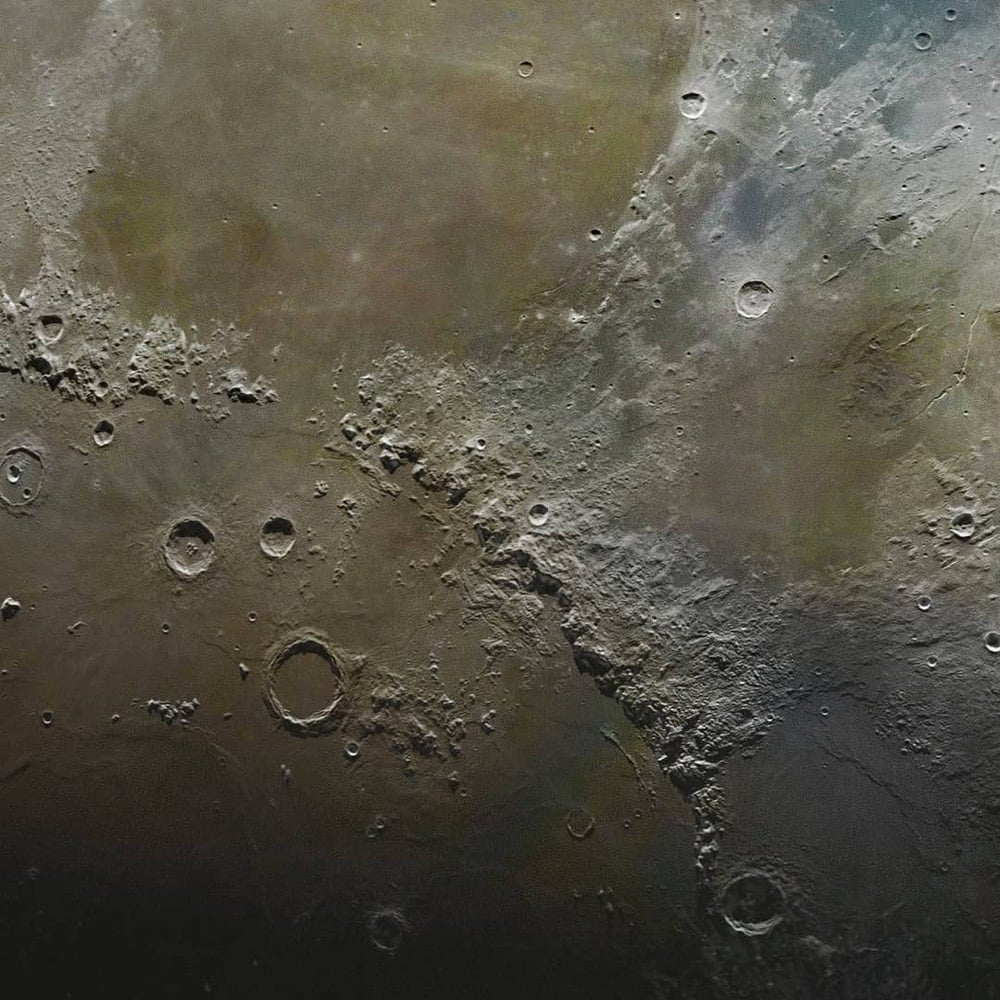
*low whistle* McCarthy uses some digital darkroom techniques to bump up the dynamic range, which he explained in the comments of a similar image.
The natural colors of the moon were brought out here with minor saturation adjustments, but those colors are completely real and what you could see if your eyes were more sensitive. I find the color really helps tell the story of how some of these features formed billions of years ago.
In one of his Instagram Stories, he shows how he photographs the Moon, including dealing with temperature changes over the course of the session — “when it’s cold, the telescope shrinks, and the focus changes”.
McCarthy sells digital copies of his images (as wallpaper or to print out) as well as prints. (via moss & fog)
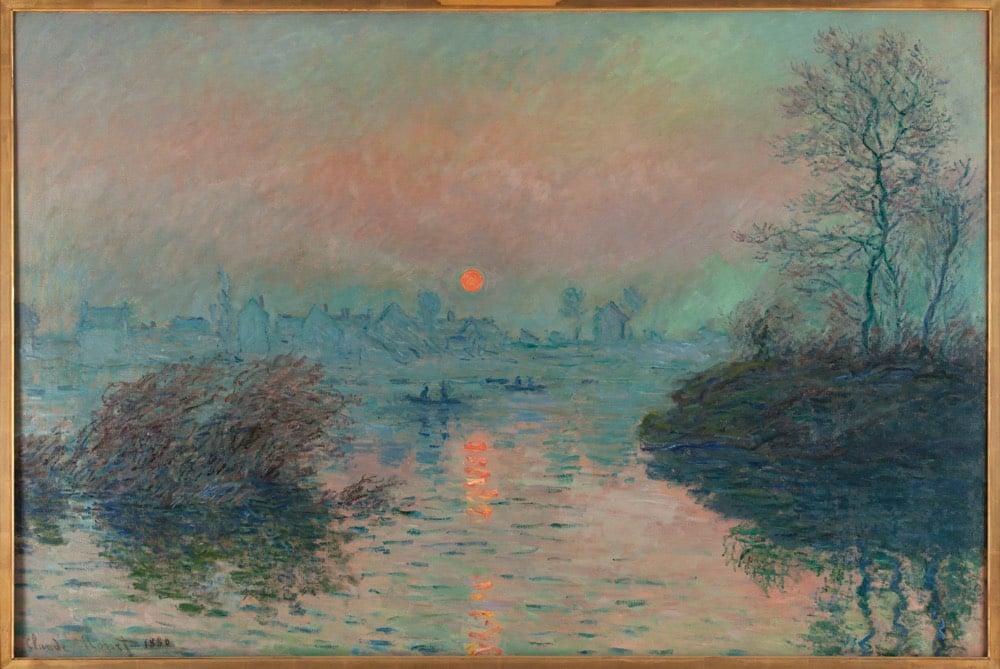
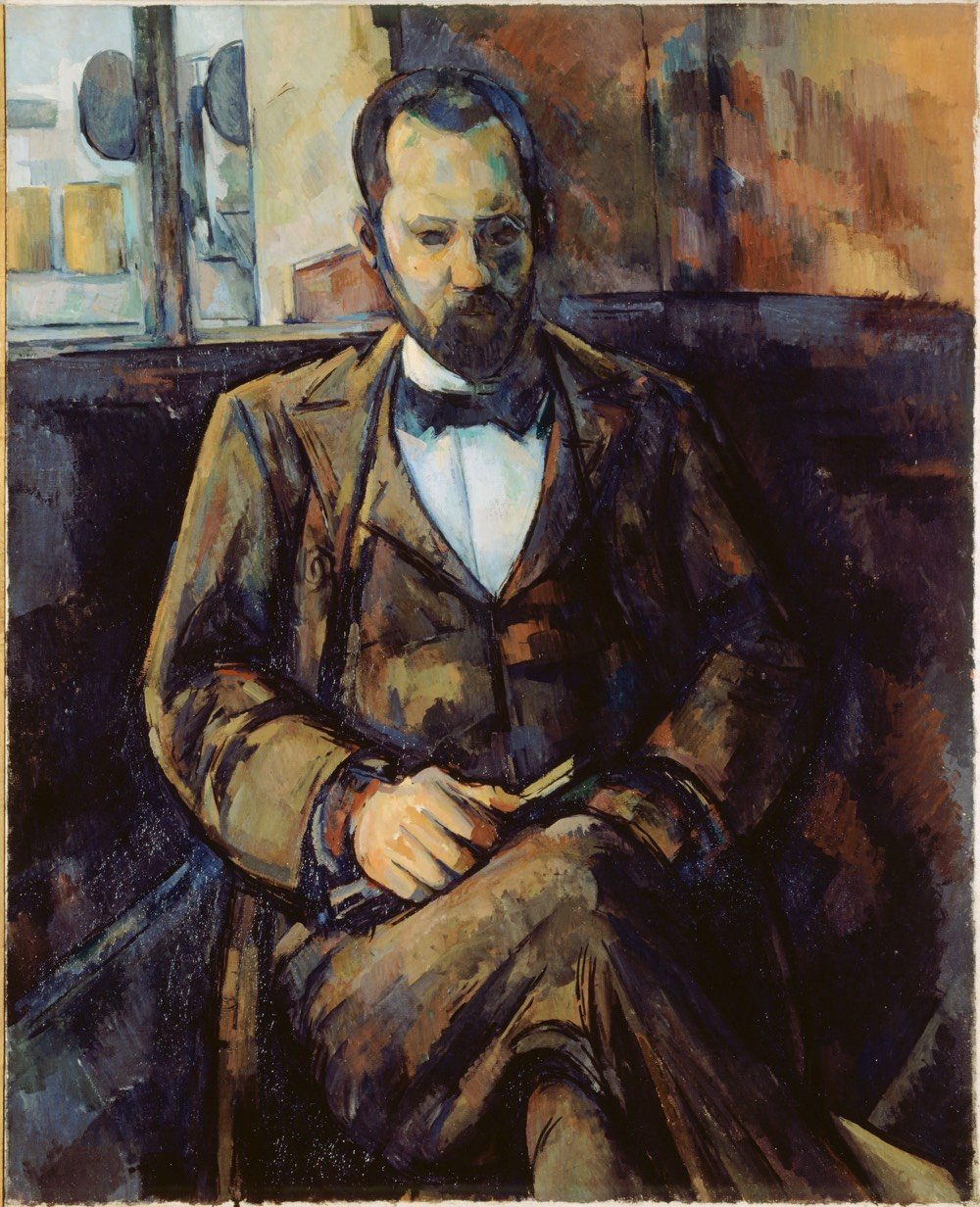
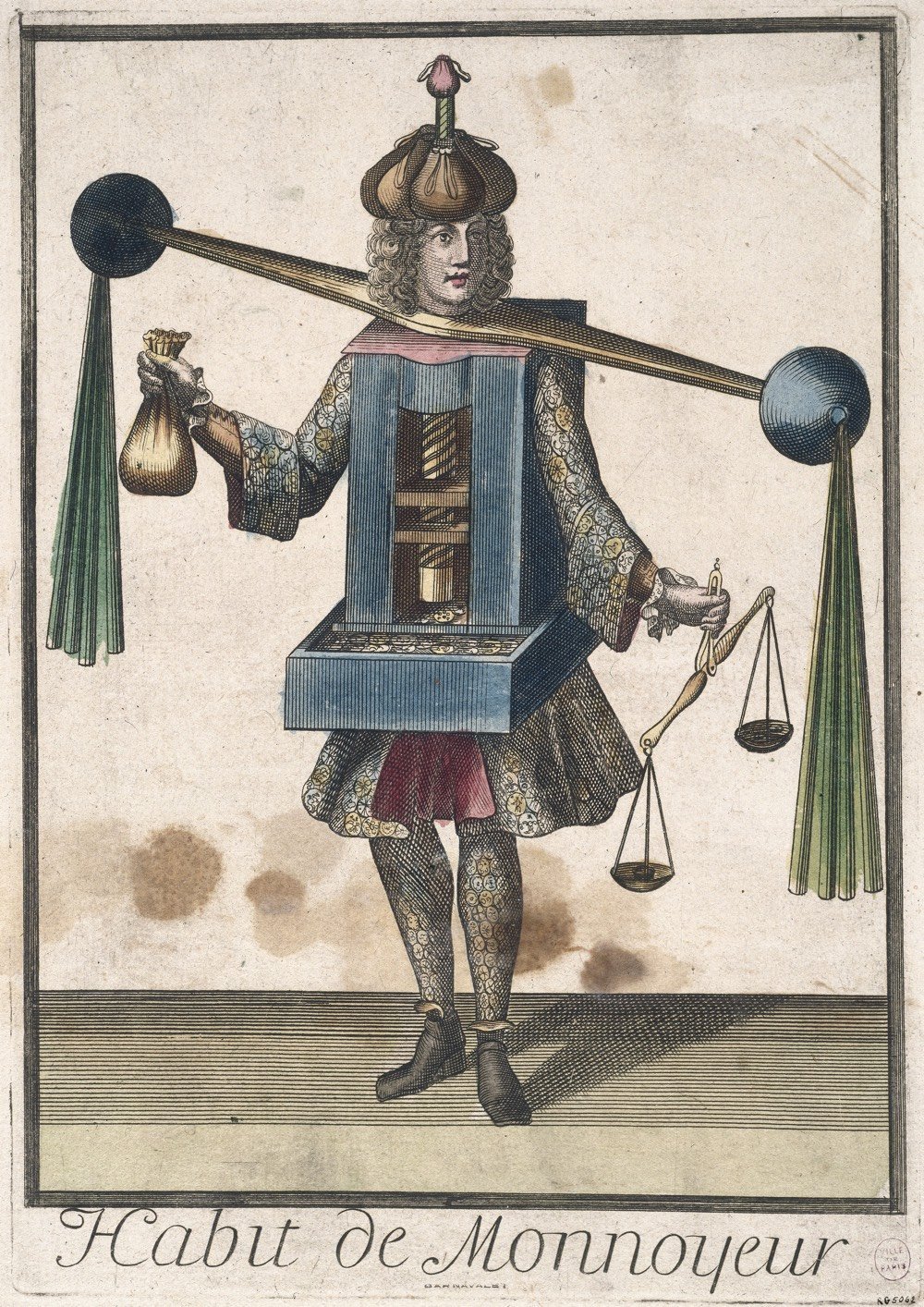


Paris Musées, a collection of 14 museums in Paris have recently made high-res digital copies of 100,000 artworks freely available to the public on their collections website. Artists with works in the archive include Rembrandt, Monet, Picasso, Cézanne, and thousands of others. From Hyperallergic:
Paris Musées is a public entity that oversees the 14 municipal museums of Paris, including the Musée d’Art Moderne de la Ville de Paris, Petit Palais, and the Catacombs. Users can download a file that contains a high definition (300 DPI) image, a document with details about the selected work, and a guide of best practices for using and citing the sources of the image.
“Making this data available guarantees that our digital files can be freely accessed and reused by anyone or everyone, without any technical, legal or financial restraints, whether for commercial use or not,” reads a press release shared by Paris Musées.
What a treasure trove this is. I was particularly happy to see a bunch of work in here from Eugène Atget, chronicler of Parisian streets, architecture, and residents and one of my favorite photographers.
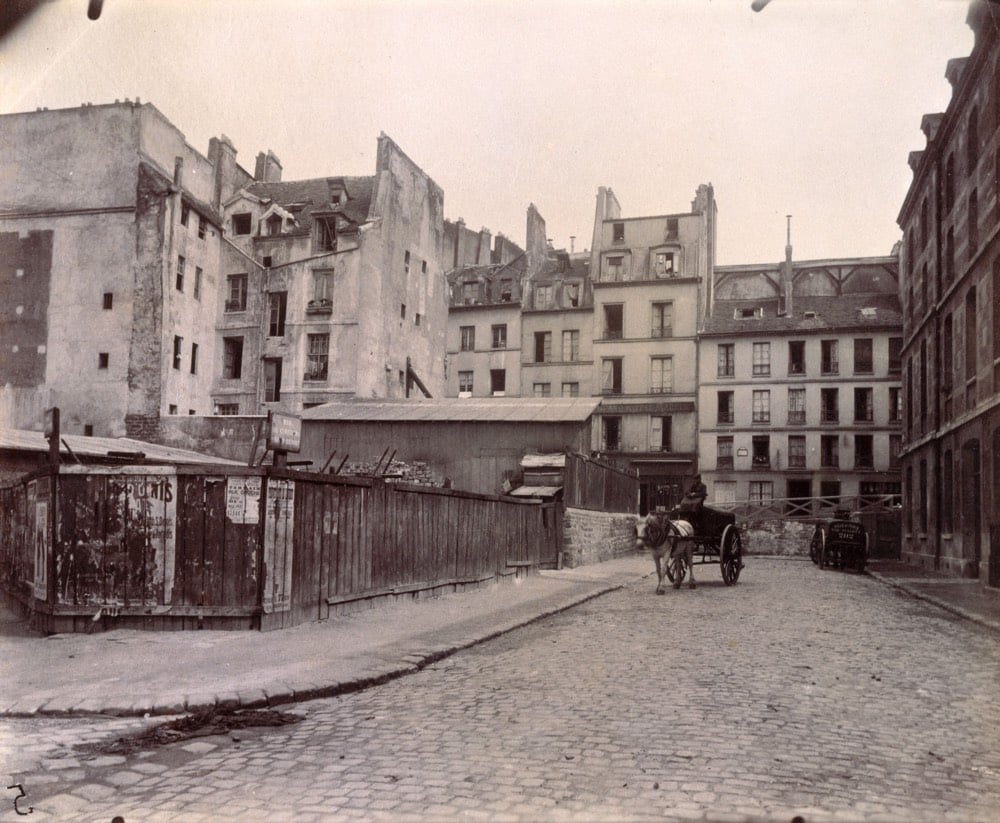
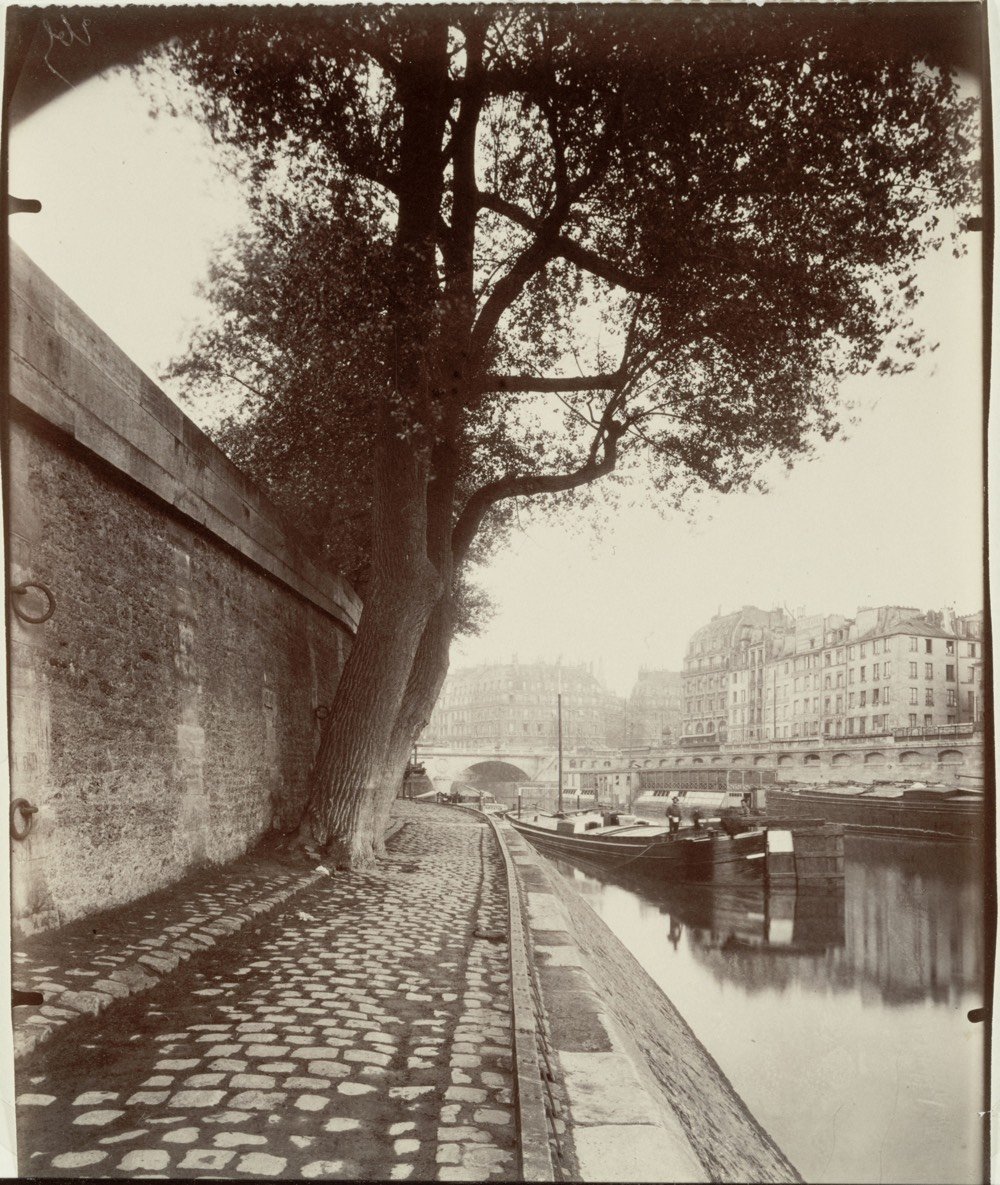
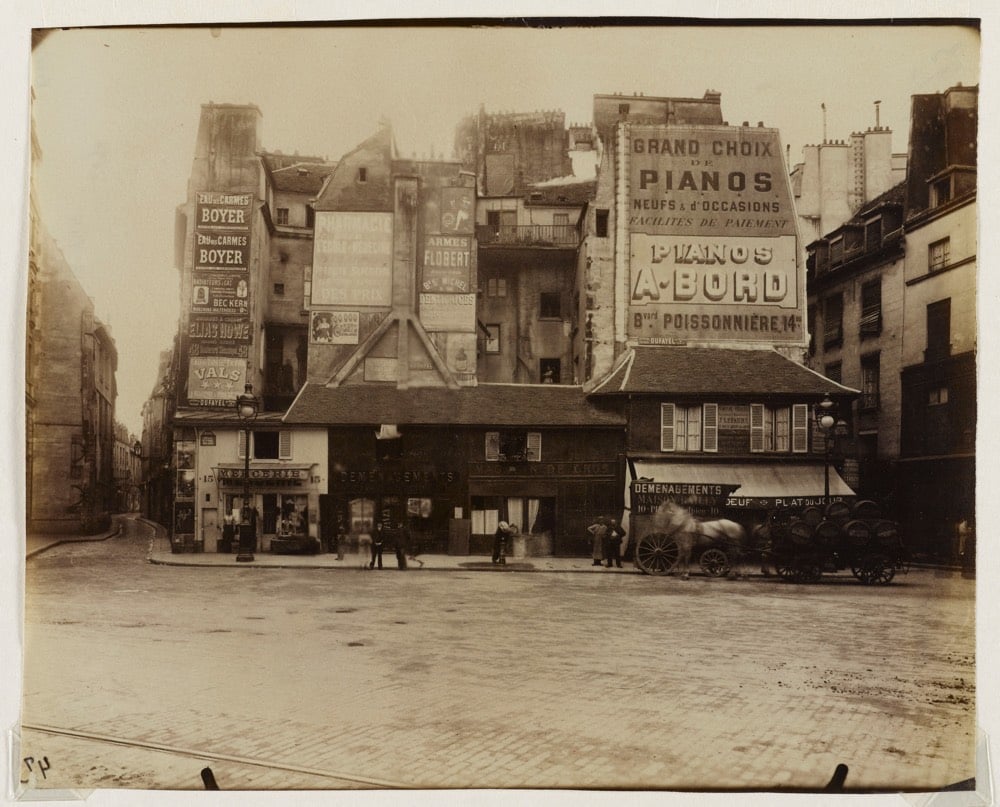
(via @john_overholt)
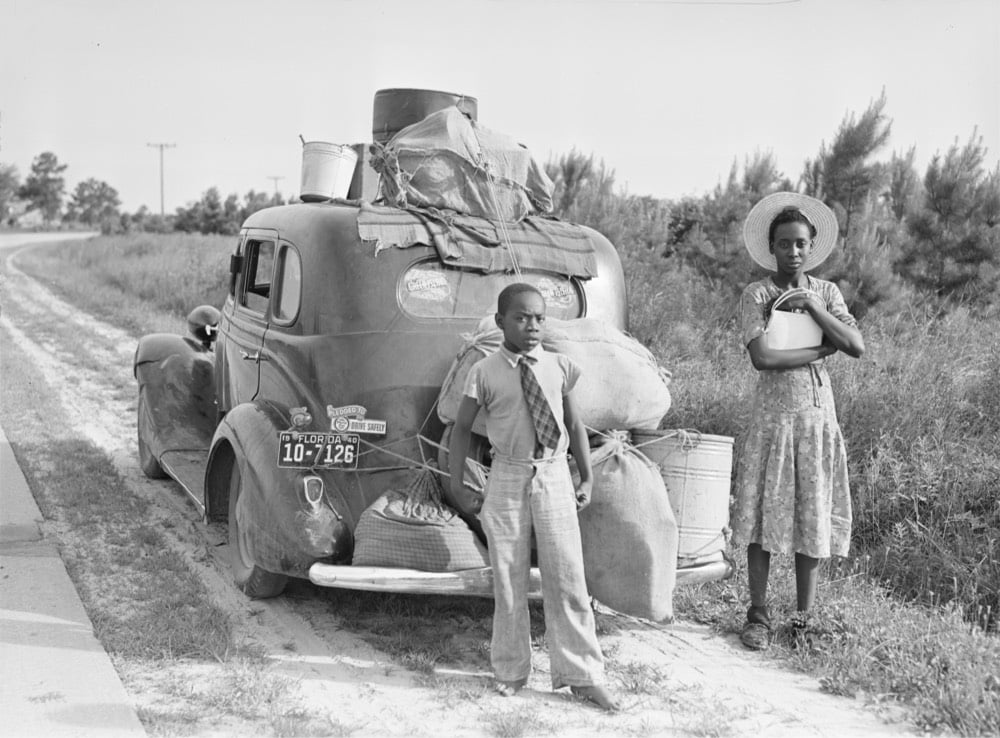
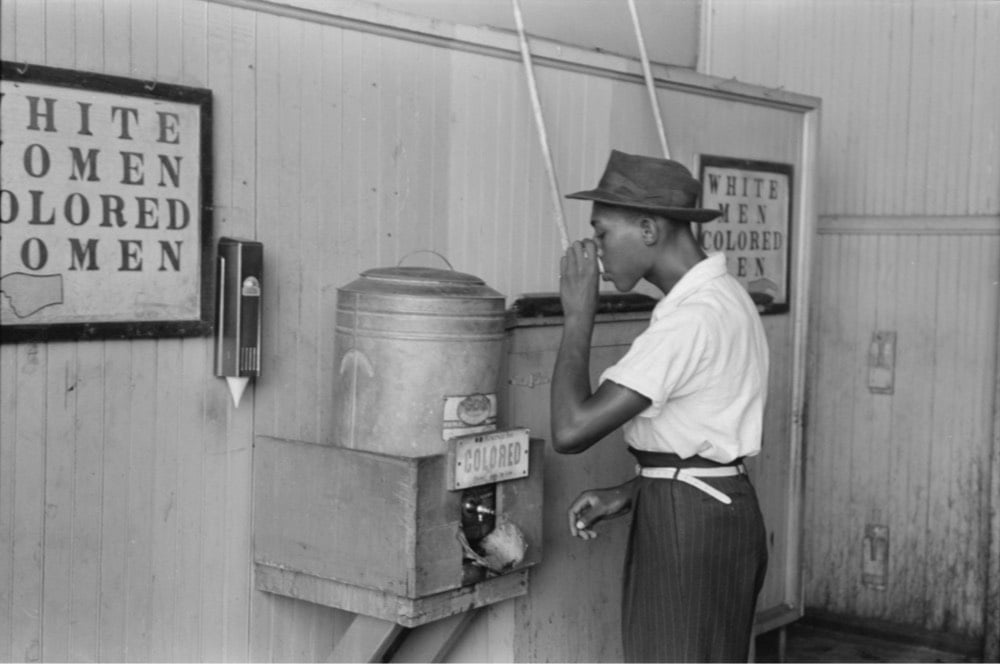
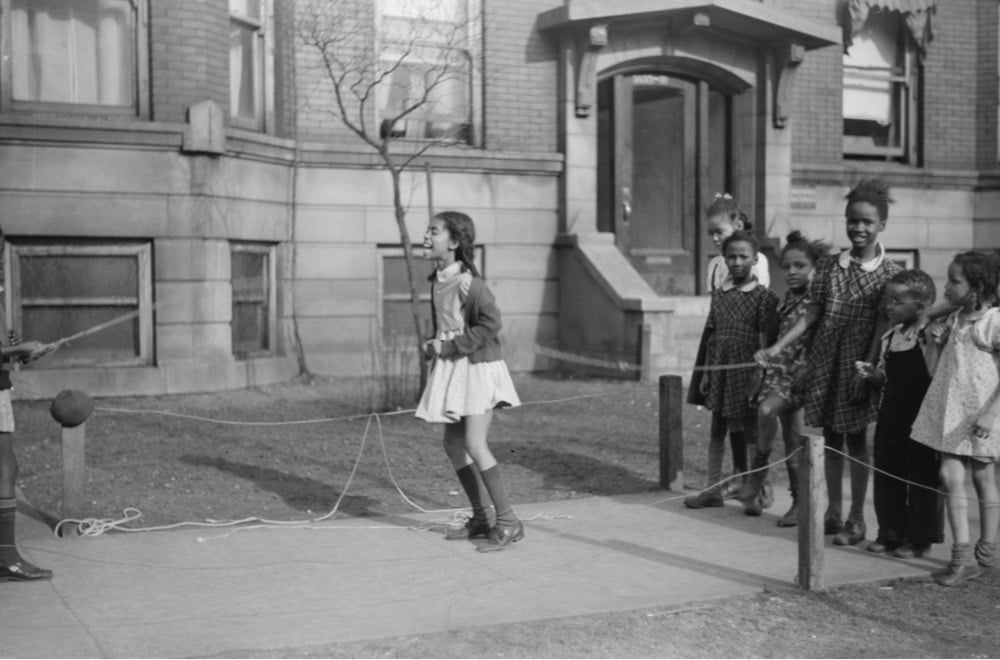
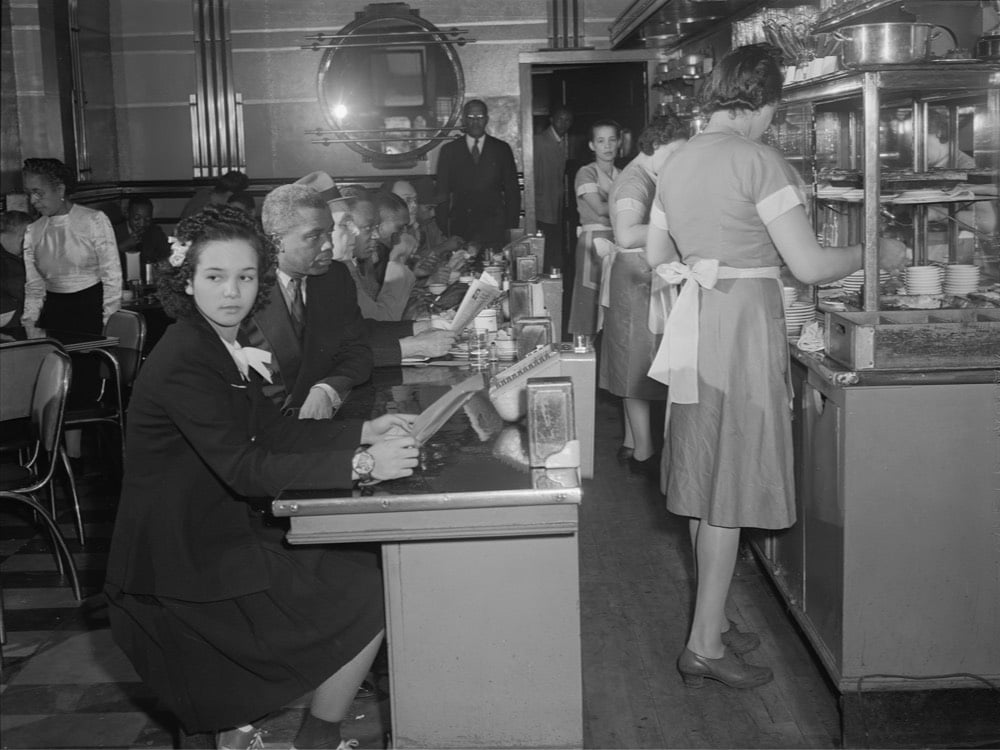
Librarians at the Library of Congress have created a new guide to finding photos of the Great Migration1 contained in their extensive collection. Here’s a blog post announcing the guide.
The “Searching for Images” page of the guide suggests search strategies for finding images related to the Great Migration. For example, when searching our online catalogs, researchers will be most successful when using keyword terms and subject headings that refer to specific places, people or events. I knew that “Black Belt” was sometimes used to describe the area on Chicago’s South Side that experienced a population boom during the Great Migration. Entering the keywords “black belt chicago” in the online catalog yielded a number of images of the area from April of 1941 from the Farm Security Administration / Office of War Information Collection.
I was just talking about the Great Migration with a friend last night. Neither of us had learned about it in school (not even college), even though it completely reshaped America in the 20th century. If you’re in a similar boat, I recommend starting with Isabel Wilkerson’s Pulitzer Prize-winning The Warmth of Other Suns. It’s impossible to understand contemporary American society without knowing the history of the Great Migration and Wilkerson’s book helped open my eyes to that. (via @john_overholt)
A refresher on what the Great Migration was from the LOC guide: “During the Great Migration, from about 1915 to 1970, millions of African Americans moved from southern, primarily rural areas of the United States to urban areas to the north and west. They sought better opportunities away from racial discrimination and violence in the South.”↩
On January 11, 2000, when he was 19 years old, photographer Noah Kalina took a photo of himself — and just never stopped doing that. Although he’s missed a few days here and there, he’s kept up his daily habit for 20 years. The video above shows all 20 years of his daily photos.
Six years into the project in 2006, Kalina uploaded a video of his progress to Vimeo and then YouTube and it went viral, changing the trajectory of his career and life. The project has exhibited in art galleries around the world and The Simpsons even did a parody of it.
As someone who has done one thing near-daily for 20+ years, I feel a great kinship towards this project. I’ll see you in 2040, Noah.
Update: Kalina did an interview about the project with Van Schneider:
I can basically look at any shot in this project and know exactly where I was. Certain photos provide details and I can recall who I was with or what I was up to. It’s the perfect diary for me since I’ve never really enjoyed writing.

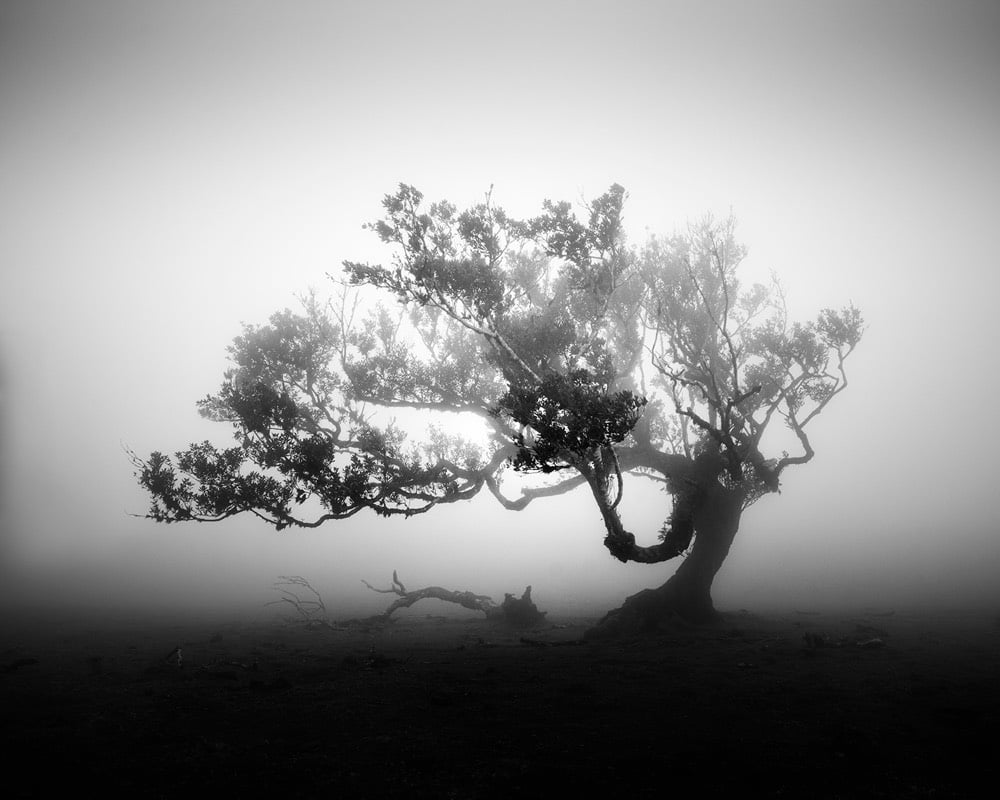
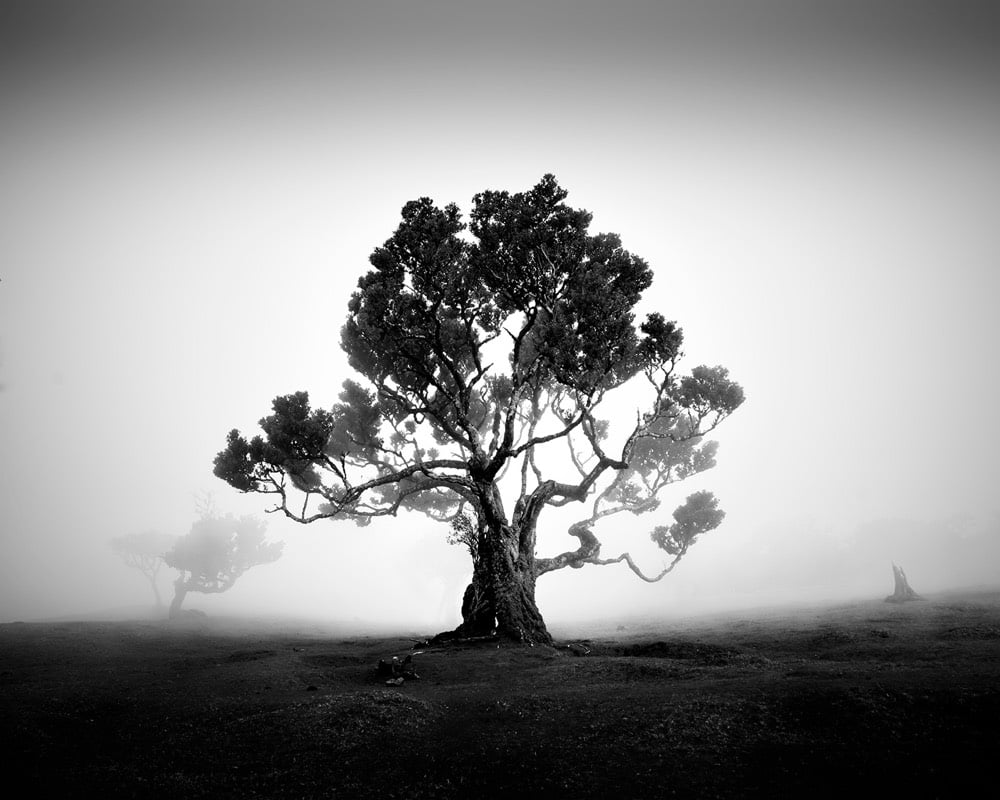
Michael Schlegel took these photographs of trees in the fog in the Fanal region on the Portuguese island of Madeira. I was going to describe these as “eerie” but they’re not really. More of a Entish Middle Earth bonsai vibe. I went for a hike in the fog a couple of years ago and it was remarkably peaceful, like a dream. (via moss & fog)

Cira, the organization that manages the .ca top-level domain, is offering a free stock photo library featuring typically Canadian scenes, like “lumberjack and hockey player discuss quarterly numbers” (above). They also have their version of the distracted boyfriend photo (“hockey player checks out lumberjack while woman in Canadian tuxedo looks on in disbelief”):
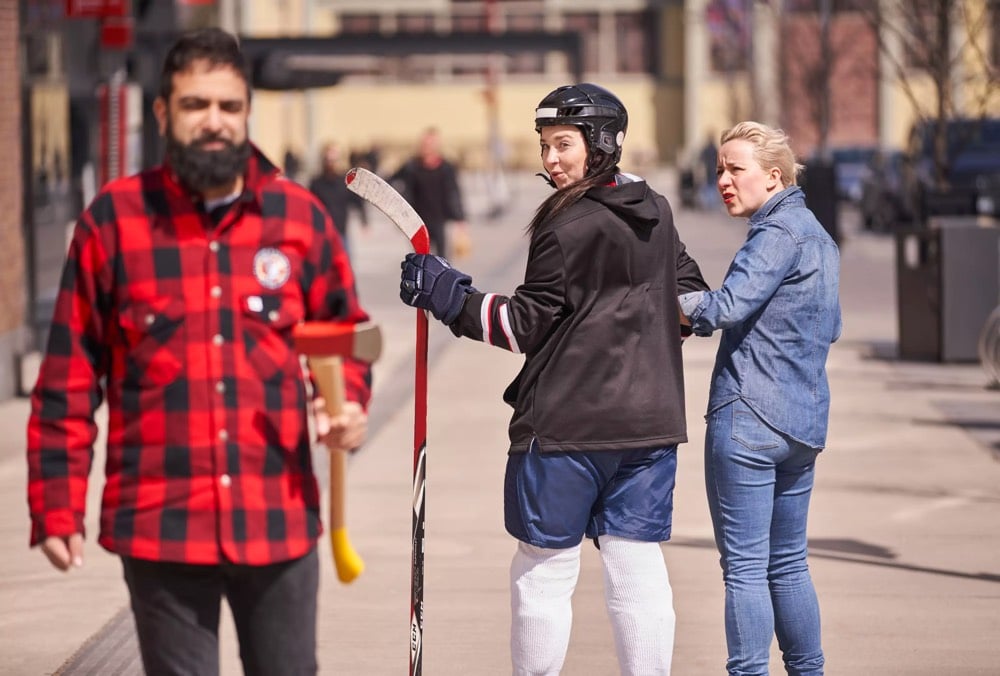
as well as “backpackers enjoy poutine”:

(via @legalnomads)

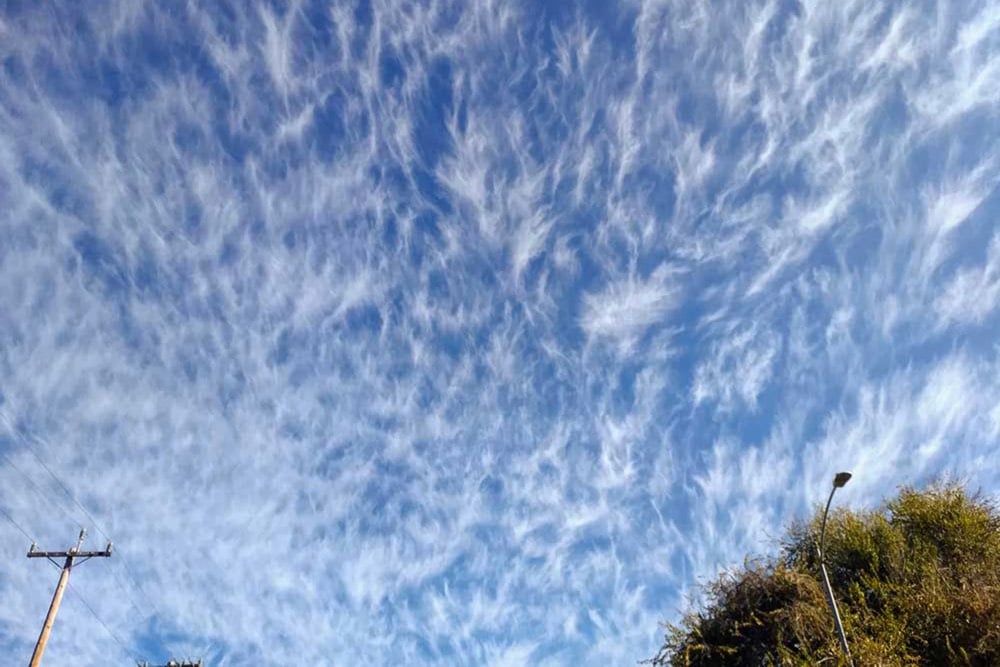
The NY Times shares a selection of cloud photos taken by members of the Cloud Appreciation Society. The photos above are by Rod Jones & Jeanette Brown.
Clouds, their manifesto says, are not signs of negativity and gloom, but rather “nature’s poetry” and “the most egalitarian of her displays.”
If you follow me on Instagram, you know that I’m a bit of a cloud nerd myself (e.g. see my Sun & Clouds Story). My favorite cloud pic I took last year (and perhaps even of all time) is this shot of some cumulonimbus mammatus clouds at sunset after a thunderstorm.
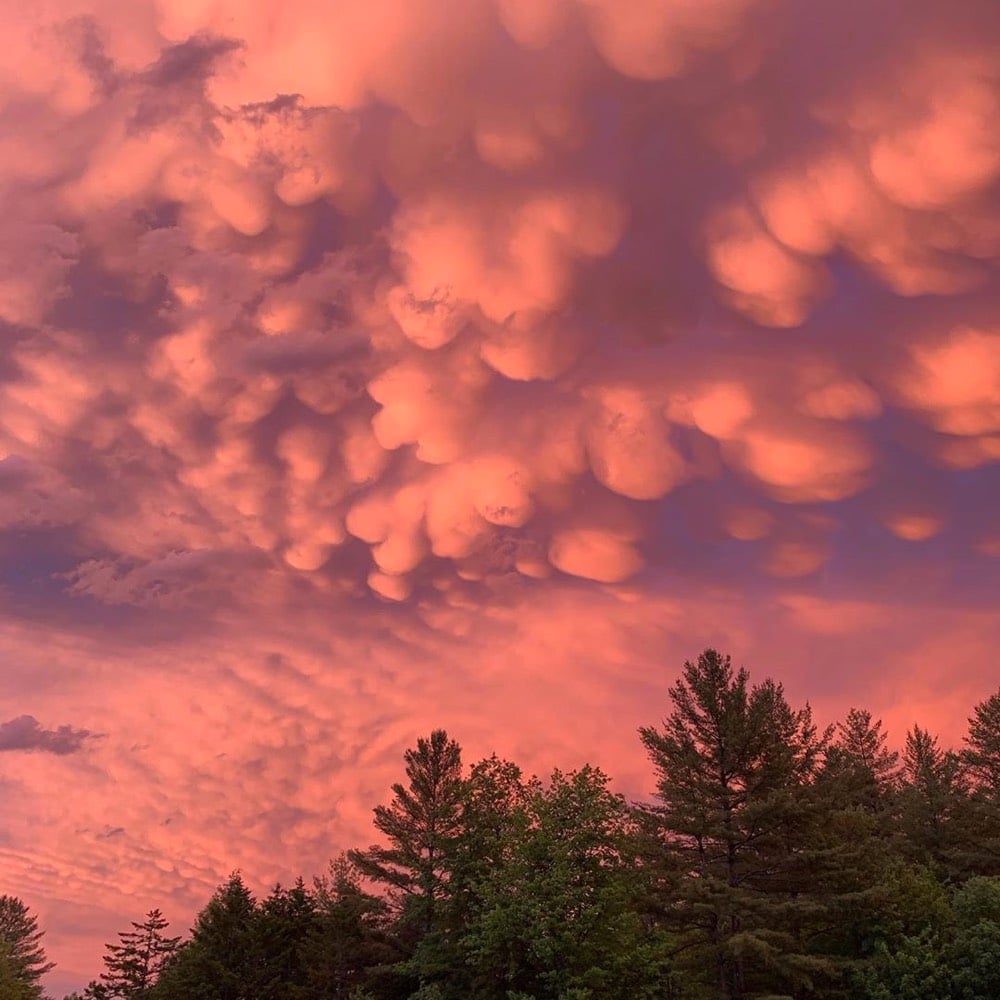
That was a surreally beautiful evening and I felt lucky to have witnessed it. (thx, michelle)
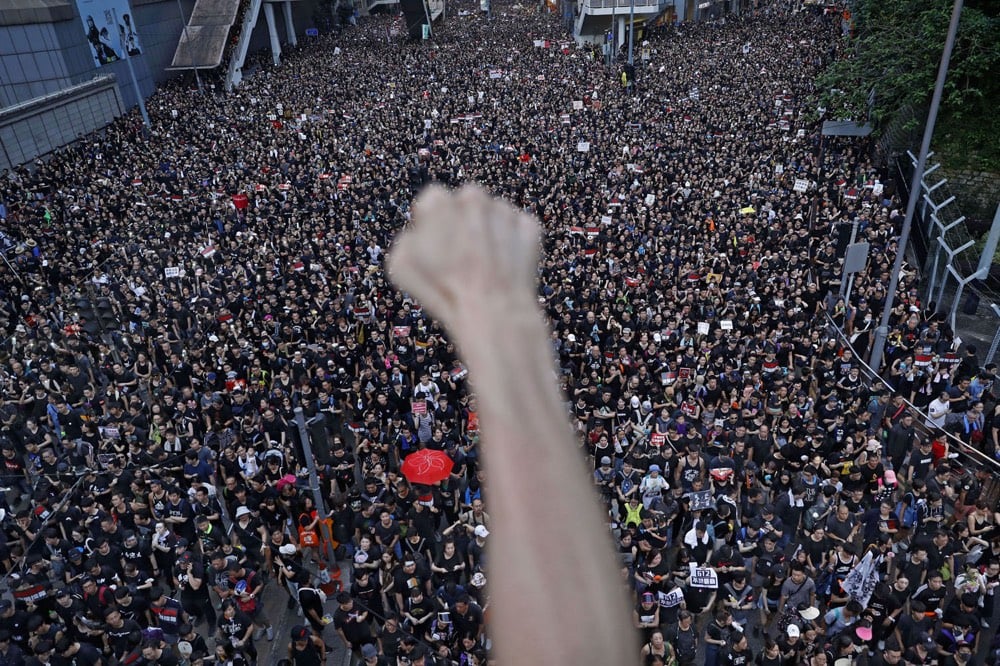
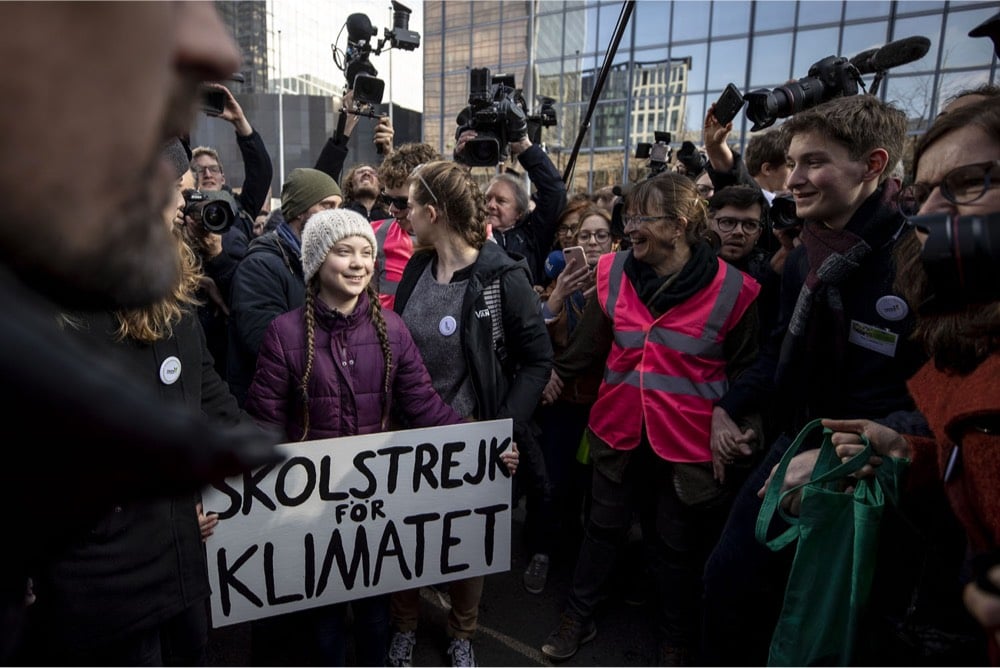
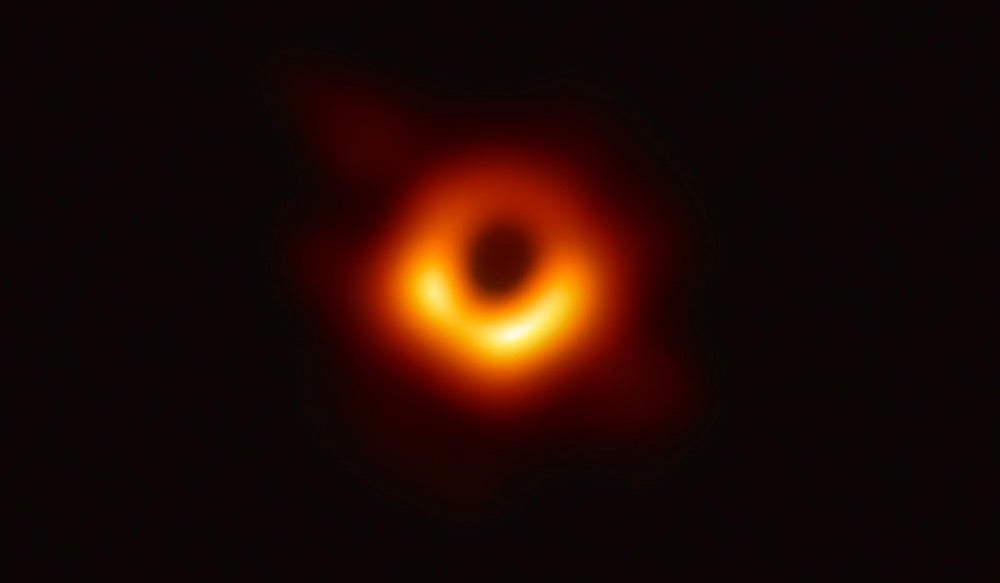
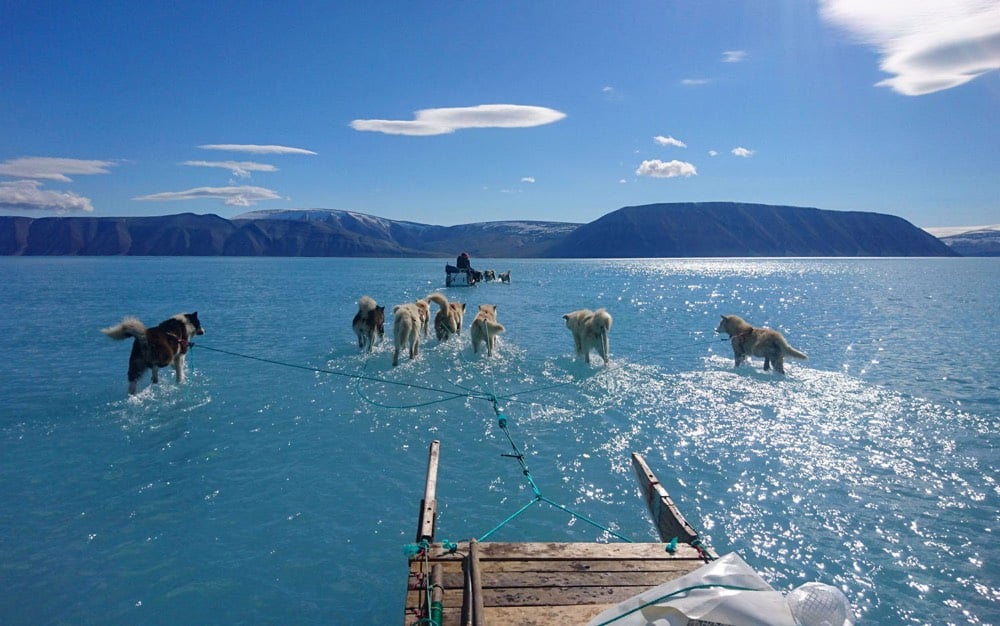

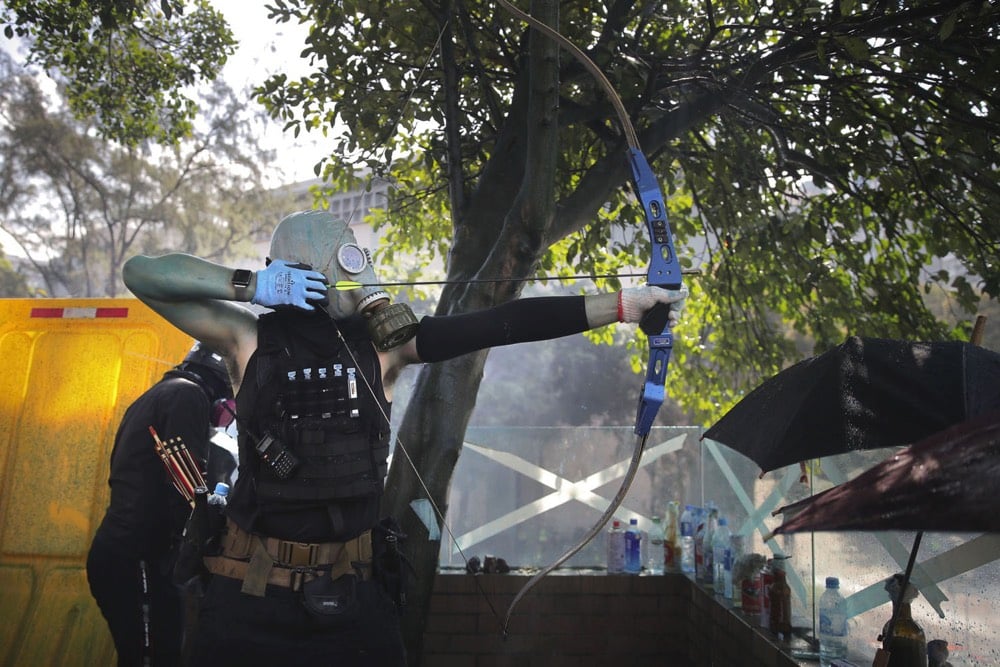
From top to bottom: Hong Kong protests by Vincent Yu, Greta Thunberg by Maja Hitij, the first image of a black hole, dog sled in Greenland by Steffen Olsen, Megan Rapinoe by Franck Fife, Hong Kong protests by Kin Cheung.
What a decade this year has been, right? Here are some year-end photo lists that look back on the most inspiring, memorable, and distressing moments of 2019.
In Focus at The Atlantic: 2019 in Photos (part 2, part 3). The Top 25 News Photos of 2019. The Most 2019 Photos Ever.
NY Times: The Year in Pictures 2019.
Reuters: Pictures of the Year 2019.
Science: Our Favorite Science Photos of 2019.
Time: The Top 100 Photos of 2019.
CNN: 2019: The Year in Pictures.
Associated Press: Top Photos of 2019.
I was surprised (but also not surprised) that none of these lists included photos of the Chilean protests on violence against women that have since spread around the world (see HuffPo and Quartz for coverage). So I’m including one here (by Pablo Sanhueza):
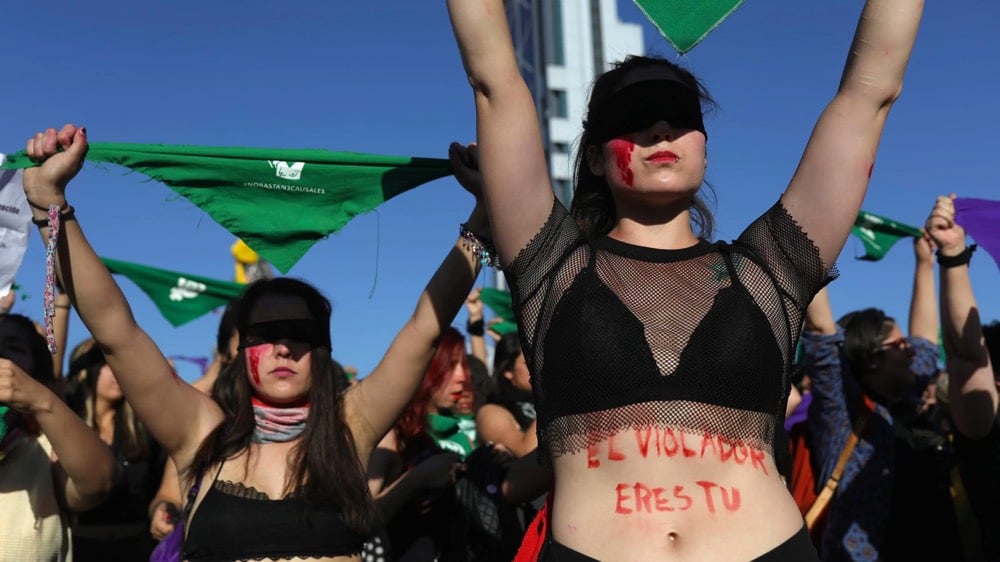
Here’s a short clip of cinematographer Rodrigo Prieto talking about his work on The Irishman.
The movie takes place over several decades and Prieto worked with director Martin Scorsese to build a distinct look for each period based on different photo processing techniques: Kodachrome for the 50s, Ektachrome for the 60s & early 70s, and neutral for the film’s present-day:
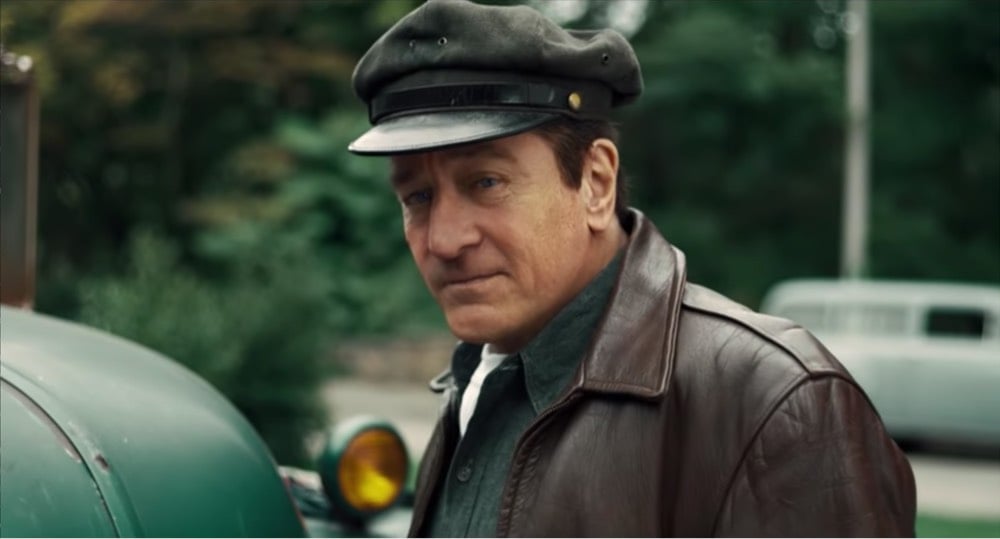

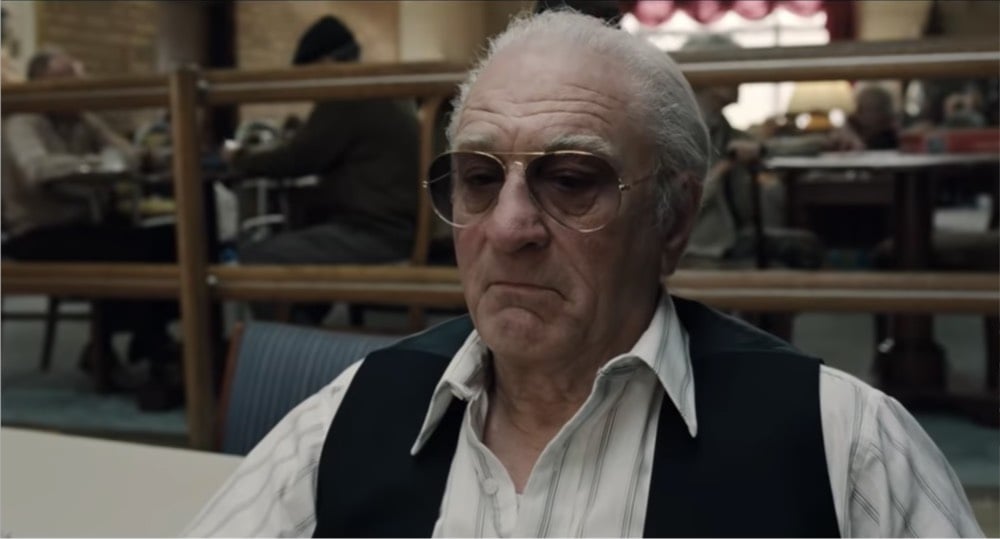
Prieto also talks a little bit about the three camera system needed to “youthify” the actors. (You Honor, I would like to state for the record that Jennifer Lopez did not require fancy cameras or de-aging CGI to make her look 20 years younger in Hustlers. I rest my case.)
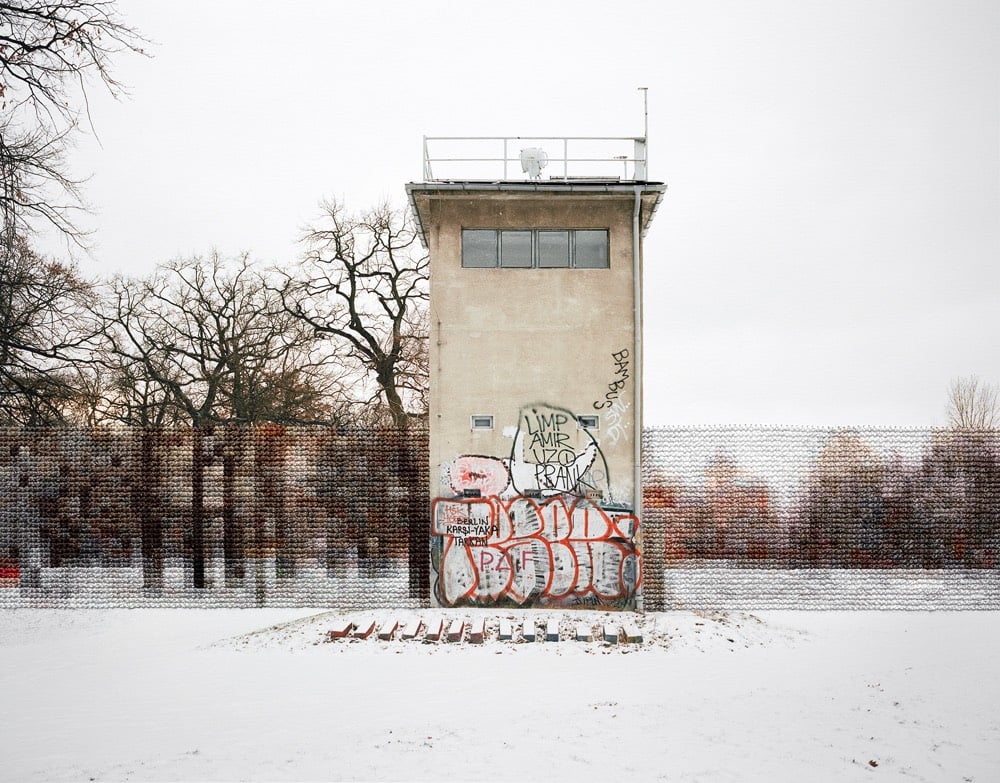
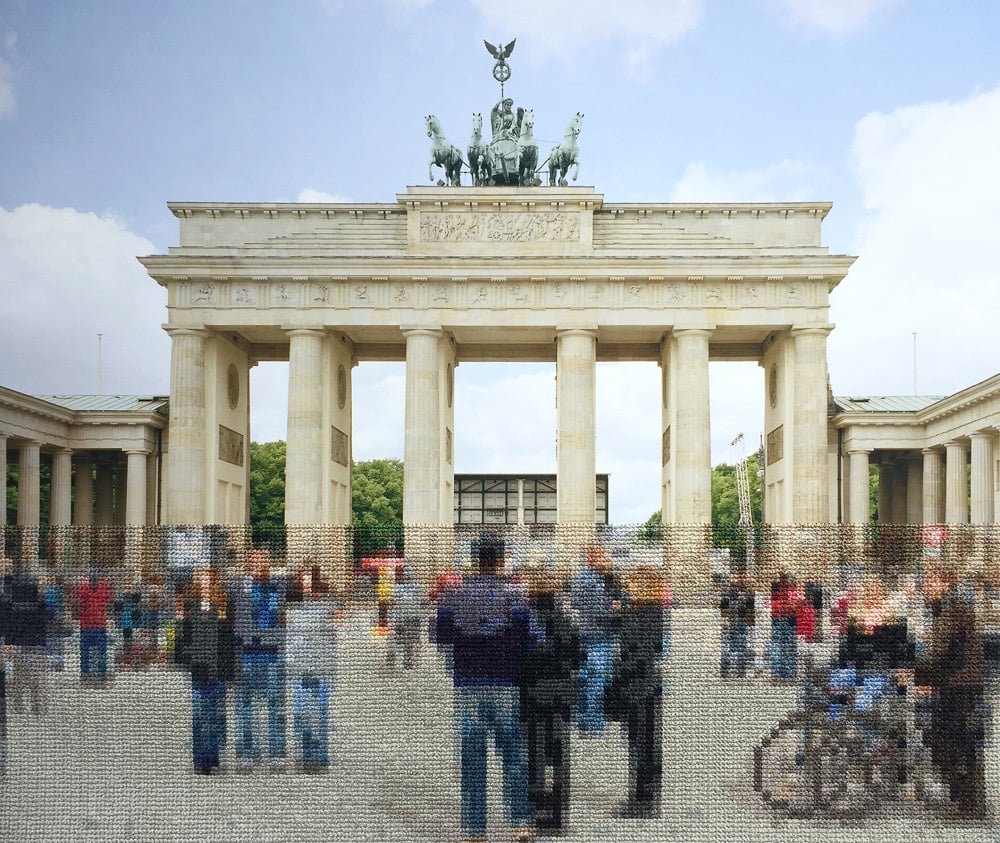
For her series called Berlin, artist Diane Meyer embroiders the Berlin Wall back into modern-day scenes of the once-divided German city. Meyer hand-sews the thread right onto the photographs.
In many images, the embroidered sections represent the exact scale and location of the former Wall offering a pixelated view of what lies behind. In this way, the embroidery appears as a translucent trace in the landscape of something that no longer exists but is a weight on history and memory.
(via colossal)
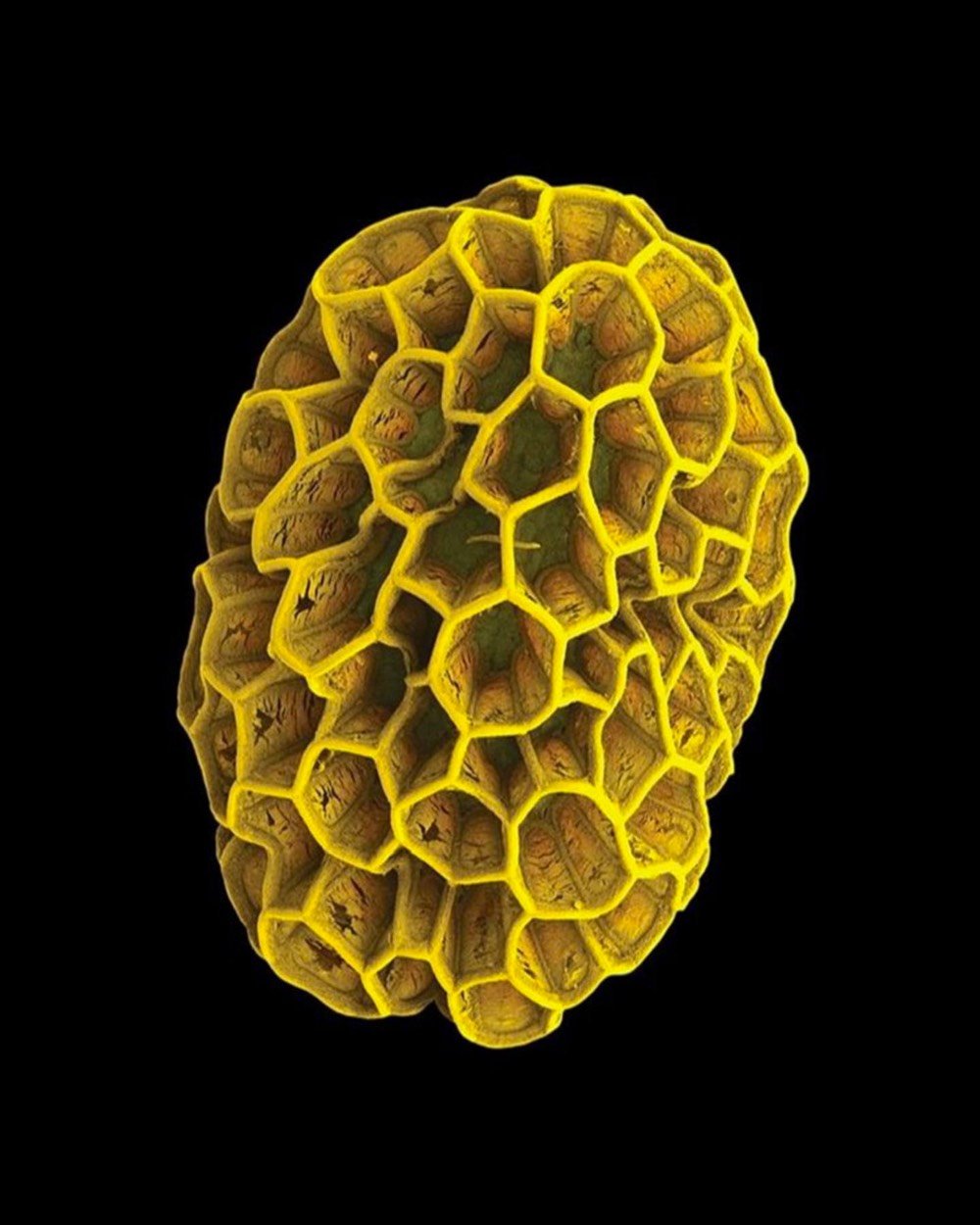
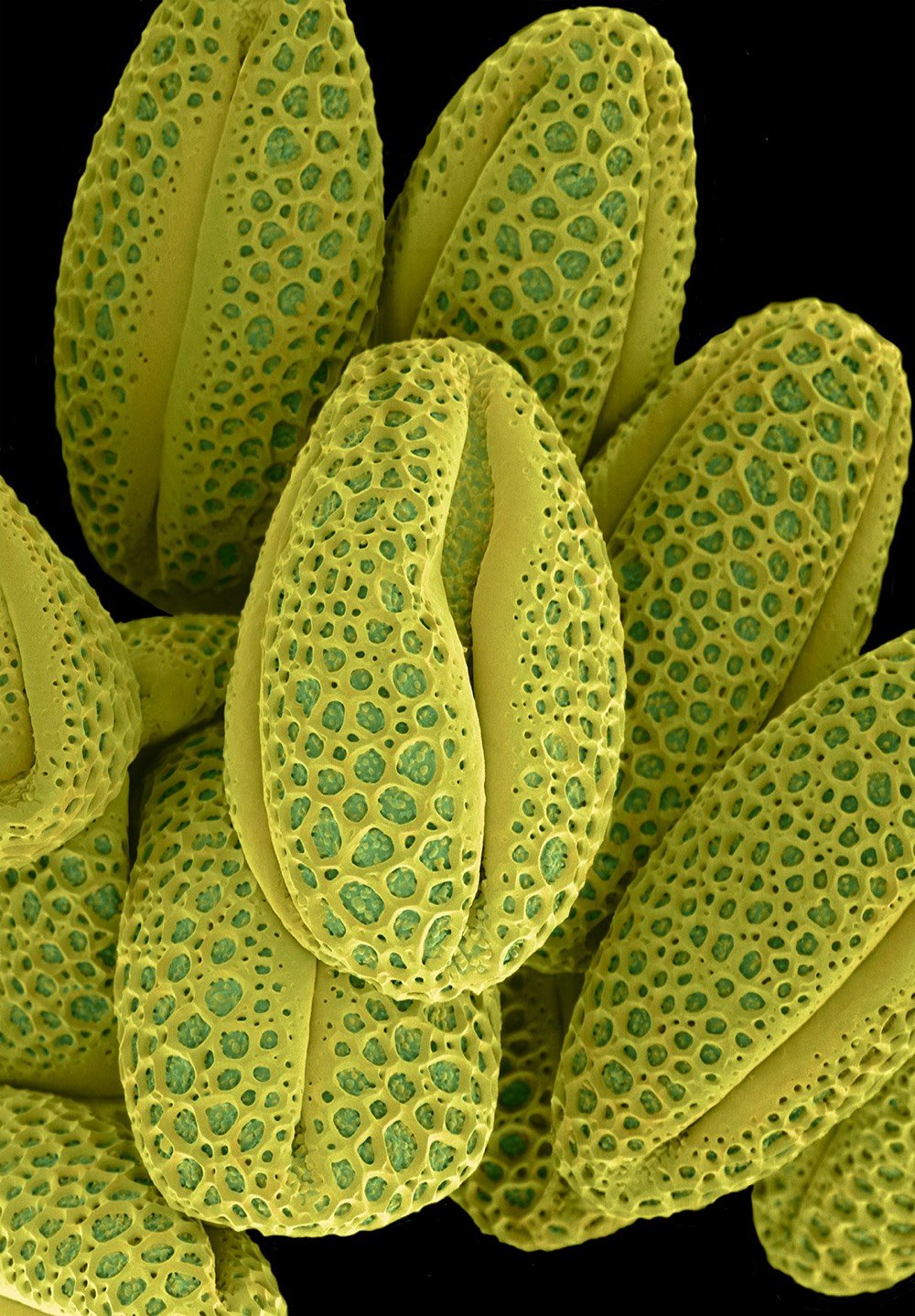
Artist Rob Kesseler is a master of the microphotography of plants and their intricately small parts (like pollen, cells, and seeds). At Colossal, Kessler says a childhood gift of a microscope set him on his way.
“What the microscope gave me was an unprecedented view of nature, a second vision,” he writes, “and awareness that there existed another world of forms, colours and patterns beyond what I could normally see.” The artist says his use of color is inspired by the time he spends researching and observing, and that just like nature, he employs it to attract attention.
Check out much more of Kesseler’s work on his website. (via colossal)
Stay Connected